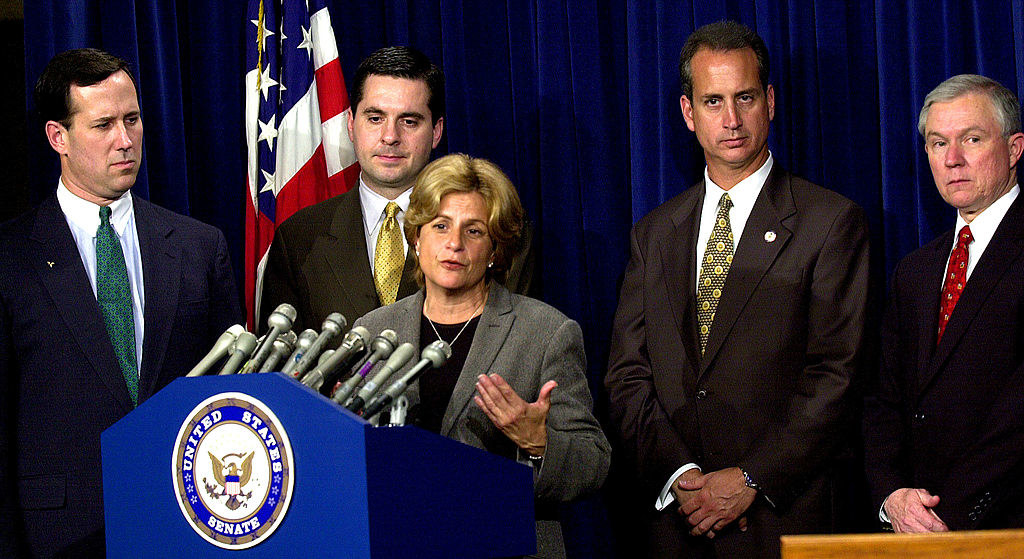I'm obsessed with fun facts, whether it's a surprising pop culture tidbit, a historical event that should be talked about waaaaayy more, or an incredibly fascinating story about a mission in space.
In fact (get it?), I love facts so much that I write a post every Friday full of the most interesting things I've learned that week. At the end of each month, I compile them all in one mega-post for your reading pleasure.
And here's each individual post:
So, without further ado, here are 101 (!!) facts I learned in September 2022:
1. The movie posters for both The Rocky Horror Picture Show and Jaws were designed by Bill Wallen. After releasing the Jaws poster in 1975, he decided to reference the memorable shark jaws in his work for 1976's Rocky Horror Picture Show by using the red lips from the opening scene of the movie. To really hammer the point home, the poster even included the line, "A Different Set Of Jaws." Two years later, The Rocky Horror Picture Show soundtrack was set to be released for the first time in the United States. The album art once again referenced Wallen's past work, this time with the line, "A different kind of Rocky," to reference Wallen's work on the poster for 1976's Rocky.

2. In 1959, nine-year-old Ronald McNair entered the Lake City Public Library in South Carolina. The library was segregated, but McNair, who was Black, ignored the rules and attempted to check out a stack of books about science and calculus. When he reached the counter, the librarian said, "We don't circulate books to Negroes." McNair stood his ground and refused to leave the library, even when the police were called. When the police arrived with McNair's mother in tow, they decided that McNair was not making a public disturbance and allowed him to leave the library with the books after his mother promised she would pay for them if they were not returned on time.
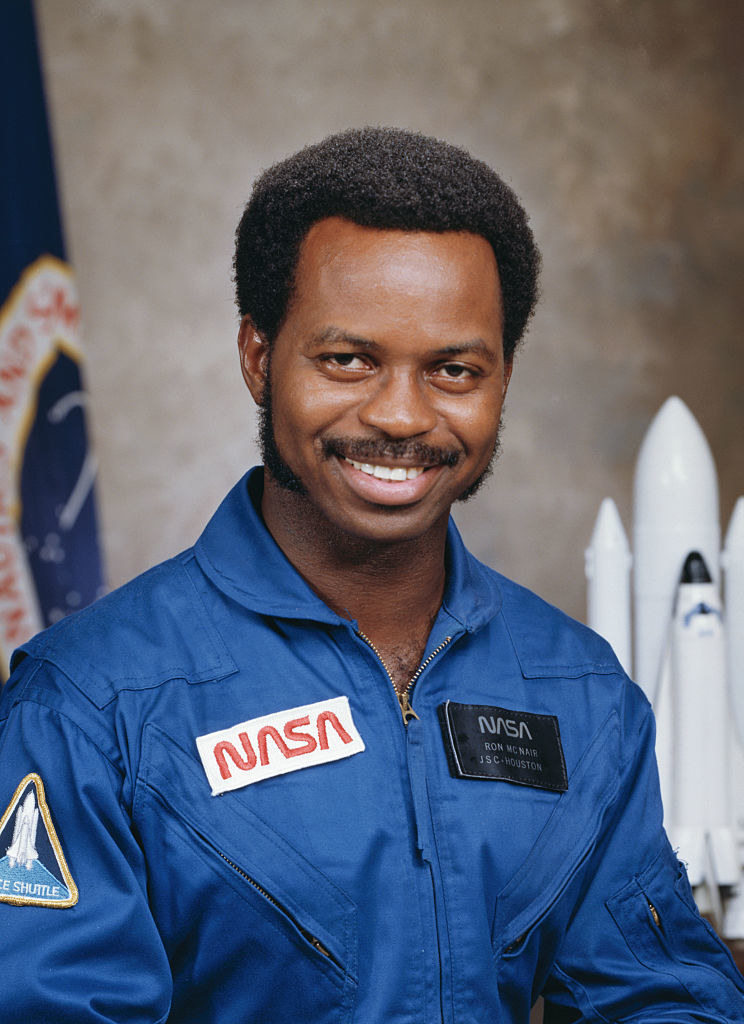
McNair's childhood love of science led him to receive his Ph.D. in physics from the Massachusetts Institute of Technology. In 1978, he was selected by NASA as a mission specialist astronaut and was one of the first Black people to fly in space. In January 1985, McNair was assigned to the Challenger space shuttle. On January 28, 1986, the Challenger exploded 73 seconds after takeoff, killing McNair and the six others on board. In 2011, the Lake City Public Library reopened as the Dr. Ronald E. McNair Life History Center to honor McNair.

3. Ever wondered why it seems like nearly every movie villain is British? Turns out, it's because of the perceptions many Americans have regarding British accents! Americans tend to view British accents as both signs of high intellect and untrustworthiness, which lends to the villain stereotype.
4. While Disney's The Little Mermaid is based on the 1837 fairy tale by Hans Christian Andersen, filmmakers took some creative liberties while making the film. Despite the fact that an evil sea witch appears in the original story, she had a very limited role. Disney decided to expand her character's storyline to make her the main villain and named her Ursula.
Disney really needed to make The Little Mermaid a hit. Their previous movie, The Black Cauldron, was their most ambitious film yet and cost over $45 million to make, but only brought in $23 million at the box office. Disney hired Howard Ashman and his writing partner, Alan Menken, to work on The Little Mermaid. Ashman, who was the playwright and lyricist behind Little Shop of Horrors, was fresh off of a failed project and was in need of a career boost. Ashman believed that incorporating music in the film was the perfect way to make it a smash hit. While working on the film, he noticed filmmakers were having trouble nailing down the look of Ursula.

Ashman looked at several of the mockups and noticed one that he said resembled Divine, the drag star who had starred in Hairspray. Ashman actually knew Divine, as they both were part of Baltimore's gay scene. Filmmakers continued to use Divine as inspiration for the character. Sadly, Divine died in 1988 and never got to see the movie.

5. Am I the only person who thought rabbits lived off of carrots? Turns out, carrots are actually kind of like candy for rabbits because of their high sugar content, and should only be eaten in moderation.
6. While the Lakers are pretty much synonymous with Los Angeles now, the name actually comes from the team's Minnesota roots. The basketball team was founded in Detroit, Michigan in 1946, and was known as the Detroit Gems. Just a year later, they moved to Minnesota and adopted the Lakers moniker to honor Minnesota's state motto of "The Land of 10,000 Lakes." Even though the team moved to Los Angeles in 1960, they decided to keep the name.

7. Steve Jobs famously had a very specific diet. He was known as a fruitarian, which meant that he ate mostly fruit, along with certain nuts and grains. Jobs would occasionally pick a particular fruit or vegetable and eat only that for long stretches of time. According to Walter Isaacson's biography of Jobs, he drank so much carrot juice that people noticed his skin would often take on an orange hue. In addition to the strict diet, Jobs also fasted for long periods of time, sometimes going weeks without eating. Even when he was diagnosed with cancer, he maintained his fruitarian ways.

When Ashton Kutcher nabbed a role playing the Apple founder in the 2013 movie, Jobs, he decided to adopt the fruitarian lifestyle in order to get in the right headspace for the film. After learning that Jobs often drank carrot juice, Kutcher said that he "started just drinking carrot juice nonstop all day long." Later that evening, he started feeling shooting pains and was rushed to the hospital, where he was diagnosed with pancreatitis as a result of drinking too much carrot juice.

8. While many shark species have tiny teeth all over their bodies, whale sharks actually take it up a notch: not only do they have teeth on their bodies, but they also have teeth on their eyeballs. These teeth, called dermal denticles, protect the whale shark's eyes, as they have no eyelids.

9. When President Zachary Taylor suddenly died on July 9, 1850, his death became the subject of many conspiracy theories. After all, Taylor was a war hero who was in relatively good health. On July 4, 1850, Taylor gave Fourth of July remarks, then ate a large number of cherries, topped off with a glass of milk. Soon after, he began suffering from intense stomach pains and took to his bed, where he remained until he died several days later. The official cause of death was cholera morbus.
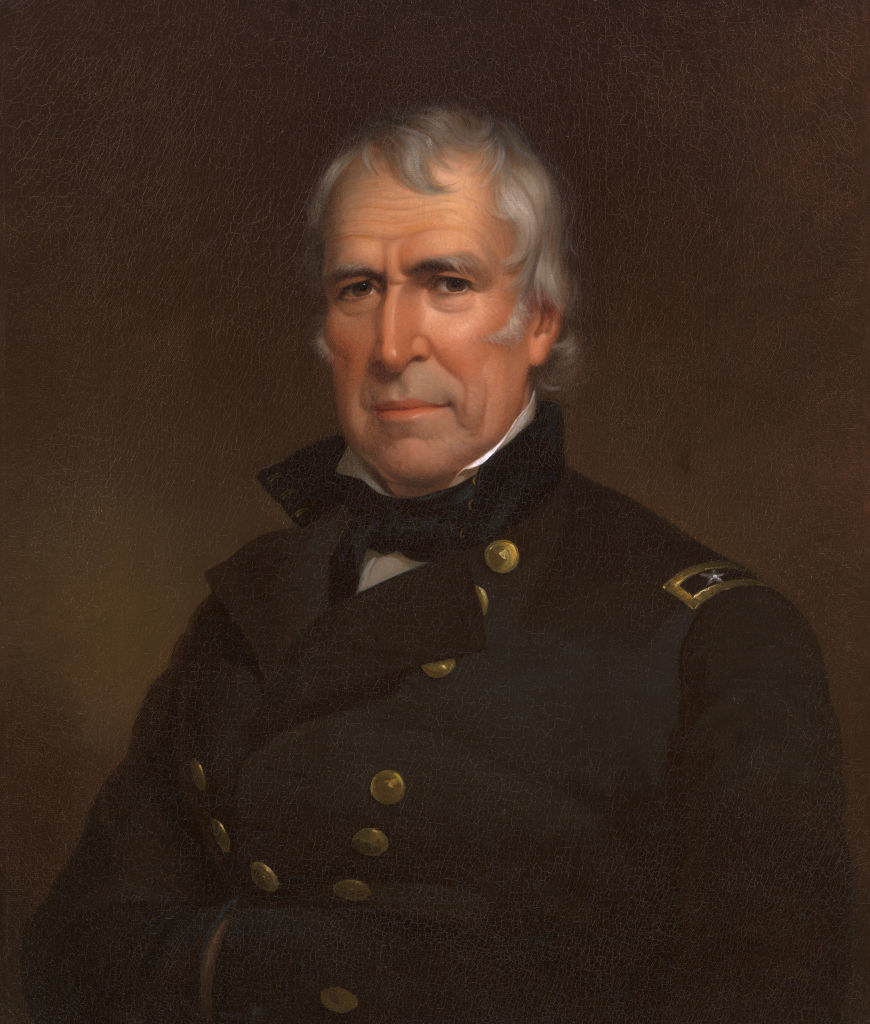
Shortly after Taylor's death, conspiracy theories began to swirl. Some thought he had been killed by pro-slavery Southerners, especially after he decided it would be best for California to join the Union as a free state. Others believed that he had been murdered in order to pave the way for Millard Fillmore to take office. After all, when Taylor died, Fillmore swiftly replaced every single Cabinet member, something that was unprecedented for the time. The theories persisted for over a century, until 1991 when Taylor's body was exhumed. Medical examiners declared once and for all that he died from gastroenteritis that might have been caused by the White House's contaminated water supply.
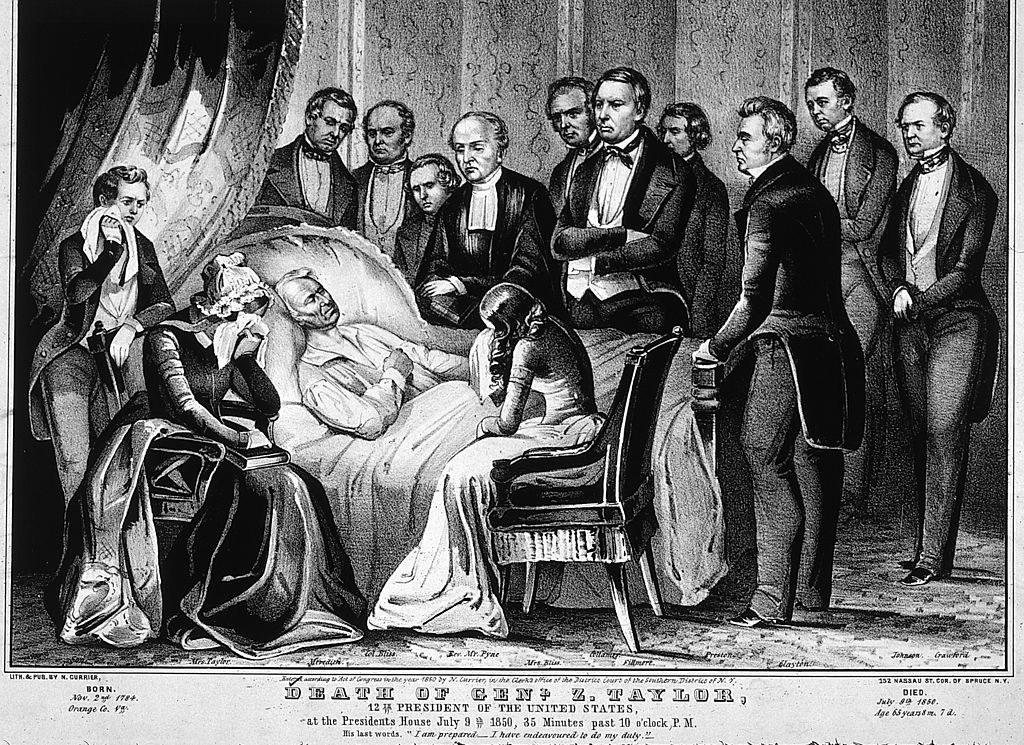
10. In addition to having a dominant hand, we also have a dominant nostril. Most people do about 75% of their breathing out of one nostril, and only 25% out of the other.
11. When the Food Network debuted in 1993, it focused heavily on chefs, high-class restaurants, and intense cooking techniques. The channel steadily gained popularity through the 1990s and turned chefs like Bobby Flay and Emeril Lagasse into television personalities. After the terrorist attacks of September 11, even more people were drawn to the channel as an escape from the devastating news because they played their normal programming instead of airing special news reports.

As a result of this new audience, the Food Network decided to focus its attention on programming that it thought had an even wider appeal. They began developing reality cooking shows like Chopped and Iron Chef that didn't solely focus on cooking techniques and instead amped up the drama and competition. This pivot also paved the way for the careers of chefs like Paula Deen, Rachael Ray, and Guy Fieri, whose takes on comfort food appealed to Americans trying to distract themselves from difficult times.
12. When Woodrow Wilson married Edith Bolling in 1915, she made headlines for being "a real American Princess of [Native] Indian Lineage." In fact, Edith was actually a direct descendant of Pocahontas, with the linkage dating back 10 generations. Edith supposedly loved to flaunt her relation to Pocahontas, but often faced criticism for her lack of attention to causes that supported Native Americans. Pocahontas wasn't the only big name Edith could connect her lineage to. She was also related to Thomas Jefferson, Robert E. Lee, Martha Washington, and Letitia Tyler.
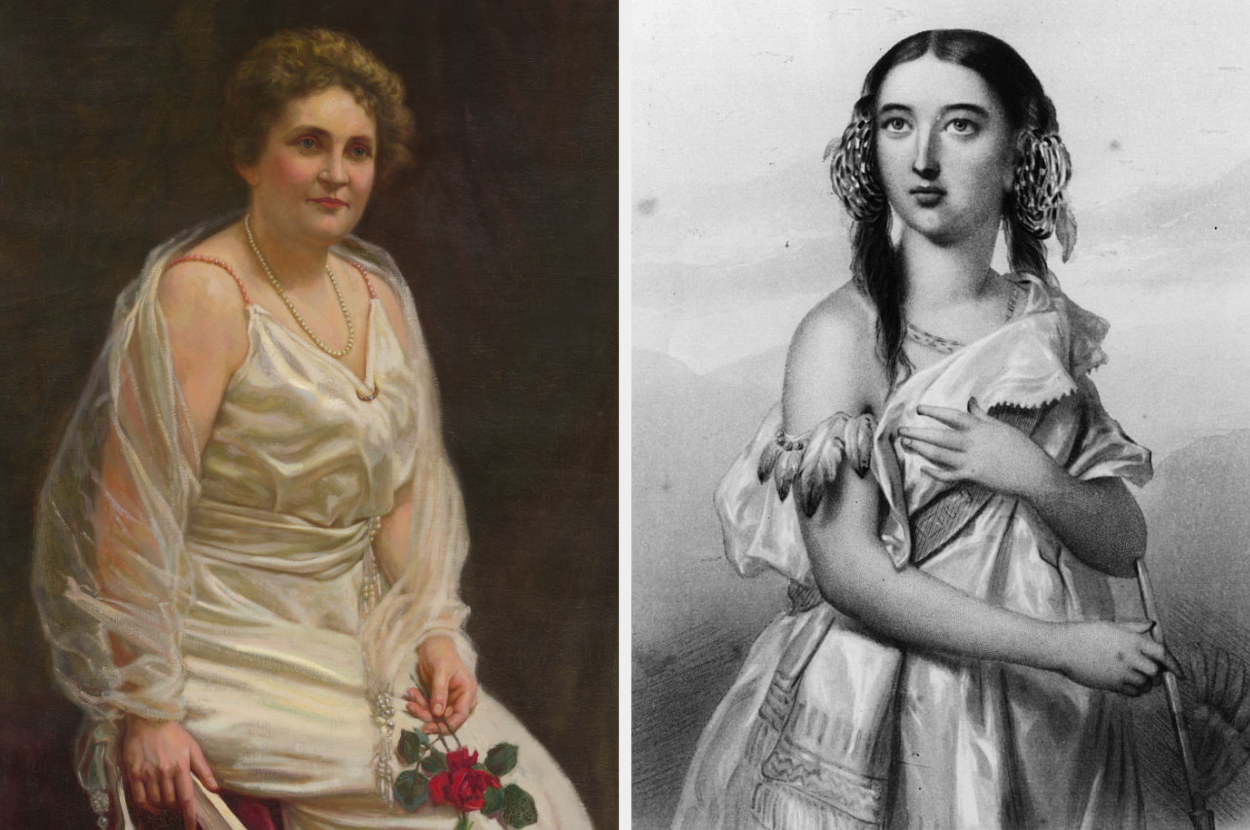
13. Super Bowl I aired in January 1967 on both CBS and NBC. Unfortunately, neither network thought to save the footage, meaning that the first-ever Super Bowl was believed to be missing for years. Luckily, Martin Haupt decided to record the game, unbeknownst to his family. He kept the recordings a secret for eight years until he was diagnosed with cancer and suggested to his ex-wife that she could sell the tapes to pay for college for their children. Soon after Haupt's death, his ex put the tapes in the attic, where they sat for decades.
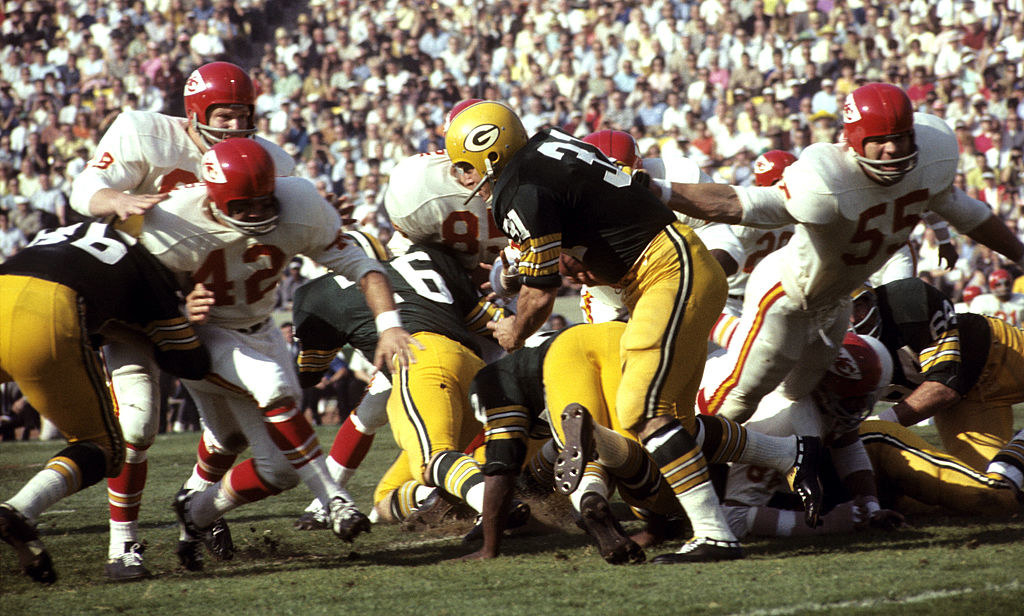
In 2005, Troy, Martin's son, got a phone call from Clint Hepner, one of his childhood friends. Hepner said that he had read an article in Sports Illustrated that said if a tape of Super Bowl I existed, it would be worth an estimated $1 million. Hepner remembered seeing a box of tapes marked Super Bowl in Troy's attic when they used to play up there as kids. Sure enough, Haupt and his mother were able to unearth the tapes and contacted the NFL to see if they could collect their $1 million.

Shockingly, the NFL said they didn't need the tapes, but offered Haupt $30,000 for them. He declined the deal. The NFL then told him that if he sold the tapes to anyone else, he would face severe legal action, as the NFL technically owns the content on the tapes. Haupt told the New York Times that the saga was "like you’ve won the golden ticket but you can’t get into the chocolate factory." Ahead of Super Bowl L, the NFL pieced together their own version of Super Bowl I to air using old footage, but never mentioned Haupt's side of the story.

14. While most of the country was all in on The Simpsons, First Lady Barbara Bush was not a fan. She said the show was "the dumbest thing I've ever seen." The Simpsons writing staff decided to respond to her critiques through a letter written by Marge Simpson, the show's matriarch. In the letter, Marge wrote "Heaven knows we’re far from perfect and, if truth be known, maybe just a wee bit short of normal; but as Dr. Seuss says, 'a person is a person.'"
Bush jokingly sent a response of her own: "I am glad you spoke your mind; I foolishly didn’t know you had one." She apologized for the remarks and the feud seemed to be settled until, in 1992, President George H.W. Bush dissed The Simpsons in a speech. "We are going to keep on trying to strengthen the American family to make American families a lot more like the Waltons and a lot less like the Simpsons!"
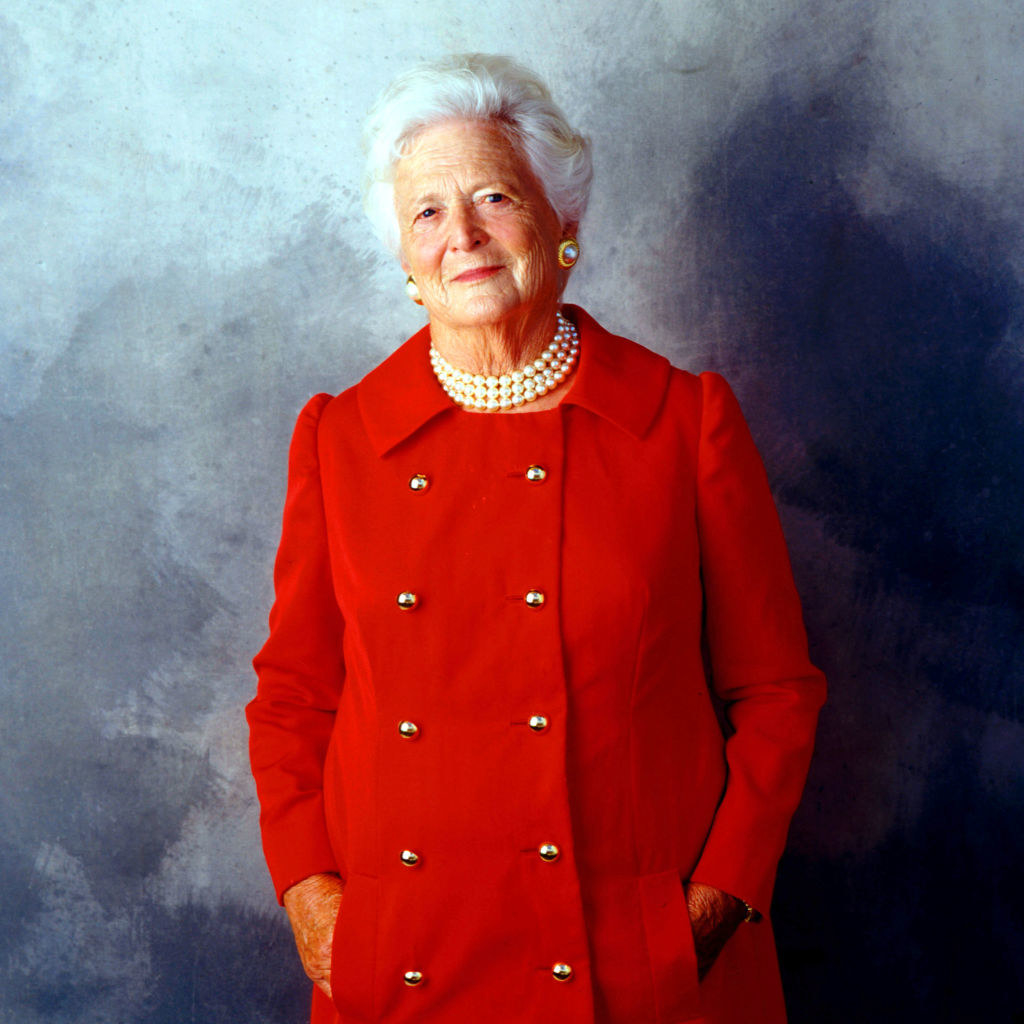
15. Humans have two types of long-term memories: declarative and procedural. There are two separate branches of declarative memories: episodic, which includes things that have happened to you, and semantic, which are factually based. Meanwhile, procedural memories are related to skills like riding a bike or throwing a ball. Even if the memories you have of doing these things are wiped away, chances are, you'll still remember the actual process of doing them because the area where procedural memories are stored tends to have less nerve cell turnover, thus preserving skills for longer periods of time.
16. In 1952, Johanna Mankiewicz was struggling with a geometry problem. She decided to write a letter to none other than Albert Einstein seeking help with the challenging assignment. "I realize that you are a very busy man, but you are the only person we know of who could supply us with the answer," she wrote in the letter. Einstein actually loved responding to letters from children and decided to offer his expertise to Mankiewicz. The letter made headlines and the world eagerly waited for Einstein's response.
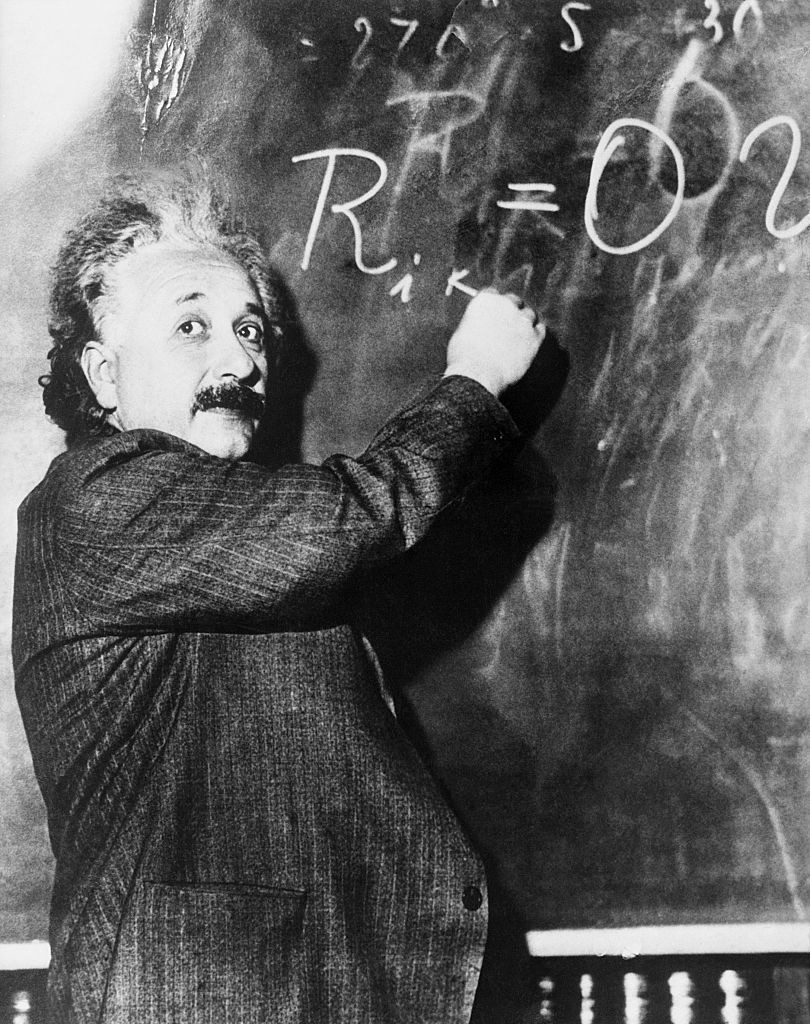
Unfortunately, Einstein took the challenge a little too seriously and offered up a solution to the problem that was a little out of Mankiewicz's skill set. Instead of helping her with the homework, the genius actually confused Mankiewicz even more, and soon, headlines like "Einstein flunks out as geometry teacher" began to circulate. After following the story, Leon Benkoff, a dentist, wrote to the LA Mirror and told them that Einstein had actually made a mathematical error in attempting to solve the problem. Sure enough, after looking into Benkoff's claims, the newspaper found that Einstein had actually interpreted the problem incorrectly, and crowned him "the man who corrected Einstein."

17. Back in the age of dinosaurs, days were a tad bit shorter. Instead of clocking in at the typical 24 hours, days were only about 23 hours and 30 minutes long. In fact, 70 million years ago, the Earth rotated about 372 times a year instead of the 365 times we're now accustomed to.
18. The "Midnight Train To Georgia" actually was headed to a different location when it was first written! In 1970, Jim Weatherly wrote a song called "Midnight Plane to Houston." He got the idea after overhearing his friend Lee Majors on the phone with his girlfriend Farrah Fawcett. Fawcett had told Majors that she was going to take "the midnight plane to Houston" to go visit her parents. The conversation stuck with Weatherly, and he wrote the song "Midnight Plane to Houston" in about 45 minutes, with Majors and Fawcett being the main characters.
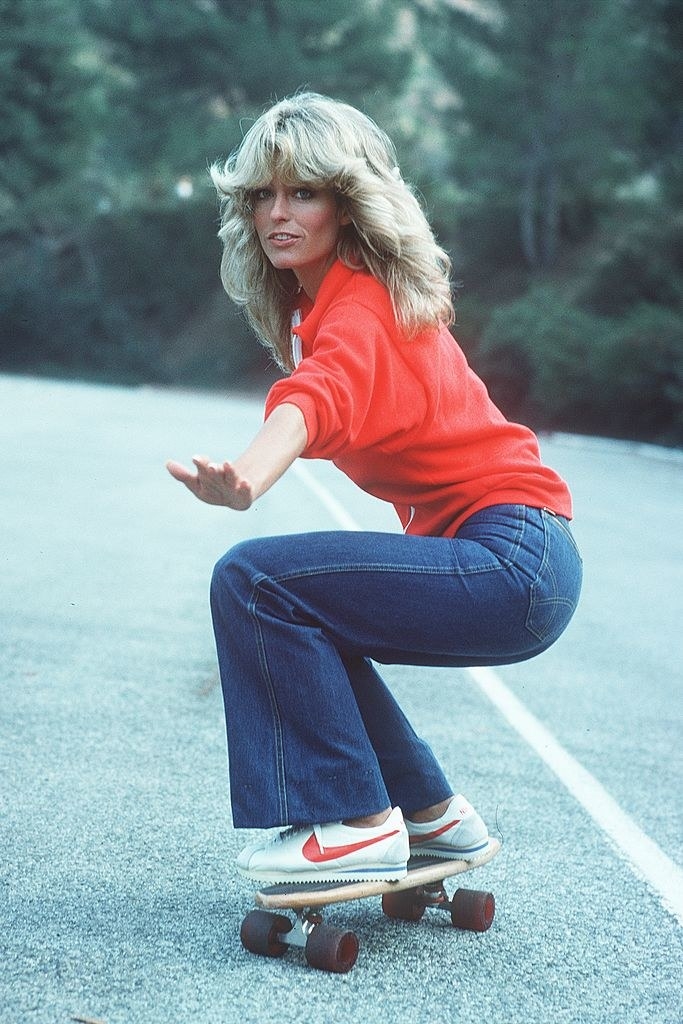
When producers heard the song, they loved it and wanted to give it to Cissy Houston, but asked Weatherly to change the location because of Houston's last name. The song was changed to mention Georgia, and Houston recorded it. A few years later, the song was given to Gladys Knight and the Pips, who recorded their own version of the track. Their cover became a smash hit, reaching No. 1 on the Billboard Hot 100 and winning a Grammy Award for Best R&B Vocal Performance by a Duo, Group, or Chorus.
View this video on YouTube
19. During World War II, many everyday products like toilet paper were rationed for soldiers. British soldiers only got three sheets of toilet paper a day, while American soldiers received a whopping 22 sheets in comparison.
20. The Doritos Locos taco has been a staple of the Taco Bell menu since its release in 2012. The process for creating the beloved taco began in 2009, when CEO Greg Creed decided he wanted to celebrate the chain's upcoming 50th birthday by reinventing the brand's signature crunchy taco. After a 30-day ideation period, the idea for Doritos Locos tacos was born. In fact, Todd Mills, a major Taco Bell fan, had written a letter pitching the idea to the brand and had even created a Facebook page advocating for the "Taco Shells from Doritos Movement." In 2012, Mills received a call from Taco Bell telling him that his dream was becoming a reality.

During consumer taste tests, the tacos bombed and received poor reviews. After spending two more years and over 40 trials tweaking the recipe, Taco Bell unveiled the Doritos Locos taco in 2012. The brand even had to hire 15,000 people to keep up with the overwhelming demand for the new product, placing two to three additional employees in each restaurant. Mills never sought compensation for his idea. When he was diagnosed with brain cancer, Taco Bell donated $1,000 to help him pay for medical bills. Mills died in 2013.
21. Diana Nyad became the first person to swim from Cuba to Florida without a shark cage. Nyad began competitively swimming at age 10. After graduating from college in 1973, Nyad set several marathon swimming records, completing the 22-mile Bay of Naples race in eight hours and 11 minutes in 1974, and conquering a 28-mile swim around Manhattan in seven hours and 57 minutes, beating the previous record by nearly an hour. In 1979, Nyad swam 102 miles from North Bimini to Juno Beach, Florida, in 27 hours and 30 minutes, which was the longest ocean swim on record at the time.

Nyad first attempted to swim from Cuba to Florida in 1978. She swam with a shark cage but had to quickly abandon the challenge when she came across rough seas. Soon after, Nyad gave up distance swimming to pursue a career in broadcast journalism. By 2011, she was inspired to attempt the Cuba–Florida swim once again but failed three more times. One attempt ended after she had an asthma attack, the second ended after she suffered from painful jellyfish stings, and the third was brought to a stop due to lightning.

In 2013, at age 64, Nyad attempted the swim for the fourth time since 2011. She had a crew of 35 aiding her through the process, which she attempted without a shark cage. On September 2, Nyad completed the swim in 52 hours, 54 minutes, and 18.6 seconds. In the days following the feat, many said she cheated by being in contact with other people during the swim. Nyad shot back and said that she never touched a boat or another person for support during the swim, but needed to stop to get special equipment from her team to prevent jellyfish stings.
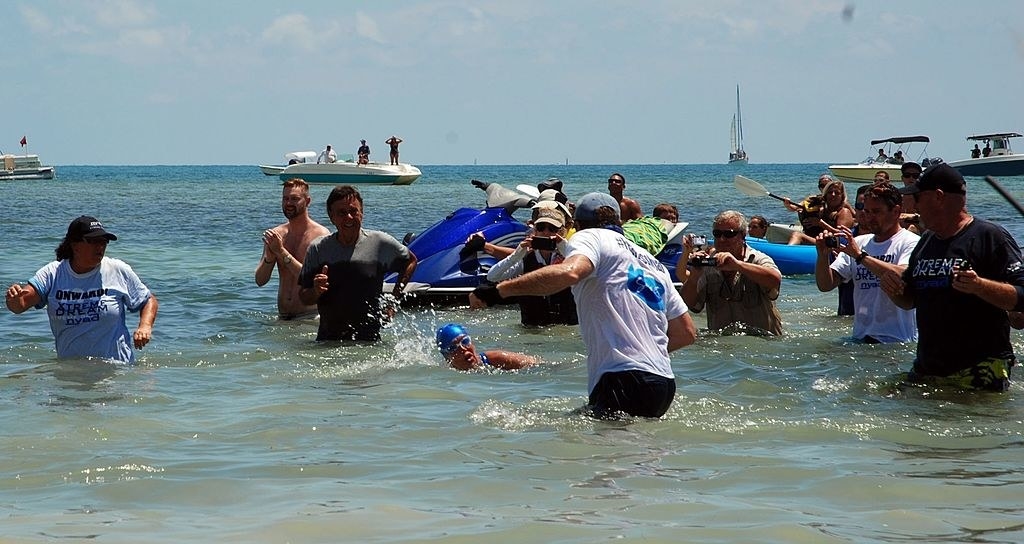
22. Presidents, they're just like us? George H.W. Bush hated broccoli so much that he even gave a statement to the press about his distaste for the veggie. “I do not like broccoli,” he said. “And I haven’t liked it since I was a little kid and my mother made me eat it. And I’m president of the United States, and I’m not going to eat any more broccoli!” He even reportedly banned the vegetable from Air Force One. After his comments were made public, a group of farmers sent Bush a 10-ton shipment of broccoli ahead of a state dinner. Despite the gift, broccoli did not make it onto the menu for the event.
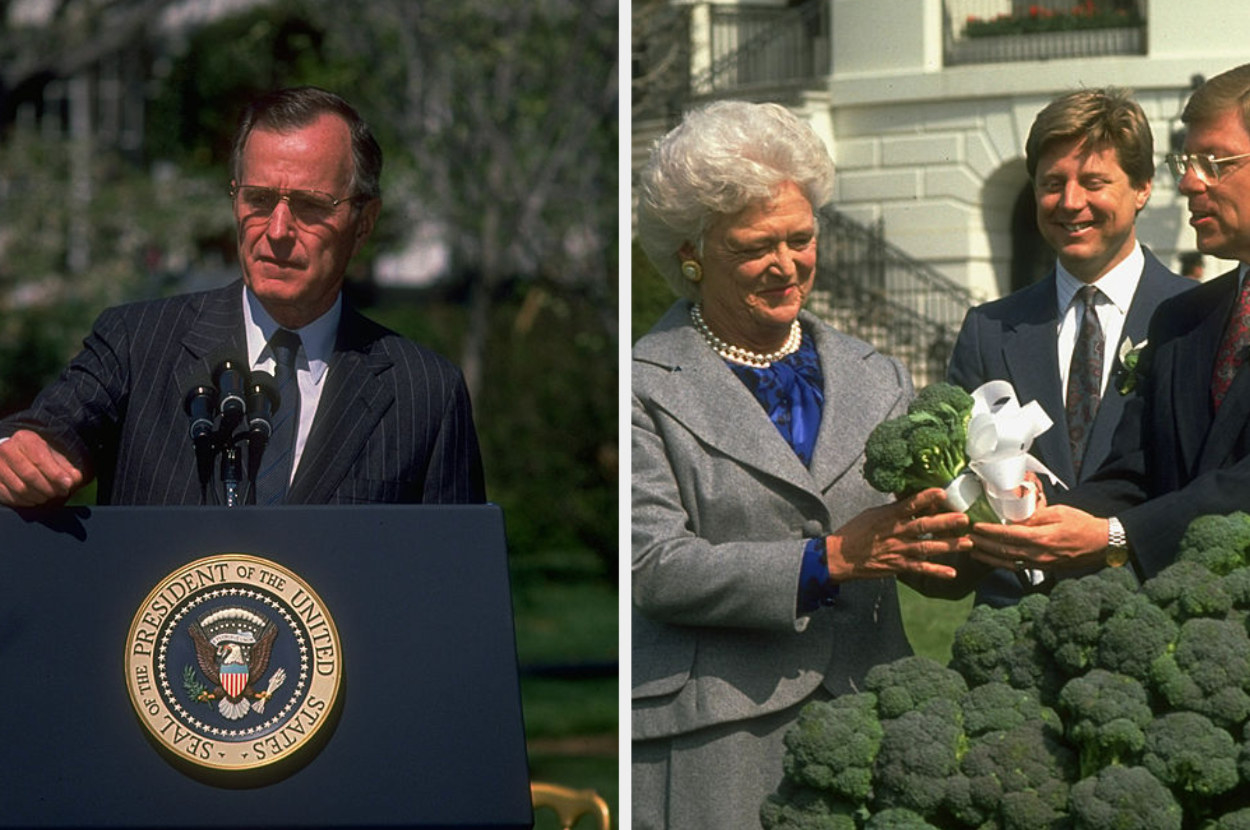
23. When the Titanic sank in 1912, priceless works of art went down with the ship. In fact, in 1997's Titanic, Rose, portrayed by Kate Winslet, is spotted hanging up paintings by Pablo Picasso in her lavish suite. Director James Cameron specifically wanted to use Picasso's "Les Demoiselles d’Avignon" in the film, even though the painting was never on the Titanic, and instead had been kept at the Museum of Modern Art in New York City for decades. Despite his best efforts, Cameron's appeals to Picasso's estate were denied.

That didn't stop Cameron from including an image of the painting in Titanic, sparking debate in the art community. After the Artists Rights Society, a company that holds the rights to many works of art, complained, Cameron offered to pay a fee to keep the art in the movie. When the 3D version of Titanic was released in theaters in 2012, Cameron said he believed that he should not have to pay another fee because he did not think the release constituted new work, while the Artists Rights Society asserted that it was.
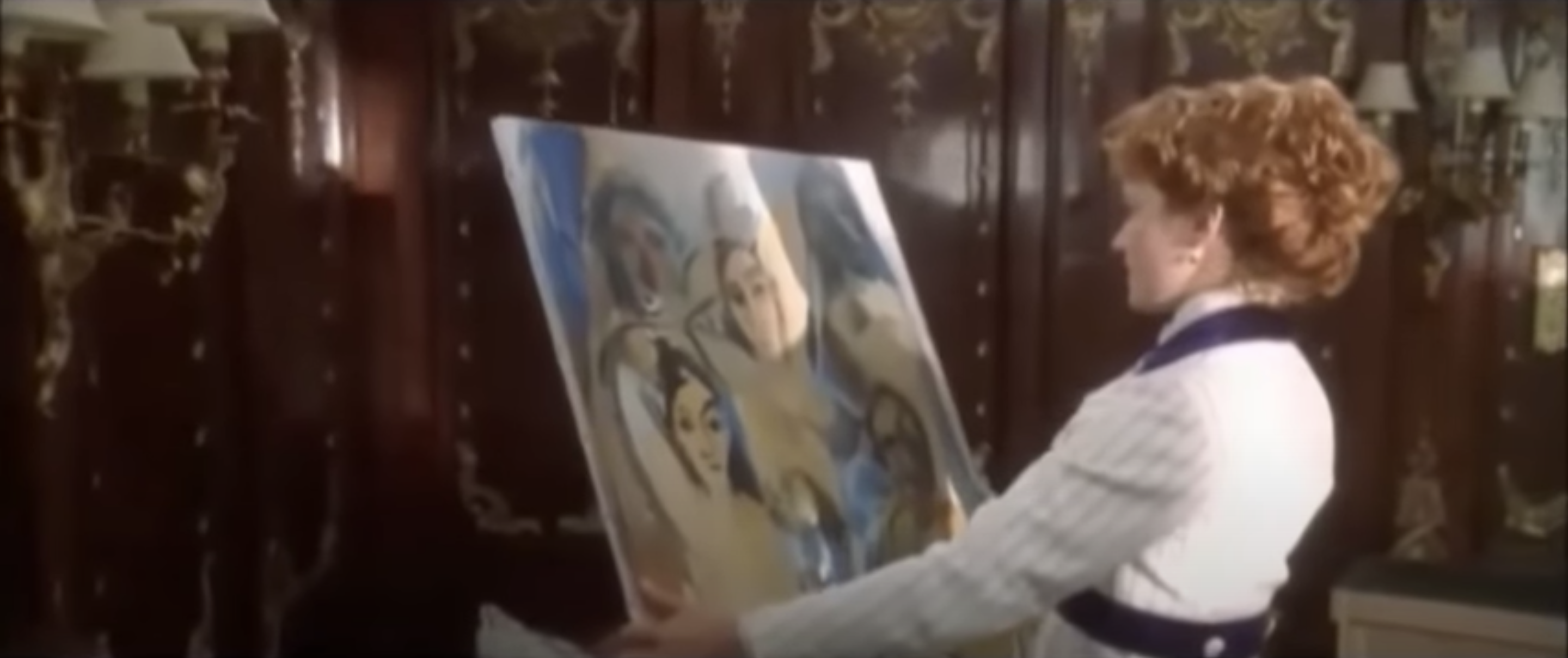
24. Oreo cookies dipped in milk are truly a top-tier snack, but getting a perfect dunk is a little more scientific than you might imagine. Researchers have determined that you should dunk an Oreo in milk for four seconds — otherwise, your dessert might become a soggy mess.
25. Agatha Christie was famous for writing some of the twistiest thrillers of her time, but did you know she was involved in quite the head-scratching mystery of her own? On Dec. 4, 1926, the writer kissed her daughter goodbye and headed out to her car, carrying a small case. She left a note for her secretary saying she wouldn't return that night but didn't specify any plans for long-term travel. By Dec. 6, newspapers began reporting on the mysterious disappearance of Christie, which only got more concerning when her car was found abandoned.

As more details behind her disappearance started to surface, the world began to wonder why Christie had left her home in the first place. At the time, she was married to Col. Archibald Christie, who was having an affair with a younger woman. While the affair was not public knowledge, Agatha Christie likely knew about it. On Dec. 8, the search for her was called off after her brother-in-law said she had left him a note saying she was going to a spa for rest and treatment. Although the public thought the mystery was solved, the police weren't convinced and expanded their search, even bringing along one of Christie's dogs in hopes that it could track down her scent. They believed that Christie had died by suicide.
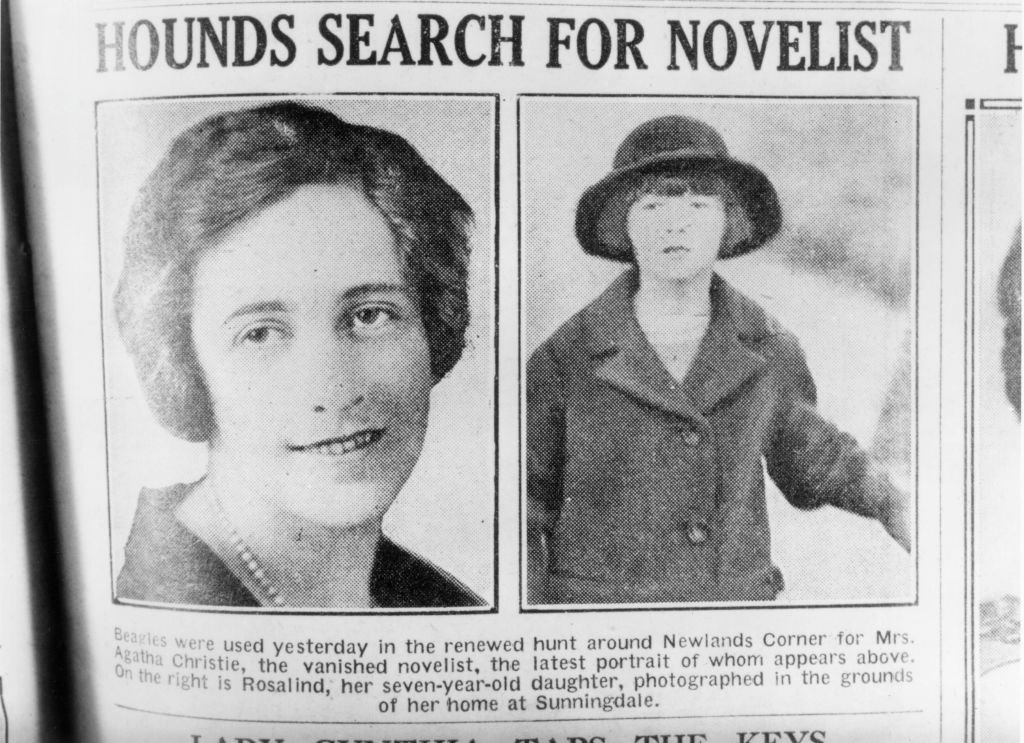
Soon newspapers began reporting that Christie was terrified of her own home, even saying that she believed the house would be the end of her. By Dec. 11, the police were thoroughly stumped after finding that not a single person had seen Christie since her disappearance a week before. It was soon revealed that she had left three letters: one to her secretary, one to her brother-in-law, and one to her husband, who refused to share what she had written. Some believed that she was dead, while others thought the disappearance was a publicity stunt, which her secretary vehemently denied. The police soon turned to the unfinished manuscript that Christie had left behind for clues, and gathered an estimated 10,000–15,000 people to aid in the search.
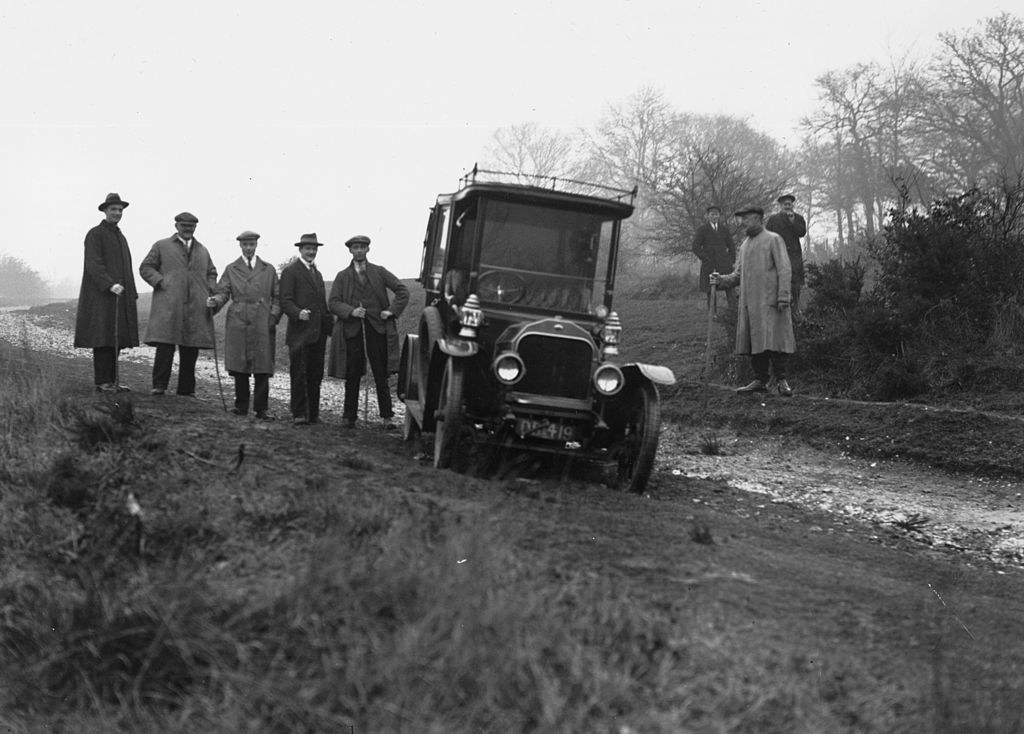
Rumors that Christie was hiding in London dressed as a man began to swirl, but there was no proof. By Dec. 14, the police said they believed that when Christie left, she had no intentions of returning home. Nine days after she disappeared, Christie was found in a Yorkshire spa, exactly where she told her brother-in-law she would be. She had checked in under the name Mrs. Teresa Neele, which turned out to be the name of her husband's mistress. While her husband claimed that she had suffered from complete memory loss, Christie later said she believed she had amnesia. She rarely spoke of the incident. In 1928, she told the Daily Mail that she considered driving her car into a pond but decided against it after thinking of her daughter, and claimed she hit her head while driving away from the pond. In her memoirs, she devoted only one page to the mystery.

26. Have you ever seen the massive Bean Boot outside the L.L. Bean store in Maine? Turns out the larger-than-life boot clocks in at a size 410!

27. I was the kind of kid who kind of loved when it rained while at school because it meant we could stay inside and play The Oregon Trail on the computer. The classic computer game was invented by Don Rawitsch, a history teacher who was searching for a way to get his eighth-grade students interested in learning about westward expansion. Rawitsch, along with his colleagues Bill Heinemann and Paul Dillenberger, developed the game in 1971 as a way to mix up the curriculum. In fact, Rawitsch was known for his unique teaching methods! He once came to class dressed as Lewis and Clark, performed songs that he wrote about the Civil War, and staged a fake shooting for a mock trial assignment.
Rawitsch first planned to make a board game for his class. After sharing his idea with Heinemann and Dillenberger, both math teachers who were familiar with computer programming, they told him he should turn it into a computer game. He introduced the game to his class in December 1971, and his students loved it. For many of them, it was their first time ever using a computer. Soon, students from other classes would come to Rawitsch's classroom during lunch to play the game. After the game was removed from the school's computer, the code sat in a folder on Rawitsch's desk for three years before he started giving the source code for use in Minnesota schools. The game soon became a worldwide phenomenon and has gone on to become one of the bestselling games of all time.
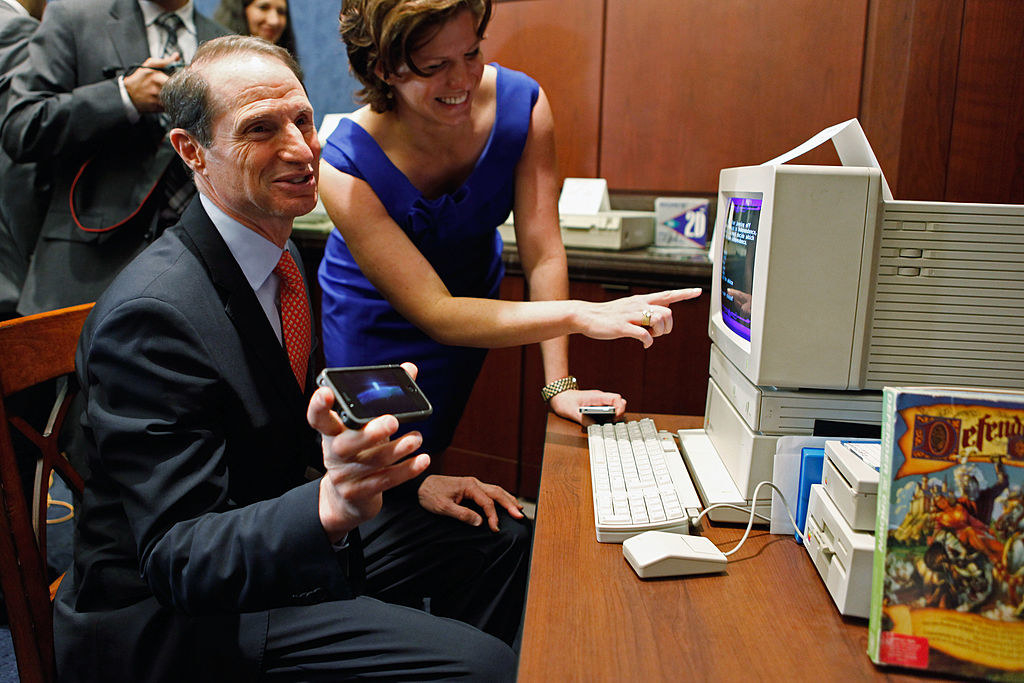
28. Although rats are typically pretty tiny (the average rat weighs about a pound), their bite can pack a big punch! A rat's jaws are built like an alligator's, and they can exert up to 7,000 pounds of force per square inch, meaning they can quickly bite down to the human bone.

29. "Good Vibrations" is one of the Beach Boys' most famous songs. In fact, Brian Wilson, the band member who wrote the song, called it "his whole life performance in one track." Wilson got the inspiration to write the song from his mother, who used to tell him that dogs could pick up vibrations about people's demeanor. "She told me about dogs that would bark at people and then not bark at others, that a dog would pick up vibrations from these people that you can’t see but you can feel," he said.
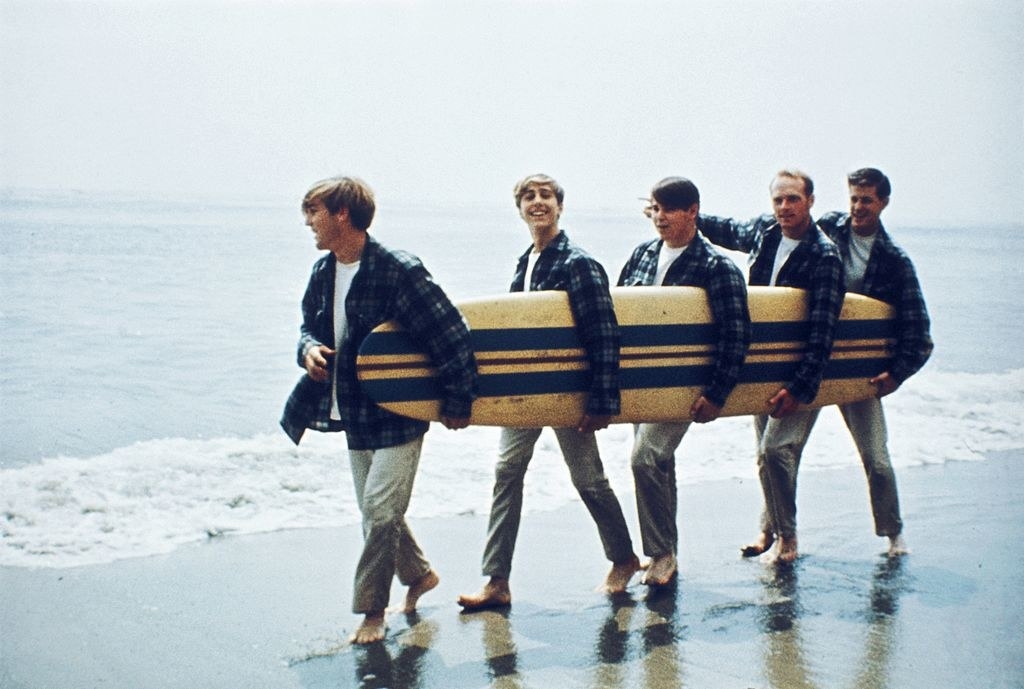
Wilson took this concept and applied it to people but used the word "vibes" instead of "vibrations." After several people convinced Wilson to switch the song back to "vibrations," fellow band member Mike Love put the finishing touches on the song. While recording the track, they used an electro-theremin. A typical theremin makes sound by picking up on the vibrations from someone moving their hands above the musical instrument. The electronic version used the same principles but involved spinning a knob. The band members thought that the use of the vibrations with the theremin paired perfectly with the song's theme. "Good Vibrations" ended up being the most expensive single ever produced at the time and reached No. 1 on the charts in several countries.
View this video on YouTube
30. September is the busiest month for birthdays, with the most common birthday being Sept. 9. Because the average pregnancy lasts about 38 weeks, this means that most of these children were conceived in December, right around the holidays.

31. Did you know that the von Trapps from The Sound of Music were based on a real family? While the film portrayed Maria, played by Julie Andrews, as arriving to serve as governess for all of the children, she actually came to the von Trapp family to tutor one of the children, Maria Franziska, who had come down with scarlet fever. When Maria arrived, she quickly fell in love with all of the children but did not initially love Georg, their father. Despite this, the pair married in 1927. "I really and truly was not in love. I liked him but didn't love him. However, I loved the children, so in a way, I really married the children," she wrote in her memoir. "[B]y and by, I learned to love him more than I have ever loved before or after."
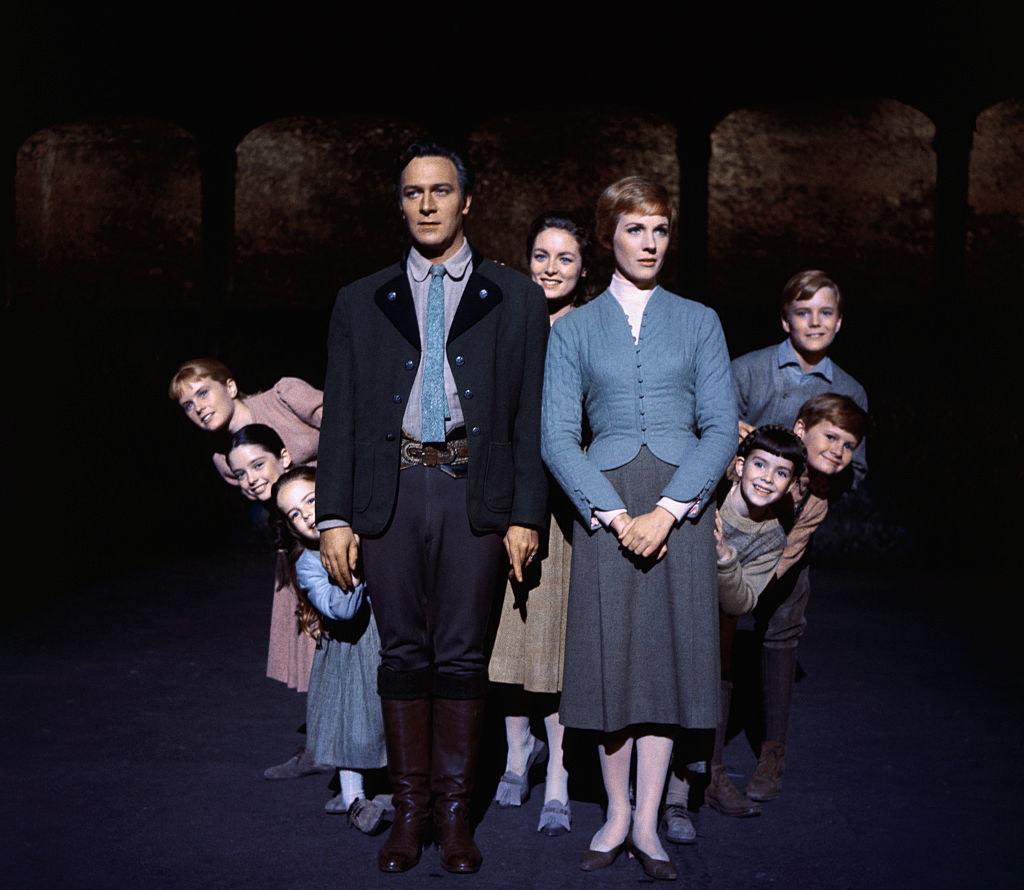
Both Georg and Maria underwent some personality shifts in the movie. At the beginning of the film, Georg is portrayed as gruff and harsh. In reality, his family said, he was actually a loving father who loved engaging in musical activities with his children. This change allegedly hurt his family, who felt uncomfortable with their father being shown as detached. Meanwhile, Maria actually appeared sweeter and more loving in the movie than she was in real life. While she was very caring toward the children, they noted that she had a temper that was not revealed in the film. She "had a terrible temper," Maria Franziska, her stepdaughter, revealed. "And from one moment to the next, you didn't know what hit her. We were not used to this. But we took it like a thunderstorm that would pass, because the next minute, she could be very nice."

Other elements of the von Trapp family's story that were changed for the movie included the names, ages, and genders of the children. While the movie shows seven von Trapp children, there were actually 10 of them. In addition, the family loved to perform music before Maria arrived, although she did teach them how to sing madrigals, as seen in the movie. In the movie, the family is shown making their way to freedom over the Swiss border on foot. In reality, the family actually fled to Italy, where Georg was a citizen because he had been born in Zadar, which became part of Italy in 1920. Maria and the children were also granted citizenship through this loophole and were able to reach Italy, then progressed onto America.
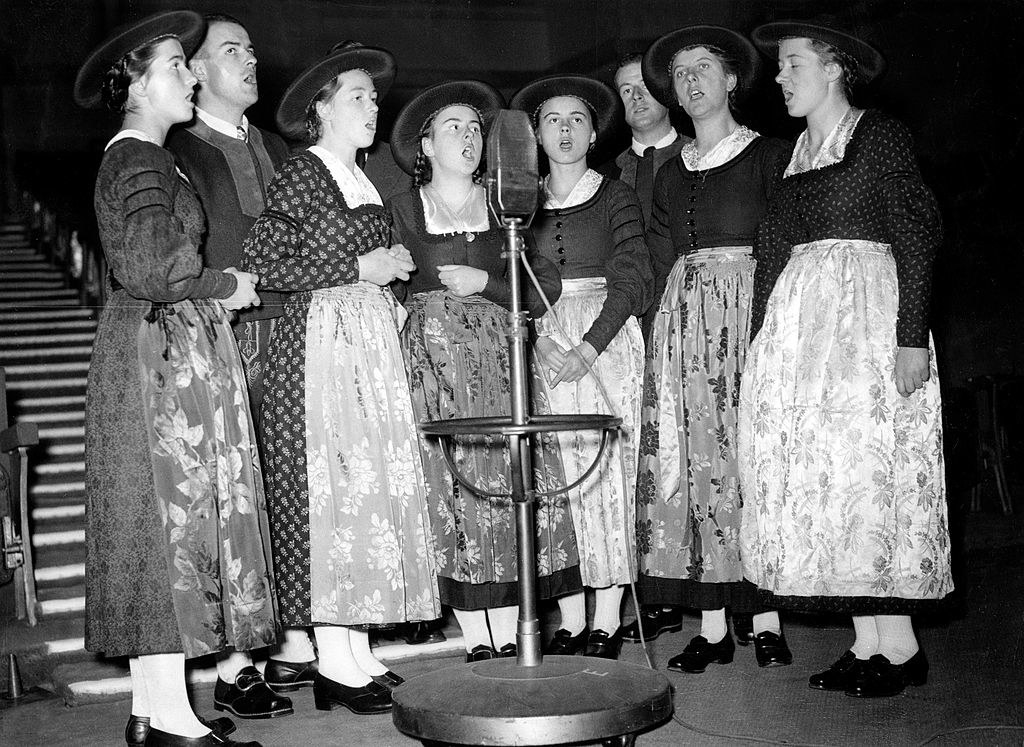
So, what happened to the von Trapp family after the events of the movie? In the 1940s, they toured America as the Trapp Family Singers. After their tour, they settled down in Stowe, Vermont, where they opened the Trapp Family Lodge, a guesthouse. The lodge is still owned and operated by descendants of the von Trapp children.

32. The corpse flower, with its large spike, is known for being the largest flower structure without branches. The flower's center spike can grow up to 12 feet tall. When the flower blooms, it emits a scent of rotting meat, which is why it was dubbed the corpse flower. In addition, the flower is warm to the touch.
33. Before hitting it big as an actor, Jon Hamm taught drama and acting classes for a year at his former high school in St. Louis. One of his students was Ellie Kemper, who went on to star in The Office. Kemper said that all of the students in her improv class loved him. They worked together in Bridesmaids, and Hamm even appeared on Kemper's Netflix series, The Unbreakable Kimmy Schmidt. "I think there’s still a teacher-student dynamic, and acting with him was a little bit nerve-racking just because I felt like he was still grading me on some level," Kemper said of the experience. "But he’s a wonderful man and it was a lot of fun."
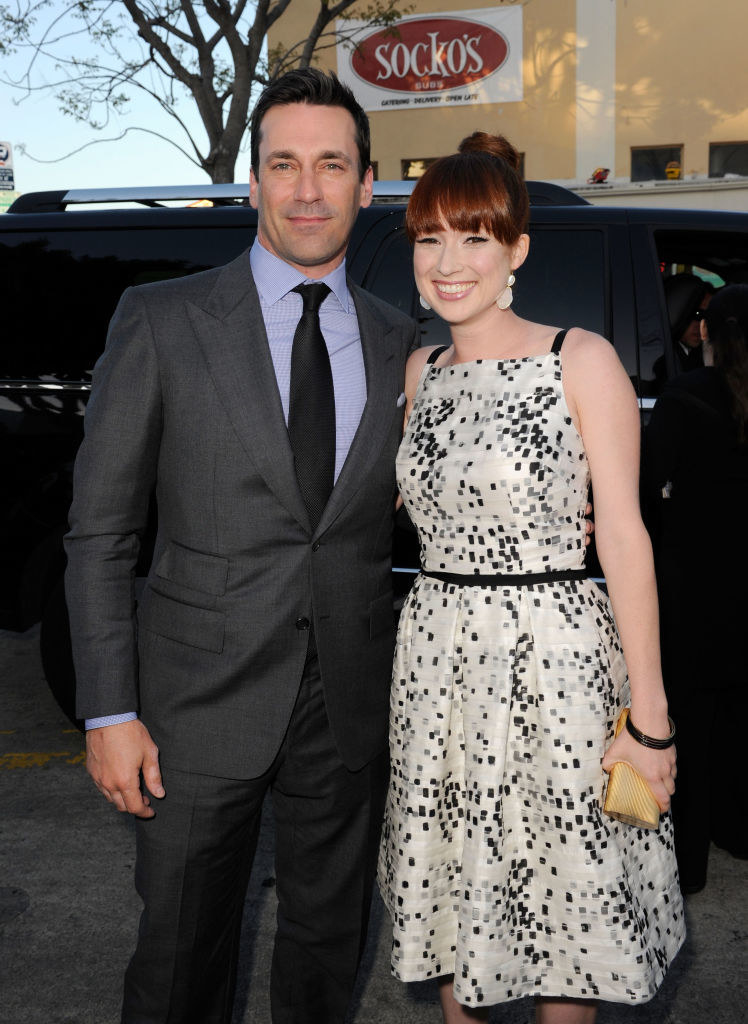
34. While presidential inaugurations now all take place on Jan. 20, that rule only came into play in 1933. Before then, inaugurations normally took place on March 4, a date that represented the start of the new federal government under the ratified Constitution. However, when Zachary Taylor was set to be inaugurated on March 4, 1849, he refused to take the oath of office.

So why did the new president refuse to be sworn in on March 4? Taylor was very religious and didn't want to be sworn in on a Sunday. However, his predecessor, James Polk, had already left office by this point, meaning that for a matter of hours in 1849, there was technically no president at all.

35. Ed Porray, who was a Major League Baseball pitcher, was the only player in league history not to be born in a country. On Dec. 5, 1888, he was born on a fishing boat in the middle of the Atlantic Ocean. As a result, his birth certificate says that he was born "at sea, on the Atlantic Ocean."

36. Turns out Cookie Monster's real name isn't Cookie. On an episode of Sesame Street, it was revealed that before he became obsessed with cookies, Cookie Monster's real name was Sid.
37. Actor Glenn Close grew up in a group from age seven to 22 that she says "was basically a cult." The group was called Moral Re-Armament (MRA) and had been developed in the 1920s by Frank N.D. Buchman, a minister who sought to lead "a worldwide evangelistic campaign based on God’s guidance, moral absolutes, and the 'life-changing' of individuals through personal work." Close said her parents joined the movement when she was a child and began practicing the group's strict rules. "Everybody spouted the same things, and there was a lot of rules, a lot of control," Close shared in an episode of The Me You Can't See, an Apple TV+ docuseries. "Because of how we were raised, anything that you thought you would do for yourself was considered selfish."
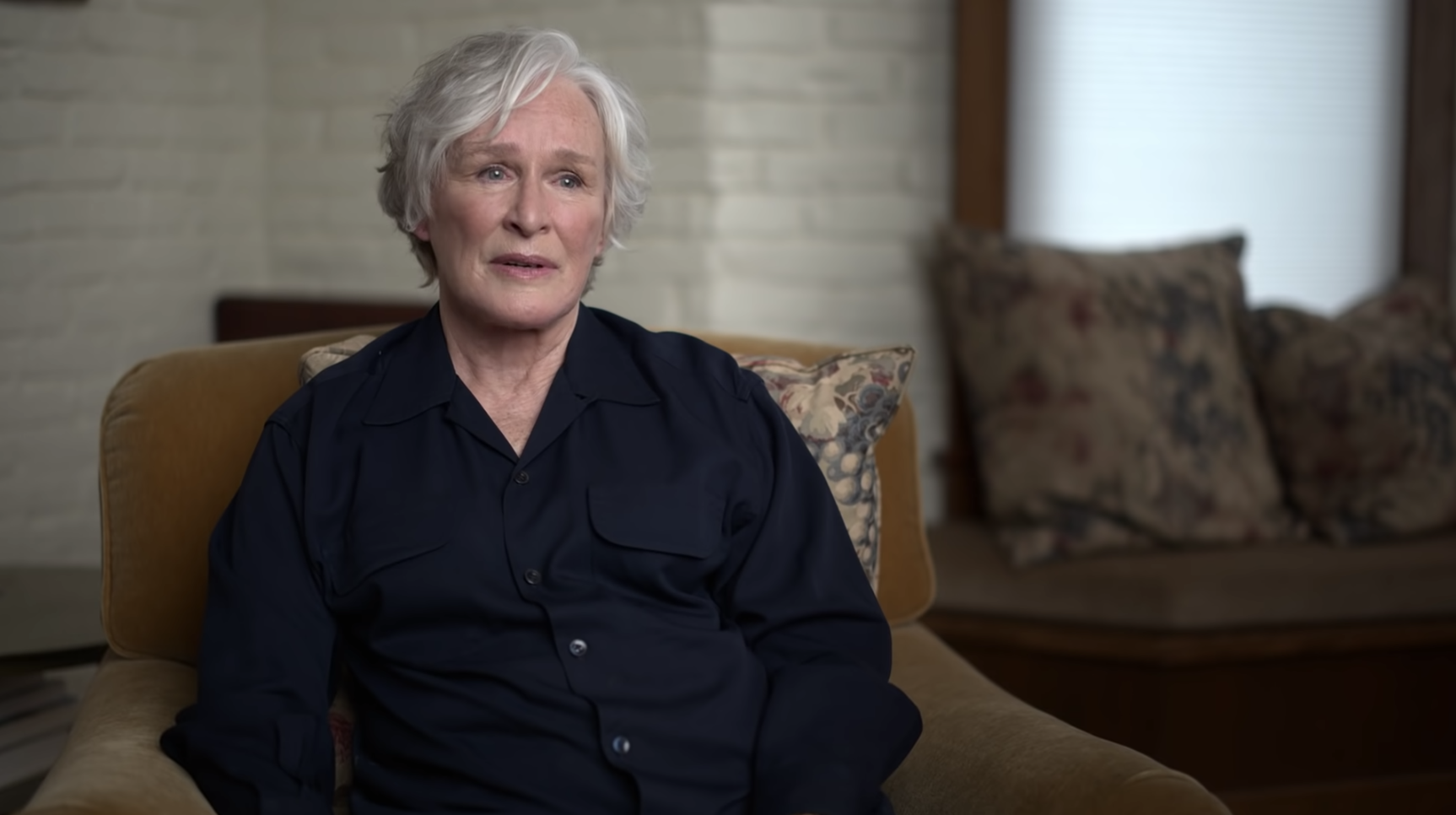
Close said that there "was no collective memory" of anything but growing up in MRA. "It's astounding that something you went through at such an early stage in your life still has such a potential to be destructive." When Close started school at the College of William & Mary, she realized that she no longer wanted to be part of MRA. "I felt like there was a stamp on my forehead, and I felt a sense of terrible shame," she said on the WTF With Marc Maron podcast. "It wasn't my fault. But I felt terrible shame, and it really wreaked havoc with me and my siblings. It's devastating to go through something like that when you're that young."

38. The largest flying creature ever to live was a Quetzalcoatlus, which was a member of a group of flying reptiles called pterosaurs and was believed to be the size of a giraffe. Scientists believed the creature used its long legs to pole-vault itself into the air.

39. The Wright brothers only flew together one time during their aviation career. Turns out that they made a deal with their father in which they promised him they wouldn't fly together in case tragedy struck and the plane went down. In 1910, their father agreed to lift his rule so the brothers could fly together once. The arrangement was also good for business because it ensured that even if one of the brothers died, the other would still be around to work on their flight experiments.
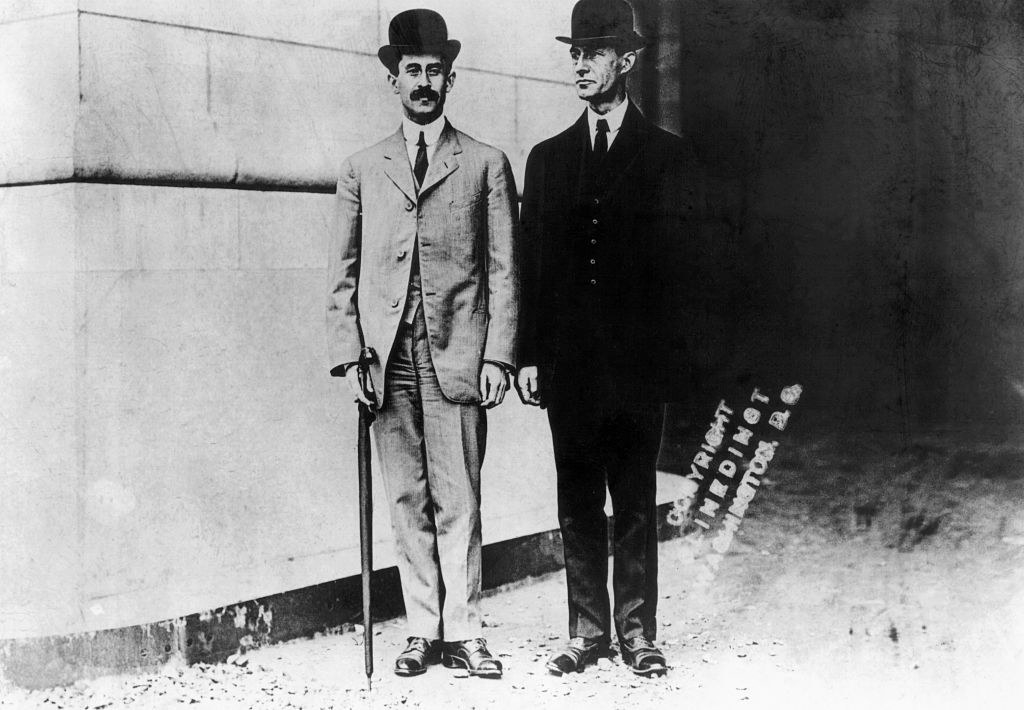
40. Patch Adams, a film starring Robin Williams as a doctor who tried to infuse humor while treating patients, was based on the true story of Dr. Hunter "Patch" Adams. Adams decided he wanted to pursue medicine in order to help make the world a better place. He started the Gesundheit Institute, a hospital model that included no charges for patients and the "integration of medicine with performance arts, arts and crafts, nature, agriculture, education, recreation and social service." After 12 years of operating the hospital, Adams had to shutter it because of funding issues. In 1985, Adams took what he called "a clown trip" to the Soviet Union to visit hospitals, orphanages, and nursing homes and provide them with humor and laughter during hard times. From then on, Adams went on several clown trips a year and helped build clinics and schools.
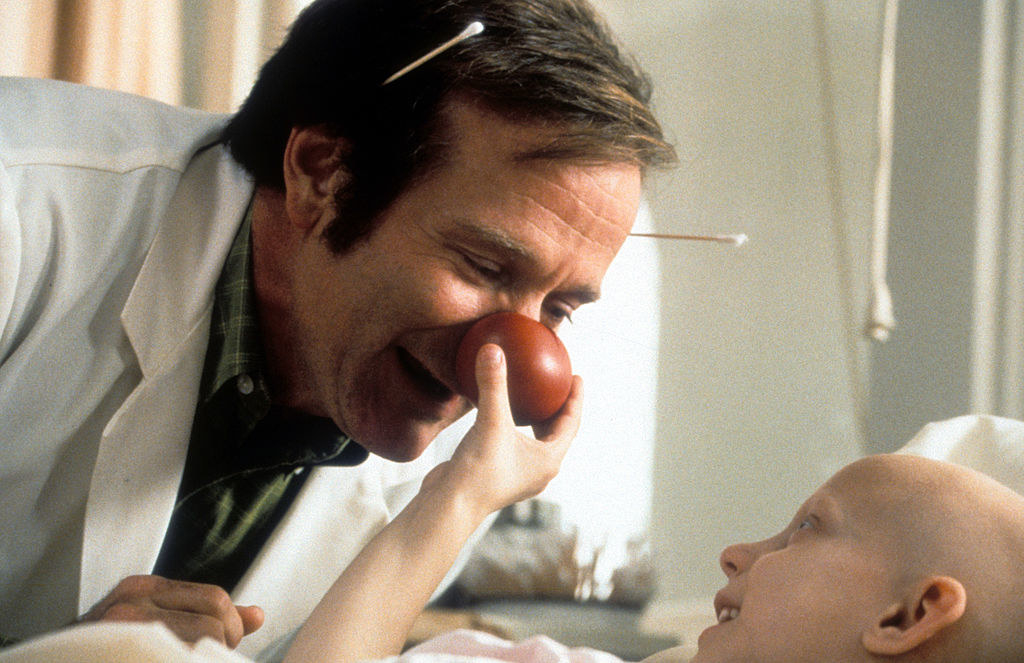
Patch Adams was released in 1998. Adams said he was told that part of the movie's earnings were supposed to be donated to the Gesundheit Institute to help them build a new hospital. Instead, Adams revealed, he never saw any of the money, and told Roger Ebert that he "hated that movie." In 2017, he said the film was a "shallow" portrayal of his life's work. "After the movie, there wasn't a single positive article about our work or me," he told New Renaissance magazine. "There were dumb, stupid, meaningless things...it made my children cry. They actually thought that they didn't know the person they were reading about. I knew the movie would do this. I would become a funny doctor. Imagine how shallow that is relative to who I am."

41. Althea Gibson paved the way for Black athletes in the tennis world. She was born in Harlem, and the police would block off streets in her neighborhood to allow children to play sports, which is where she began playing paddle tennis. By the time she was 12, Gibson had won a citywide paddle tennis tournament. After this feat, local musician Buddy Walker, who also worked with the Police Athletic League, took notice of Gibson's talents and introduced her to traditional tennis. Her neighbors even raised money so Gibson could enter tournaments, where she quickly began dominating her competition in the local and regional circuits.

While Gibson had proved she was ready to compete on the sport's biggest stages, she was banned from national events because of her race. In 1950, Alice Marble, a four-time US Nationals champion, wrote an editorial arguing for Gibson to be invited to the event. She also challenged the racism in the tennis world. Soon after the editorial was released, Gibson was finally granted permission to compete in the US National Championships. In 1956, Gibson won the French Championships, becoming the first Black person to win a Grand Slam tournament. The following year, she became Wimbledon's first Black champion. By the time her tennis career concluded, Gibson had won 11 Grand Slam titles and was the highest-ranked woman in the sport.
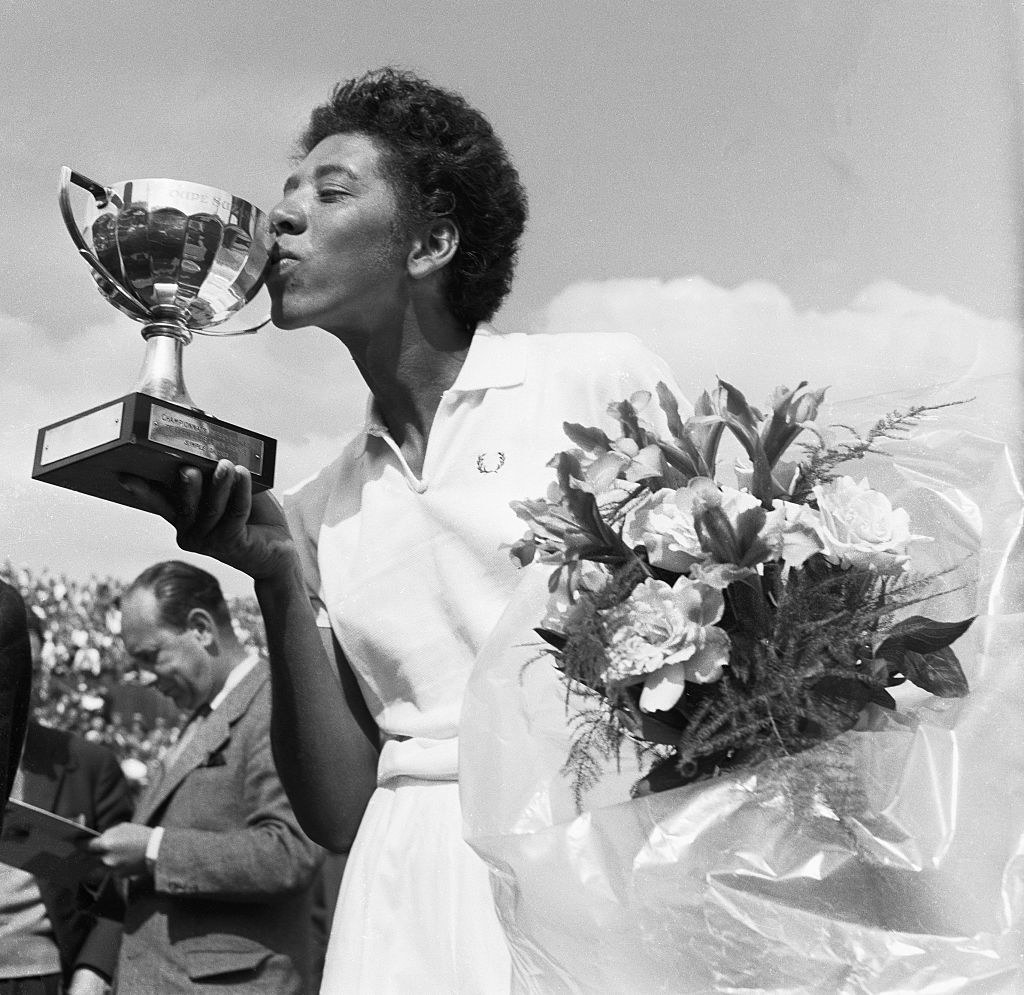
After she retired from tennis, Gibson took up golf, which she quickly excelled at. She even made it to the PGA Tour but was unable to compete in many of the tournaments because she was banned from many American country clubs because of her race. Tennis great Serena Williams has spoken about the impact Gibson's legacy has had on her own tennis career. "For me, she was the most important pioneer for tennis," Williams told WTA Tennis. "She was Black, she looked like me, and she opened up so many doors."

42. Looks like the food court at Costco is doing big business! The retailer sells so much pizza that it's considered the 14th largest pizza chain in the United States. In 2011, Costco sold 100 million hot dogs, which was four times as many that were sold at all of the Major League Baseball stadiums combined that year.
43. Charles Schulz actually hated the name Peanuts for his iconic comics because he thought it made his work seem "insignificant." While Peanuts officially debuted in 1950, Schulz had previously released a comic strip that had included some of the same characters. The comic had been called Li'l Folks. "I wanted to keep Li’l Folks," he said. "I wanted a strip with dignity and significance. Peanuts made it sound too insignificant."
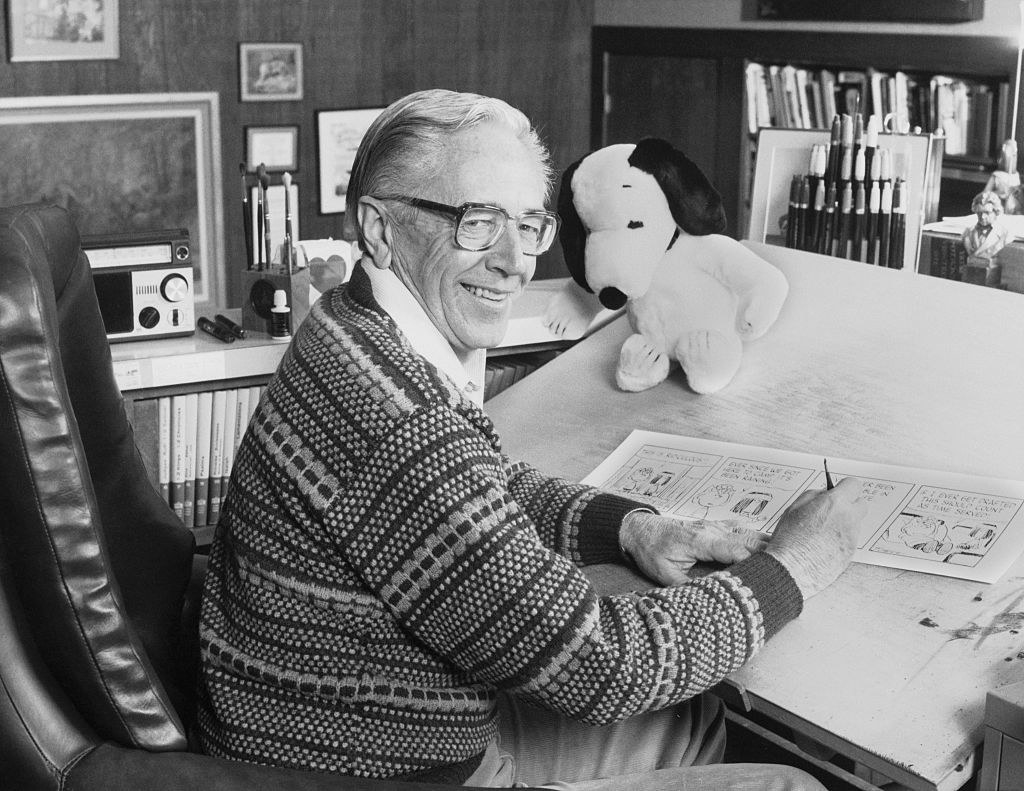
Why was Schulz forced to change the name? Turns out there were some copyright concerns with using Li'l Folks. Strips called Li'l Abner and Lil Folks had both been previously published, so newspapers worried about potential infringement claims. A newspaper syndicate editor chose the name Peanuts, without Schulz's input. Despite hating the name, Schulz devoted the rest of his life to working on the comic.
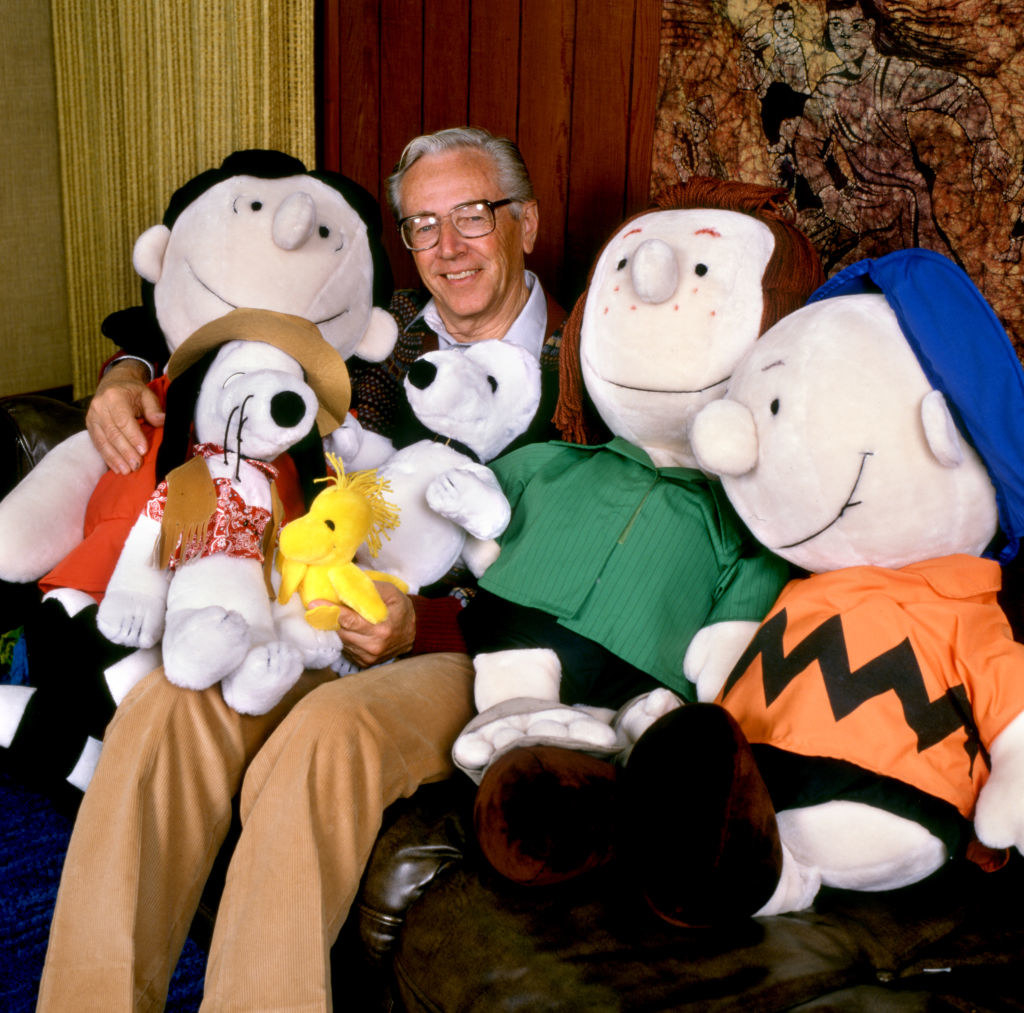
44. The glass frog has translucent skin, which means you can see not only the frog's internal organs, bones, and muscles, but also its heart beating and food digesting. Scientists say their skin helps them blend into their surroundings and protects them from predators.
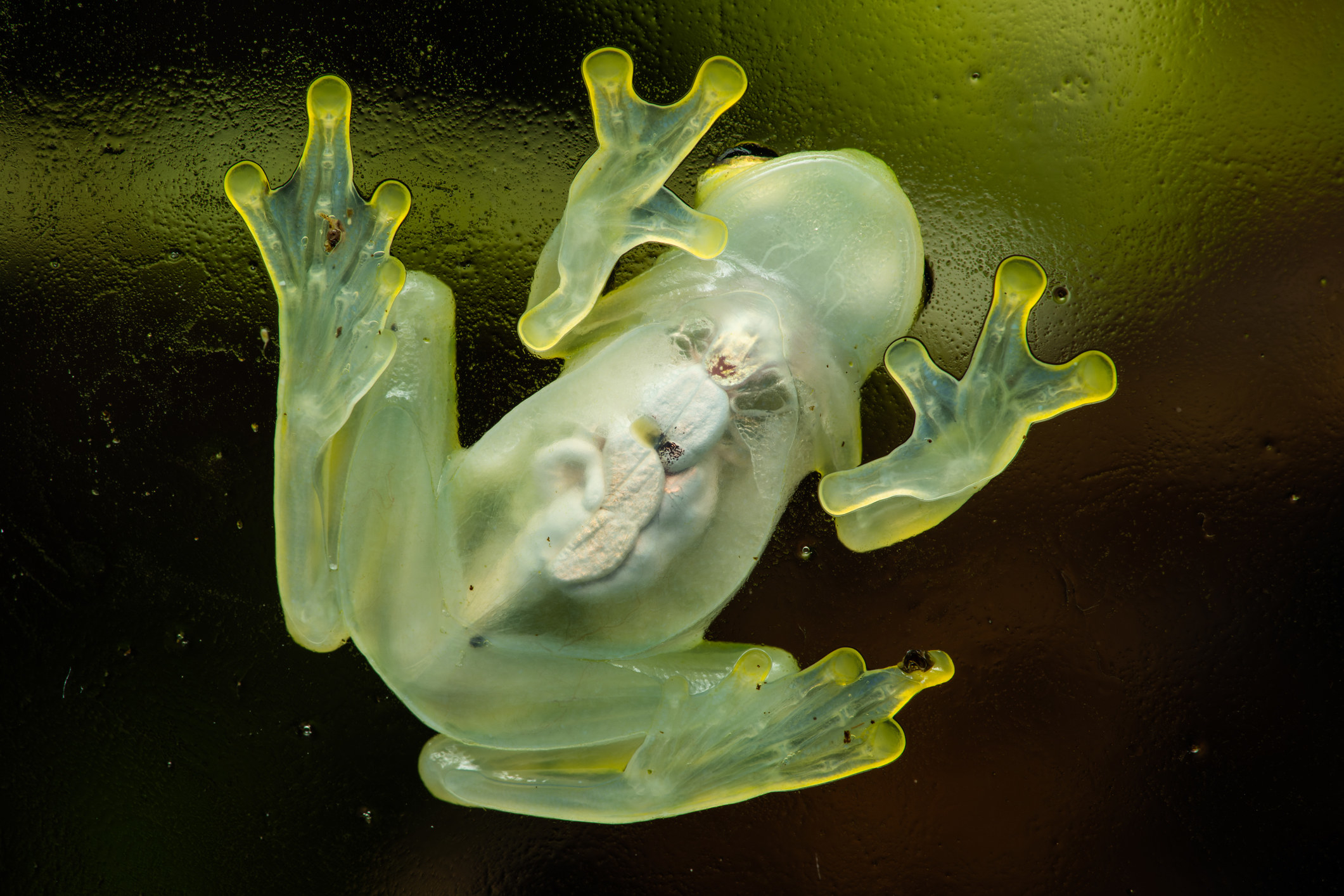
45. George Remus, a lawyer from Cincinnati, is believed to have been F. Scott Fitzgerald's inspiration for Jay Gatsby, the main character in The Great Gatsby. When Prohibition became law in 1918, Remus decided to leave his legal career to try out the smuggling business after noticing that many of the criminals he defended in his legal work were getting incredibly rich through bootlegging. He started studying the Volstead Act, which officially banned alcohol, and found that alcohol could technically be sold if it was labeled as medicine. Before practicing law, Remus was a pharmacist, so he was able to use his medical background to create his scheme.
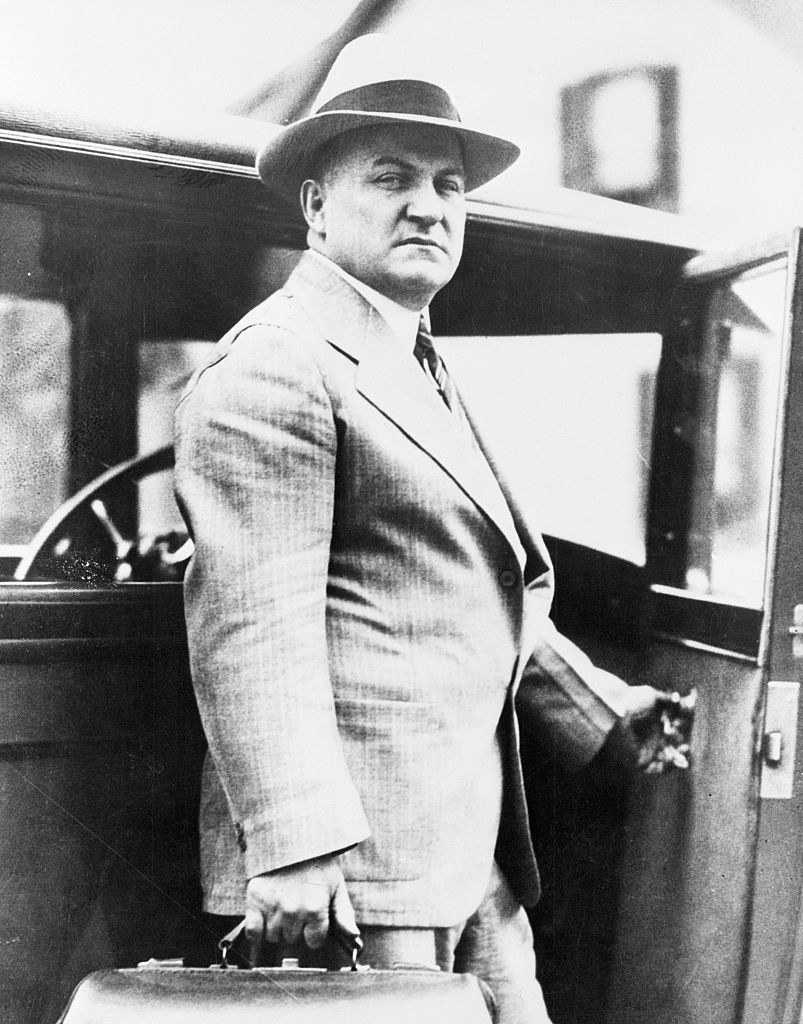
The scheme involved Remus purchasing distilleries to produce medicinal alcohol and creating trucking companies. He would have his employees "steal" his alcohol, then use his trucking companies to distribute it. After three years of this, Remus had made an estimated $40 million, and began living quite lavishly. He bought a huge mansion that he called Price Hill, installed an indoor pool at his daughter's request, and began purchasing rare art and exotic plants to decorate the estate. In order to keep his misdeeds on the down low, he began bribing law enforcement and encouraged them to focus on his competitors. In 1925, Remus's luck ran out. He was charged with violating the Volstead Act and was sent to prison in Atlanta, where he received special treatment. Remus even told his cellmate, Franklin Dodge, that his wife was controlling his vast estate and hiding his assets from the government, so he would be living a life of luxury once again upon his release.
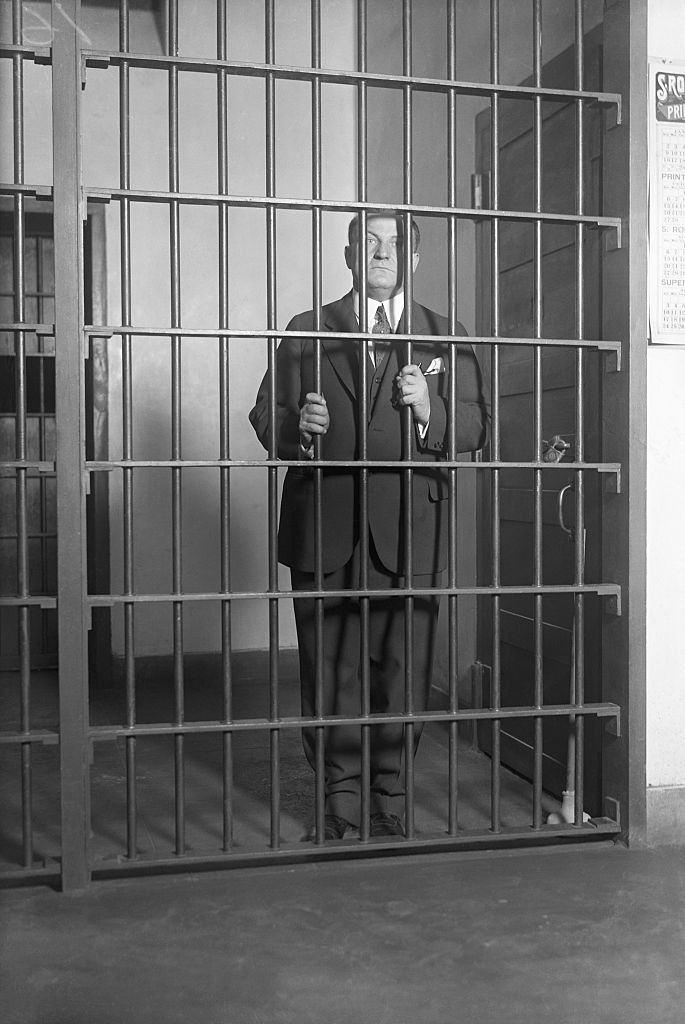
Dodge was actually an undercover FBI agent in the prison, and after hearing Remus's story, resigned his post and headed to Cincinnati, where he started an affair with Remus's wife Imogene. Together, they began to sell off Remus's assets to end his bootlegging empire. When Remus was released from prison, Imogene filed for divorce. While on the way to the courthouse to finalize the papers, Remus had a group of cars chase her down, forcing her to abandon her vehicle. When she got out, he shot and killed her. During his murder trial, Remus, who defended himself, was found not guilty by reason of insanity and was sent to an asylum. His stay in the asylum was short-lived after he convinced the staff that he was not actually insane. While he tried to reboot his bootlegging empire, his attempts were unsuccessful, and he moved to Kentucky where he lived relatively quietly until his death in 1952.
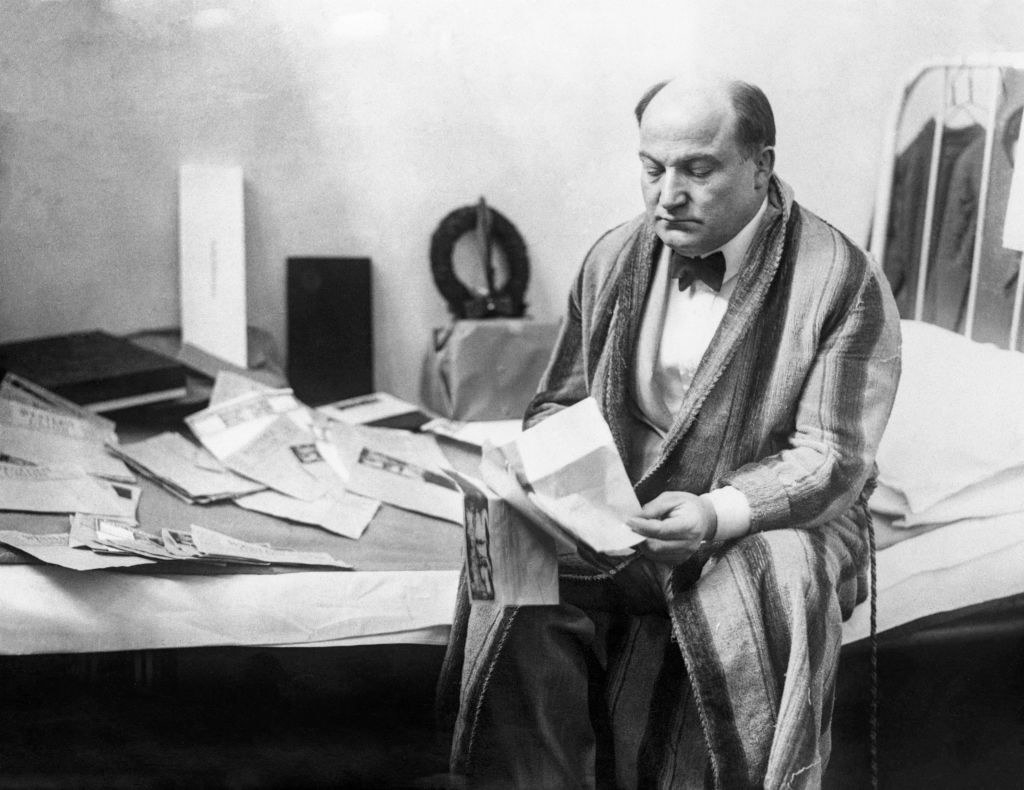
So, where does the Gatsby connection come in? Remus was notorious for throwing huge parties at his mansion, where he would give attendees jewelry and other lavish gifts. At one party, Remus allegedly gave every single guest a new car. Similarly to Jay Gatsby, Remus rarely came out of his room during these parties and spent most of his time in his private library. F. Scott Fitzgerald actually met Remus at a hotel in Louisville, Kentucky. Fitzgerald was reportedly captivated by Remus's personality and decided he was going to base some of Gatsby's character traits on Remus's lifestyle. In addition to being the inspiration for one of literature's most recognizable characters, Remus was also a character in Boardwalk Empire, which aired on HBO.
46. Terry Crews is an incredibly gifted artist! Crews majored in art while attending Western Michigan University, where he also played football. Crews said that he spent most of his NFL career on the bench, and decided he would offer to paint portraits of his fellow players to earn extra money. "Humility gets you far," Crews told Jimmy Kimmel. "If you want to make some money, you've got to humble yourself." He also worked as a courtroom sketch artist, created graphics for a news station in Michigan, and even designed logos for local rappers.
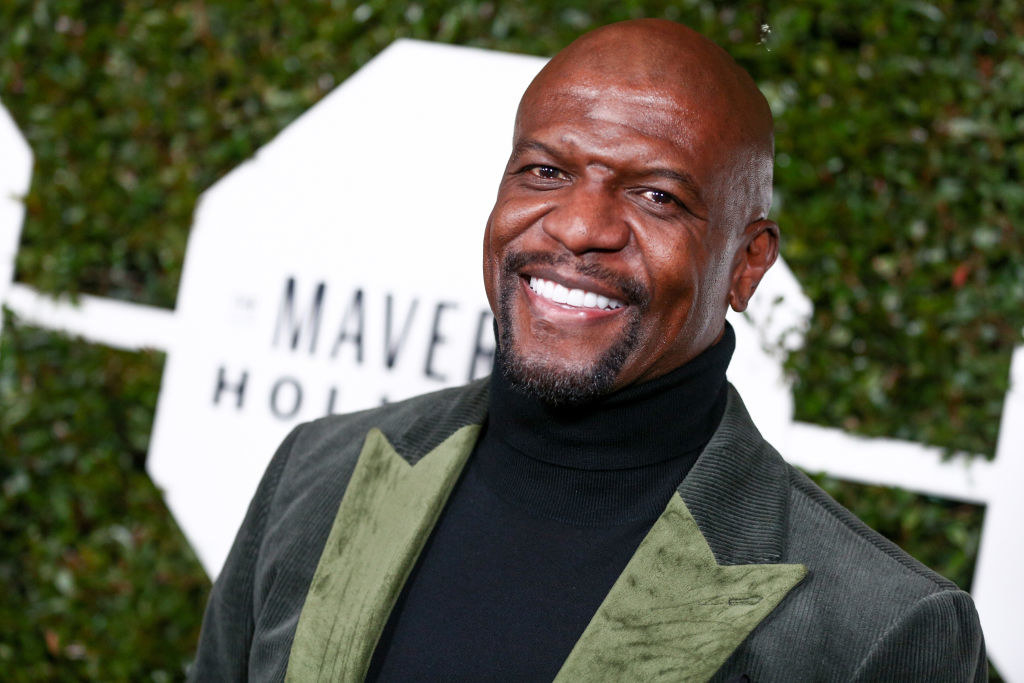
47. During the 1985 NFL season, the Chicago Bears were a dominating force on their way to a win in Super Bowl XX. In December 1985, the team recorded "The Super Bowl Shuffle," a hype song ahead of the team's playoff run. The song was released to much fanfare, and ended up reaching No. 41 on the Billboard Hot 100 by February 1986, just in time for the Super Bowl. The team promised that the proceeds from the song would go to charity, and even included the line, "Now we're not doing this because we're greedy / The Bears are doing it to feed the needy," in the song.

In 1987, "The Super Bowl Shuffle" was nominated for a Grammy for Best R&B Performance by a Duo or Group with Vocals, but lost to Prince's "Kiss." The song's success inspired tons of imitations from other NFL teams, and even spawned pop culture parodies. In 2010, seven of the team members reunited to film a new version of the song, which was used as a Super Bowl commercial for Boost Mobile.
View this video on YouTube
48. Pencils are typically yellow because in the 19th century, when pencil production began, the best graphite came from China. American pencil makers wanted to convey to customers that their pencils were made from the finest graphite, so they made them yellow, which in China, signified royalty and respect.
49. You're probably familiar with the debate over whether a tomato is a fruit or vegetable, but did you know that the Supreme Court has even weighed in? In the 1890s, New York taxed tomato imports as if they were a vegetable, even though importers argued that tomatoes were fruits, which were not taxed. In 1893, the Supreme Court ruled in Nix v. Hedden that while tomatoes were scientifically a fruit, they were more often used in cooking as if they were a vegetable, and ruled that the tax on them stood.

50. Grover Cleveland somehow was able to spin a horrific scandal to his advantage in his bid for the presidency. It all started in 1873, when Cleveland met Maria Halpin and insisted that he take her on a date. After their dinner, Cleveland escorted Halpin back to her room at the boarding house where she was staying and allegedly raped her. When she threatened to alert the authorities, Cleveland told Halpin that "he was determined to ruin me if it cost him $10,000, if he was hanged by the neck for it. I then and there told him that I never wanted to see him again [and] commanded him to leave my room, which he did." Six weeks later, Halpin learned that she was pregnant with Cleveland's baby.
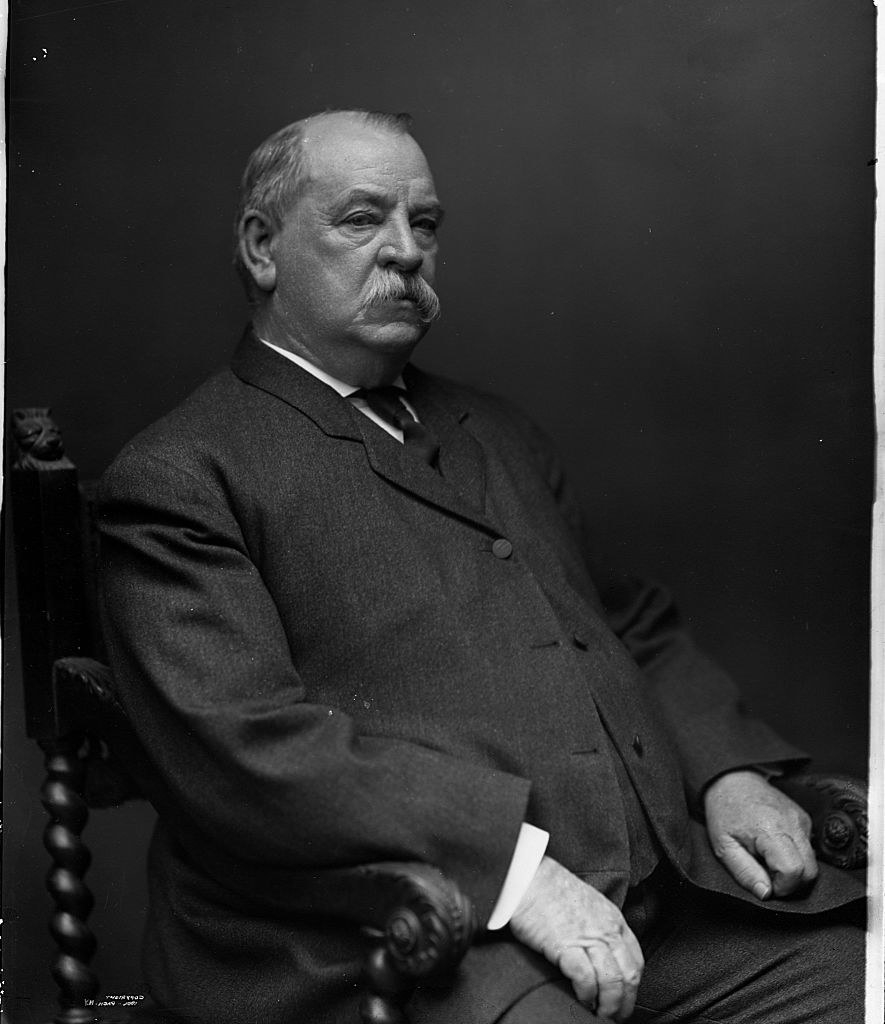
Cleveland had his sights set on entering politics and believed that a scandal would derail his chances. He arranged to have the baby taken from Halpin, who he sent to the Providence Lunatic Asylum. In 1881, Cleveland became the mayor of Buffalo, and just a year later, was elected governor of New York. By 1884, he was known in the press as "Grover the Good," and secured the Democratic nomination for president. Soon, the media revealed the story of Cleveland's son and exposed Halpin's identity. Cleveland's team created a story that Halpin slept with several married men, and said that Cleveland bravely decided to say he was the child's father because he was the only single man in the group. Many believed Cleveland's story, and he was elected president in both 1885 and 1893. Researchers have since debunked Cleveland's claims.
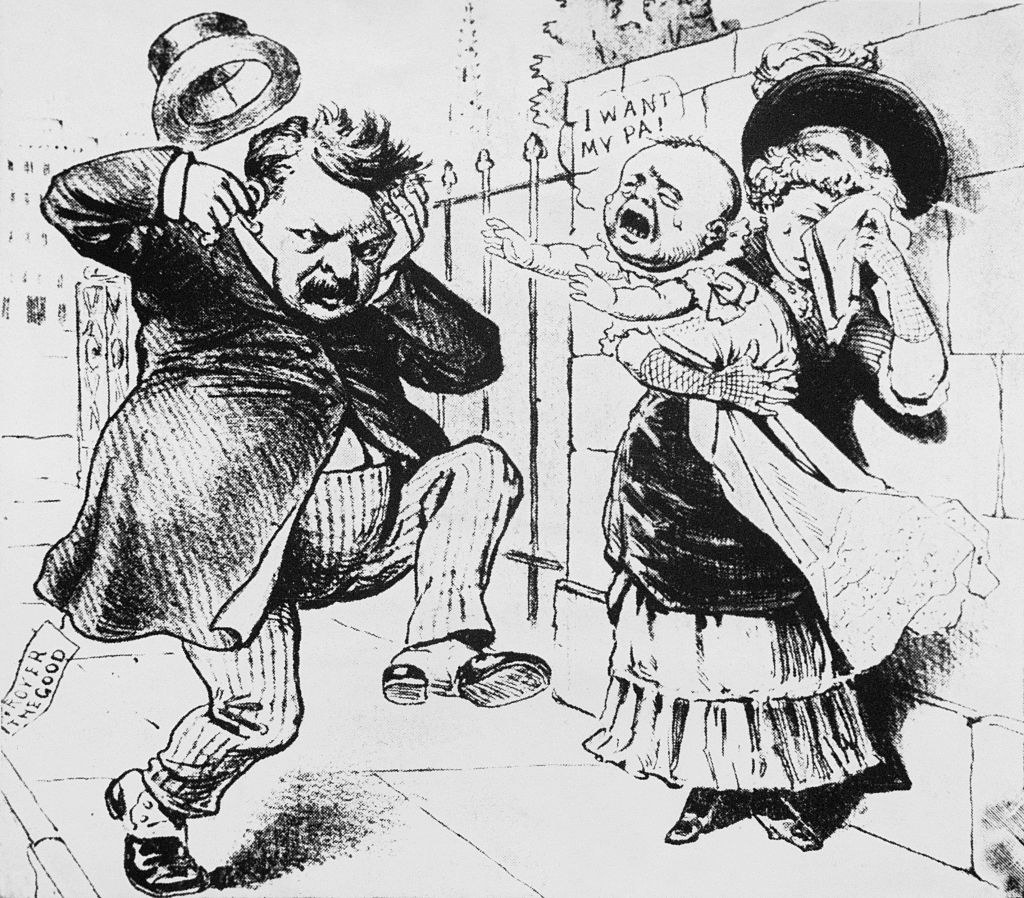
51. The Doors' hit song "Touch Me" originally had a much different name and meaning. When Robby Krieger, the band's guitarist, originally brought the song to his bandmates, it was called "Hit Me," and based on playing blackjack. Jim Morrison refused to sing the song as Krieger wrote it because he believed that people would take the lyrics seriously and hit him when they saw him out and about. When he asked Morrison what the lyric should be changed to, Morrison allegedly said, "Well, I don’t want to be hit. … I mean, if people are gonna do anything I want them to — wait a minute, I got it. … I want 'em to touch me."
View this video on YouTube
52. Ladybugs were named by European farmers who prayed to the Virgin Mary to ask her to protect their crops from pests. Soon after, they noticed that a new species of bug had eliminated the invasive bugs that had been eating their plants, so they dubbed the new bug "beetle of Our Lady." This was eventually shorted to "lady beetle," before finally landing on "ladybug."
53. When filmmakers were adapting the songs from the stage version of Grease for the film, they decided to make a few tweaks to some of the lyrics. The song "Look At Me, I'm Sandra Dee" originally included a lyric in reference to Sal Mineo, a teen heartthrob who had been stabbed to death in 1976. They decided to change the song lyrics to respect Mineo's memory, and replaced the mention of him with the line, "Elvis, Elvis, let me be. Keep that pelvis far from me."
View this video on YouTube
Production scheduled the shoot for the "Look At Me, I'm Sandra Dee" scene on August 16, 1977, which just so happened to be the day Elvis Presley died. Randal Kleiser, who directed the movie, said that the whole crew knew about Elvis's death while filming the scene, and found the entire situation to be rather chilling. "We did this number, and everybody kind of looked at each other like: 'Yeah, this is creepy.'"
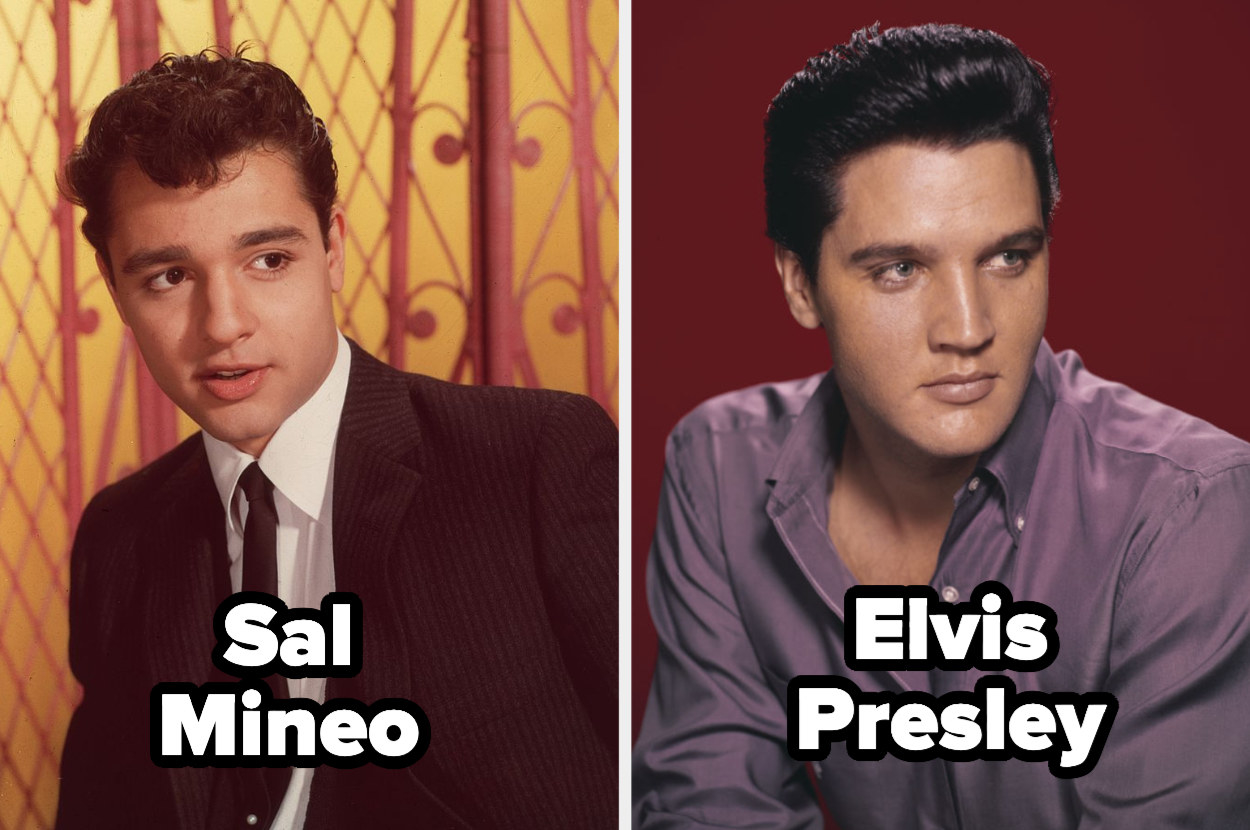
54. According to the Oxford Dictionary, "publicly" is the most commonly misspelled word. It's believed that "publicly" trips so many people up because it violates a major spelling rule: for words ending in "ic," you typically add "ally" to the end, but in the case of "publicly," the only addition is "ly."
55. Kelly Clarkson made history and kickstarted an incredible career when she won American Idol in 2002, but it turns out that she didn't initially even want to win the competition. When the competition show debuted, part of the obligations for the winner included starring in a movie. "I do remember Justin [Guarini, Clarkson's runner-up] and I having the conversation before, and I was like, 'I don’t want to win, I don’t want to win,' because we found out we had to do a movie,” Clarkson told Entertainment Weekly. "He really wanted to do a movie. And I really didn’t want to do a movie. I was like, 'It would be really super cool if I got second and you got first, because the winner has to do the movie and the second one doesn’t.'"

Clarkson ended up winning and went on to star in From Justin to Kelly alongside Guarini. The movie was a box-office bomb, and the movie studio even got called out for trying to push the movie out of theaters as quickly as possible. To make matters worse, the soundtrack was never even released due to the movie's poor reception. Clarkson joked to Time that she just pretends the movie doesn't exist. "I want to own all of it. I just want it to not be here," she said.

56. In 1947, fruit flies were the first animal to be launched into space. The flies were launched in a V-2 rocket, where they reached an altitude of about 68 miles before returning to Earth via parachute. The fruit flies were chosen as the first animals in space because their genetic code has a lot of similarities with that of humans, so scientists could get a clearer picture of the effect of space travel on humans. The flies survived the trip and showed no signs of mutation, which paved the way for other animals, then humans, to reach space.
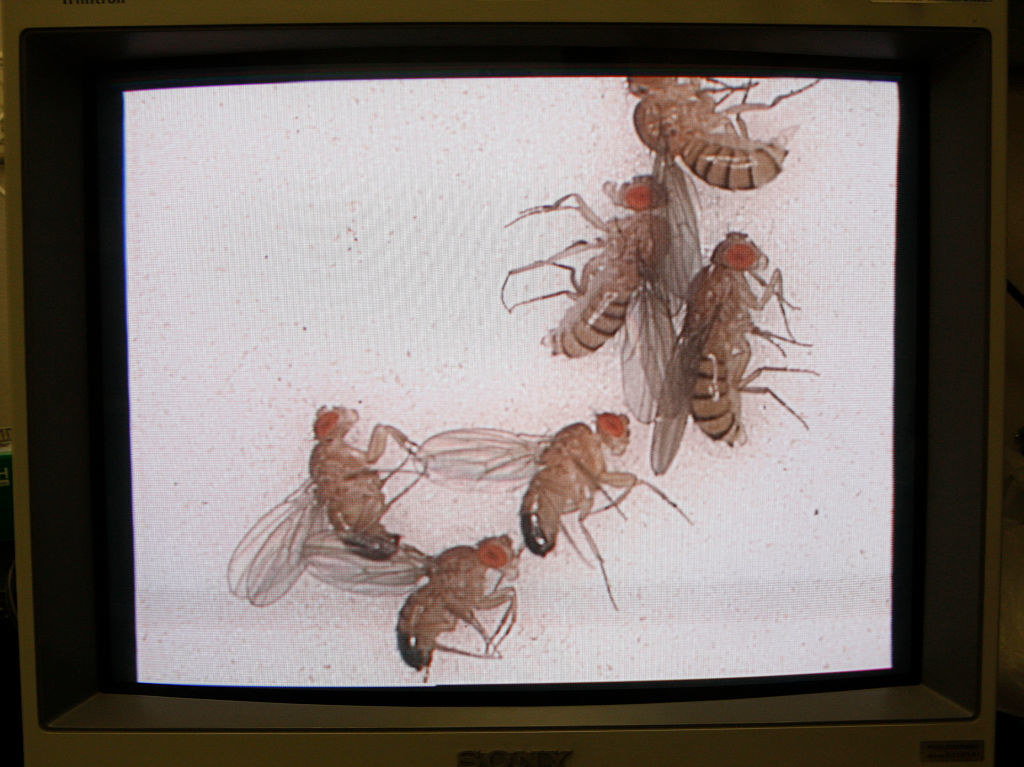
57. Purple is a color that's frequently associated with royalty. It all comes from a shade called "tyrian purple," which was created using the mucous glands from snails. The resulting pigment smelled absolutely horrible, but was revered because instead of fading over time like most colors, it deepened in intensity with each wear.
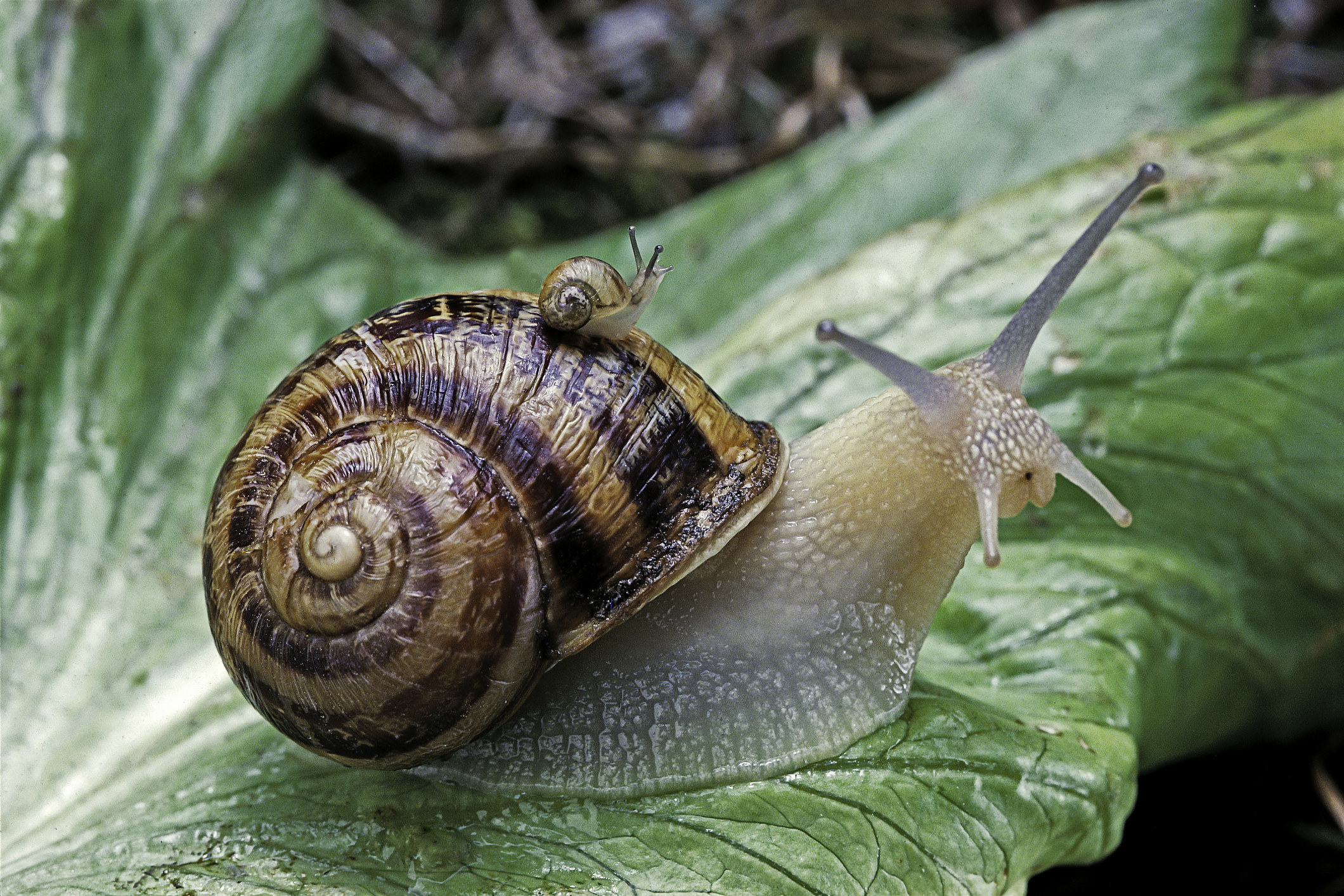
58. In 1918, people in Russia had nearly two weeks entirely wiped off of the calendar. Prior to 1918, Russia used the Julian calendar, which had been invented by Julius Caesar. After the Gregorian calendar was invented, the Julian calendar was seen as less precise, in part because it lagged 13 days behind its Gregorian counterpart. Most of the world switched to the Gregorian, but Russia decided to continue using the Julian. After the Bolshevik Revolution, it was decided that Russia would finally switch to the Gregorian to match up with the rest of the world.

The issue? In order to switch, they would have to completely bypass the 13-day difference between the calendars. It was decided that after January 31, 1918, the calendar would switch right to February 14, 1918. Before making the decision to eliminate the two weeks from the calendar, the Bolsheviks considered making it a years-long process in which they would shave one day off of the calendar each year until they caught up, before deciding to do it all at once. However, Russia still uses the Julian calendar for religious purposes.
59. While you probably don't associate landlocked Wyoming with the ocean, the state boasts a creek where half of the water flows to the Atlantic Ocean and half to the Pacific. The creek is fittingly called Two Ocean Creek, and those who take the 15-mile hike through the Tetons to see it call it the "Parting of the Waters."
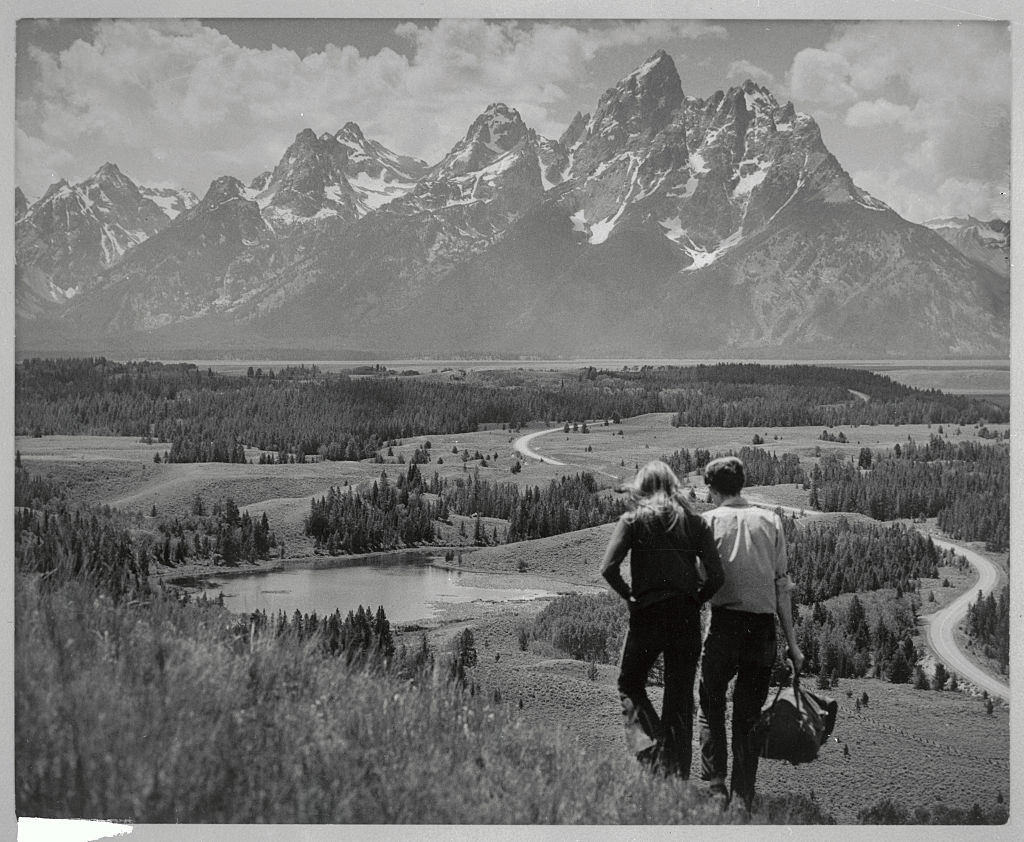
60. When Prince Edward, Queen Elizabeth II's youngest son, got married in 1999, his mother planned to bestow him with the title of the Duke of Cambridge. However, Edward was a huge fan of the movie Shakespeare in Love, in which Colin Firth portrayed a fictional royal named Lord Wessex, and asked his mother if he could take the title of Earl of Wessex instead because he liked the way "Wessex" sounded. She obliged, and now Edward and his wife Sophie are known as the Earl and Countess of Wessex.
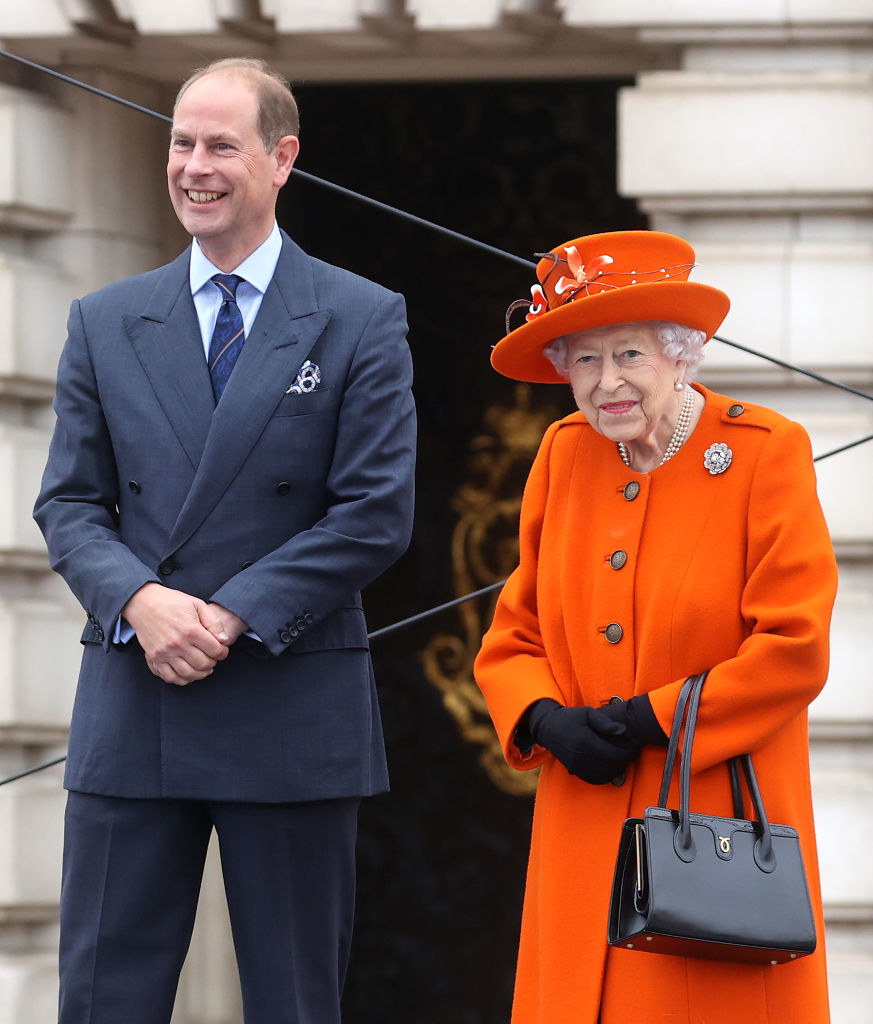
61. Dr. Antonia Novello made history when she became the first woman, first Latine person, and first person of color to be named US Surgeon General. Novello was born in Puerto Rico in 1944, where her mother, who was a school principal, emphasized the importance of education. She was born with a condition called congenital megacolon, which limited her energy. For years, her family was unable to afford the costly surgery. When Novello was 18, she got the first of two surgeries that would change her life. From that point on, she was determined to become a doctor.

Novello attended both college and medical school at the University of Puerto Rico. During her time in medical school, Novello's aunt died from kidney failure, which inspired Novello to specialize in pediatric nephrology (the study of the kidneys). After continuing her medical studies at both the University of Michigan and Georgetown University, Novello entered private practice, but found the emotional impact of working with critically ill children to be difficult, and turned to public health causes that would allow her to make big changes in medicine that would benefit larger populations. She worked to help establish the national organ donor registry and helped write the health warnings on cigarette packaging. In 1987, Novello began to focus on pediatric AIDS. In 1990, President George H.W. Bush took notice of Novello's work and named her Surgeon General, making her the nation’s top health official.
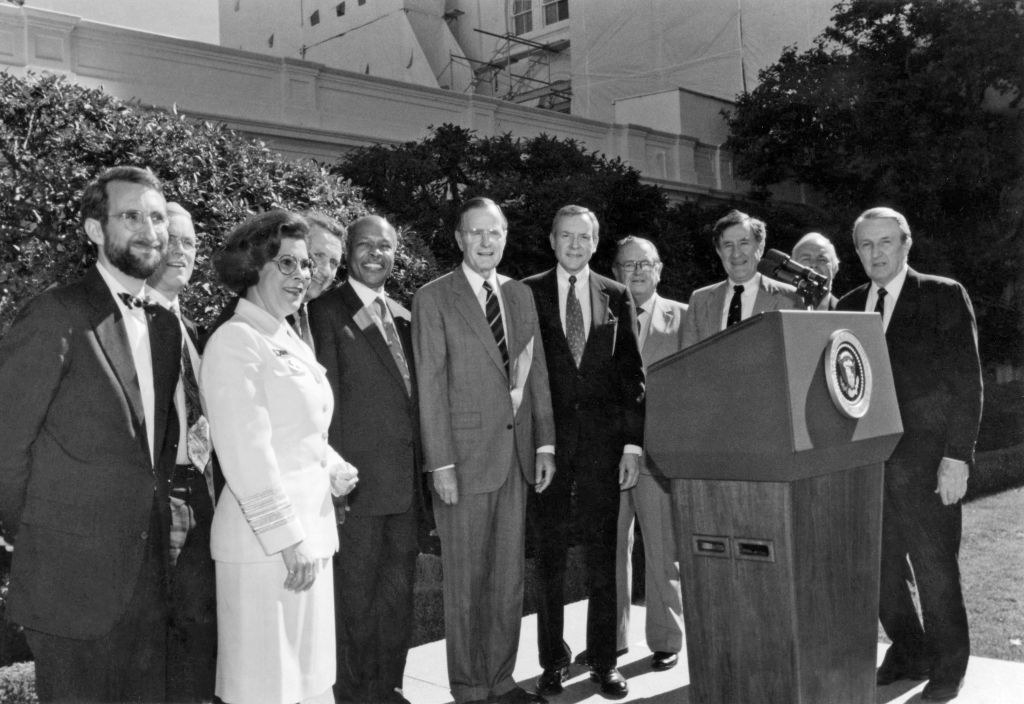
During her tenure as Surgeon General, Novello focused heavily on the health of women, children, and minorities. She worked to end underage drinking and smoking by targeting companies that aimed their advertising to children through cartoons. She also promoted pediatric immunization and stood up for causes preventing domestic violence. After leaving the White House, she worked for both the New York and Florida state governments. In 2017, she traveled to her native Puerto Rico to provide medical aid after Hurricane Maria, and in 2021, administered COVID-19 vaccines in San Juan.

62. Elephant seals have a shocking similarity with humans who are heavy smokers. Both seals and frequent smokers have high levels of carbon monoxide in their blood. Scientists think that the elevated carbon monoxide levels come from holding their breath while diving deep into the ocean.
63. Remember the scene in Clueless when Cher refuses to get on the ground while being robbed at gunpoint because she doesn't want to ruin her designer dress? The scene and the classic line "You don't understand. This is an Alaïa!" were inspired by a true story. Writer-director Amy Heckerling told Interview magazine that she was at dinner with a group of agents who were talking about their colleague whose wife made him start wearing designer suits.
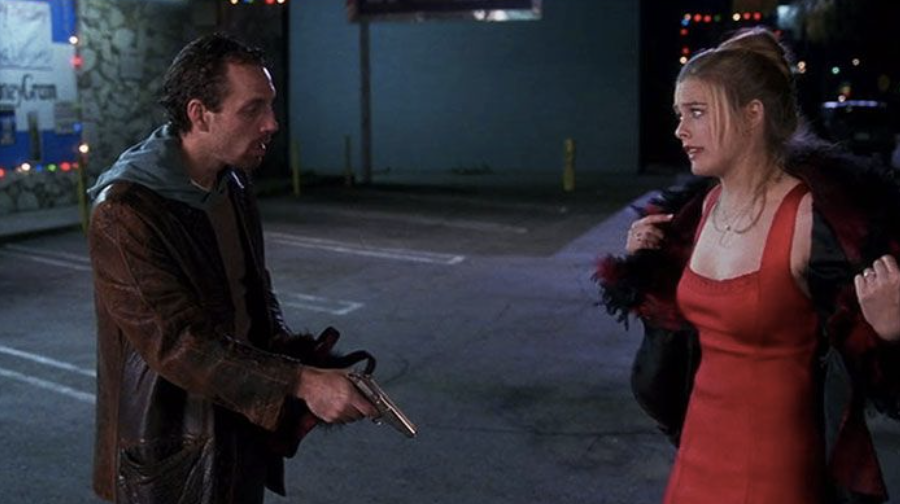
"He had all these Armani suits. He wasn’t the kind of guy that felt comfortable in any of this, and he just knew that this was what he was doing because she wanted it and insisted on it," she said. "Suddenly he had to go out wearing this stuff, and he got held up, and the mugger said, 'Get on the ground!' He said, 'But this is Armani!' It wasn’t like he loves Armani — it was more like he was more afraid of his wife than a guy with a gun." Heckerling thought the story was so funny that she decided to write her own version into the movie.

64. While I can't say I've ever felt the need to top a piece of apple pie with a slice of cheese, in some places, it's a traditional way to enjoy the dessert. In 1999, a law was put on the books in Vermont requiring bakers to make "a good faith effort" to "serve it with ice cream, cold milk, or a slice of cheddar cheese weighing a minimum of 1/2 ounce."

65. Starting in 1880, US presidents had the use of numerous presidential boats. The longest-running boat was the USS Sequoia, which set sail in 1933 and was known as the "floating White House." The US government purchased the Sequoia from a Texas oil tycoon. Before becoming the presidential yacht, the boat was used as a decoy ship to catch rum runners in the Mississippi River during Prohibition. In 1933, the boat was officially commissioned by the Navy and was first used for a fishing trip by President Herbert Hoover, who was criticized for using such a luxurious boat while the country was in the middle of the Great Depression.

From then on, every president used the boat and made special accommodations to suit his needs. Franklin Delano Roosevelt installed an elevator on board, while Harry Truman added a piano. John F. Kennedy added a king-size bed to the boat, and some even suspected that Marilyn Monroe was a guest on board. When Lyndon B. Johnson took office, he took out the elevator and added a bar in its place. Richard Nixon was the president who used the boat most frequently, clocking in 88 trips during his time in office. In fact, he even announced his plans to resign the presidency to his family on the Sequoia. When Jimmy Carter took office in 1977, he learned that the boat cost $880,000 a year to maintain and staff. Carter ran on a campaign that promised to eliminate unnecessary luxuries of the presidency and auctioned off the boat for $236,000.

Throughout the 1980s, the boat was rented out often, commanding fees of more than $10,000 a day because of its presidential history. Despite the fact that there was a demand for the Sequoia, the boat needed constant maintenance and repairs. In 2000, Gary Silversmith, an attorney, purchased the boat. Silversmith could not afford the repairs and borrowed $5 million from an Indian group called FE Partners to fix the boat, which had fallen into disarray and reportedly had a colony of raccoons living on board. After he failed to pay back the loan, FE Partners wanted to purchase the yacht from Silversmith, who sued. In 2016, FE Partners won the case and was granted the right to purchase the yacht for $0. FE Partners said they are committed to restoring the yacht.

66. As a big brunch fan myself, I was curious about how the best meal of the week was created. Turns out, the word "brunch" first appeared in Hunter's Weekly in 1895, according to Smithsonian magazine, and was described as being a meal "that's cheerful, sociable and inciting." Brunch became an even bigger deal following World War II. Many women entered the workforce for the first time during the war, and saw Sunday brunch as an opportunity to get out of the house and enjoy themselves ahead of the upcoming workweek.
67. Although blue is now regarded as the most popular color, historian Michel Pastoureau said it was originally seen as a marker of the working class and rarely appeared in ancient art or clothing. In the 12th century, people began to associate the color blue with the Virgin Mary because her cloak was often depicted as blue. Through the association with the Virgin Mary, people began to see the color in a new light and started using it in other religious imagery.
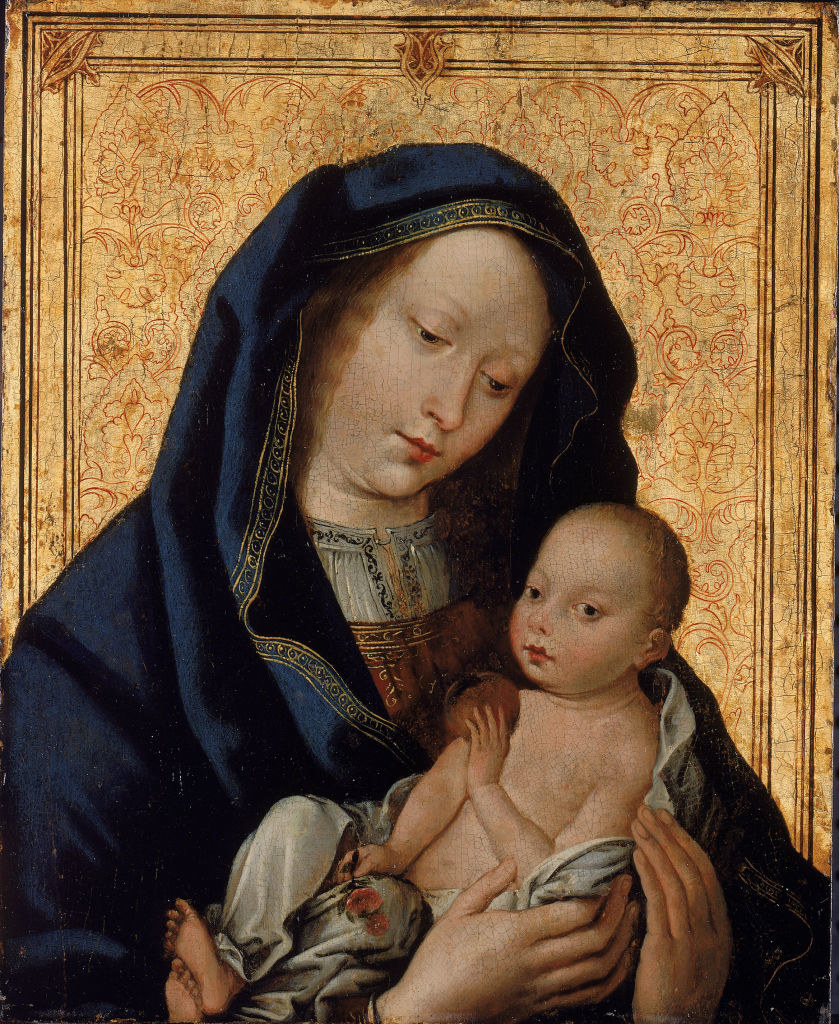
68. In 1917, the British royal family renounced all of their ties to Germany and decided to change their name to "Windsor." Prior to this, the royals didn't have a public last name, although the British National Archives said they used "Wettin" as their formal name. Before landing on Windsor, names like "Tudor-Stewart," "Plantagenet," "York," "Lancaster," "D’Este," "Fitzroy," and even "England" were considered.

69. The Rolling Stones song, "Sympathy for the Devil," was written from the perspective of Satan. The song's lyrics discuss events like the life and death of Jesus Christ, the Russian Revolution, World War II, and the assassination of John F. Kennedy. The song originally included the line, "I shouted out 'Who killed Kennedy?'" While they were recording the track in 1968, Robert Kennedy was assassinated. As a result, the band changed the original Kennedy reference to "Who killed the Kennedys?"
View this video on YouTube
The song also added to the speculation that the Rolling Stones were involved with the occult. The band had already released an album called Their Satanic Majesties Request. The album was supposed to compete with the Beatles' Sgt. Pepper’s Lonely Hearts Club Band, which featured psychedelic rock. The Stones originally wanted the album art to feature a photo of Mick Jagger naked and nailed to a cross, but their label nixed the idea. Of course, both Jagger and Keith Richards added fuel to the fire, with Jagger ripping off his shirt to reveal a Lucifer tattoo during a TV special, and Richards telling Rolling Stone magazine that he believed "everybody should give Satan a try."
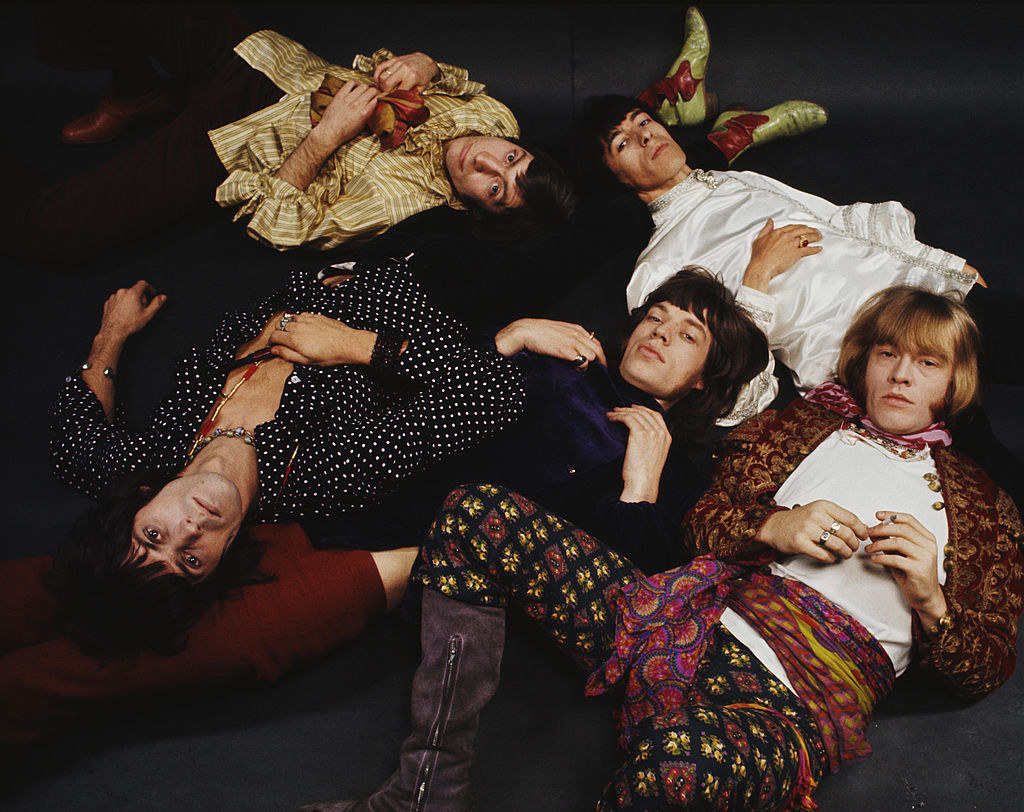
70. Before she starred on Mad Men, Christina Hendricks worked as a model and ended up on the movie poster for American Beauty, even though she wasn't even in the movie. "I had no idea what the film was. There were two models, myself and one other," Hendricks told Entertainment Weekly. "And we did different versions of her hand and her stomach, and my stomach and her hand, and my hand and both. My hand made it in and her stomach made it in." Hendricks kept the story secret for over 20 years before revealing it in a post on Instagram.
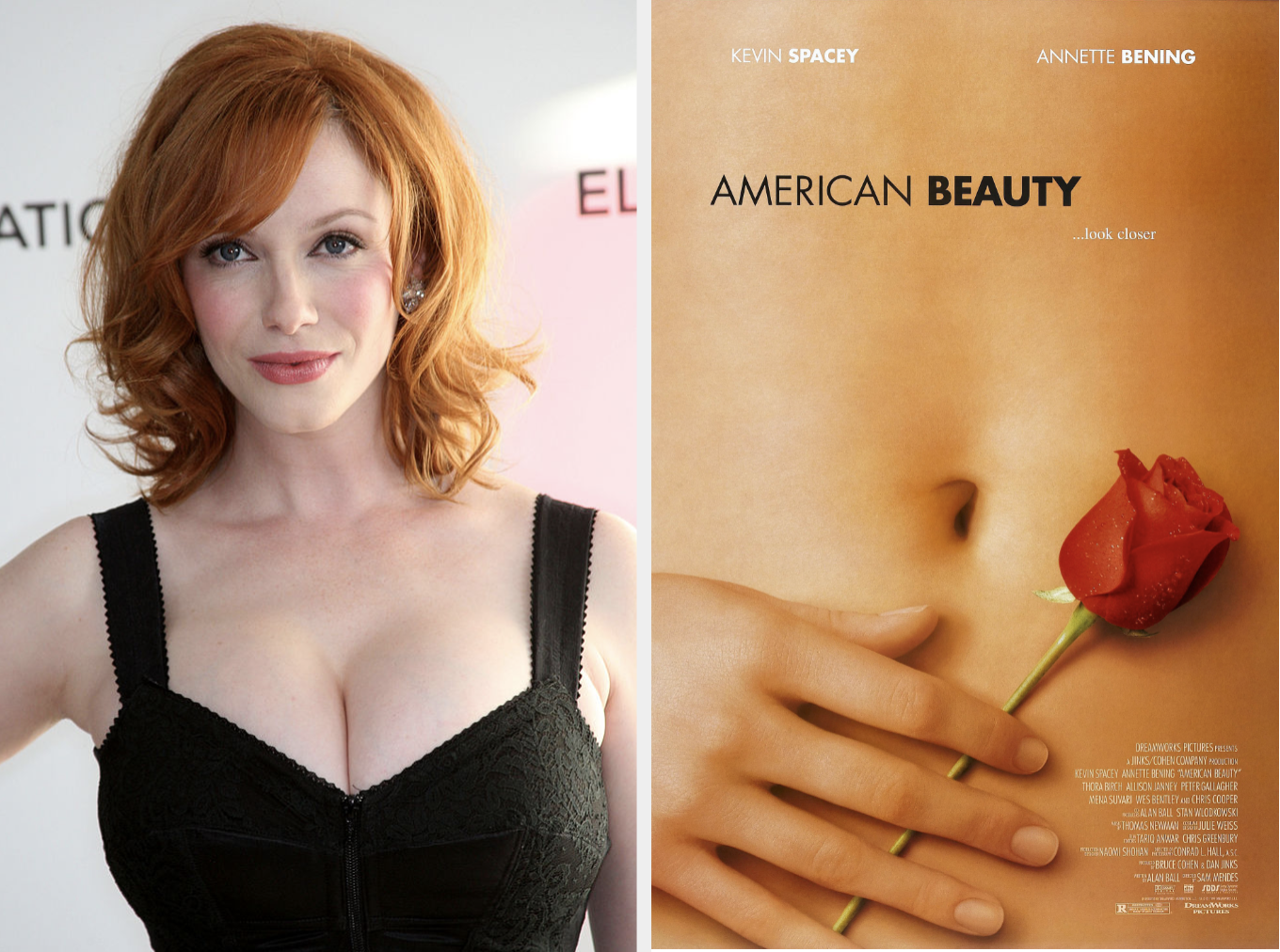
71. In the late 1800s, John Newell Hurty, a chief public health official in Indiana, started a crusade to lower disease rates in the state, which he believed were linked to dirty milk. He knew that many of the prevalent diseases like typhoid and dysentery were spread because of a lack of sanitation, and had begun to notice that the American dairy industry had a history of being "notoriously careless."
He found that in addition to the carelessness surrounding production, US dairy producers had taken to mixing their milk with water, chalk, embalming fluid, and cow brains in order to boost the flavor and appearance of the milk and, in some cases, prevent it from going bad. By the 1890s, newspapers had begun to report on "embalmed milk" scandals. They linked hundreds of deaths to milk that had been tainted by formaldehyde, dirt, and bacteria.

In 1899, Hurty's research helped get the Pure Food Law passed in Indiana. Despite the passage of the law, dairy producers continued to use formaldehyde in their products, and even began creating new mixtures that included the compound. As more deaths became linked to the use of formaldehyde, the state started prosecuting the dairy producers. Finally, in 1906, the federal Pure Food and Drug Act officially banned the use of formaldehyde in dairy products and paved the way for pasteurization to become a common practice.
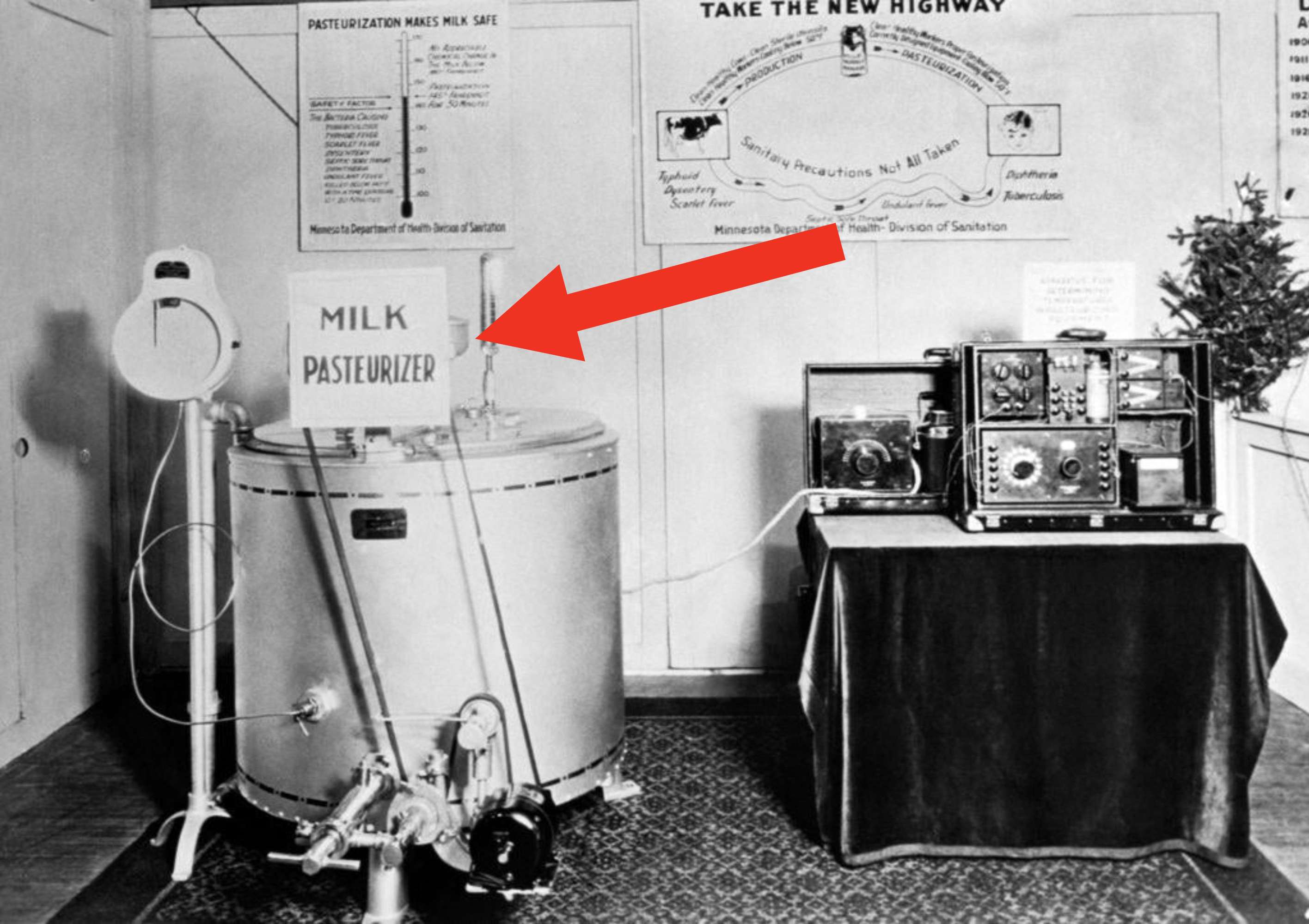
72. While you probably remember learning that butterflies feed on nectar, it turns out that they also have quite a wild diet. In addition to nectar, butterflies have been known to feed on mud, sweat, tears, urine, poop, and even rotting animal flesh. Butterflies actually get a ton of useful nutrients from each of these substances, as disgusting as they might be.
73. While casting the lead role in 1977's Superman, filmmakers were torn between casting an unknown actor who could make their role his own and going with a big name to draw in a huge audience. The filmmakers allegedly considered a massive range of celebrities. In addition to stars like Rocky actor Sylvester Stallone and bodybuilder Arnold Schwarzenegger, they considered traditional screen actors like Al Pacino and Dustin Hoffman. Soon, discussions about casting a totally unexpected actor were underway, with names like Elton John and Muhammad Ali thrown around.
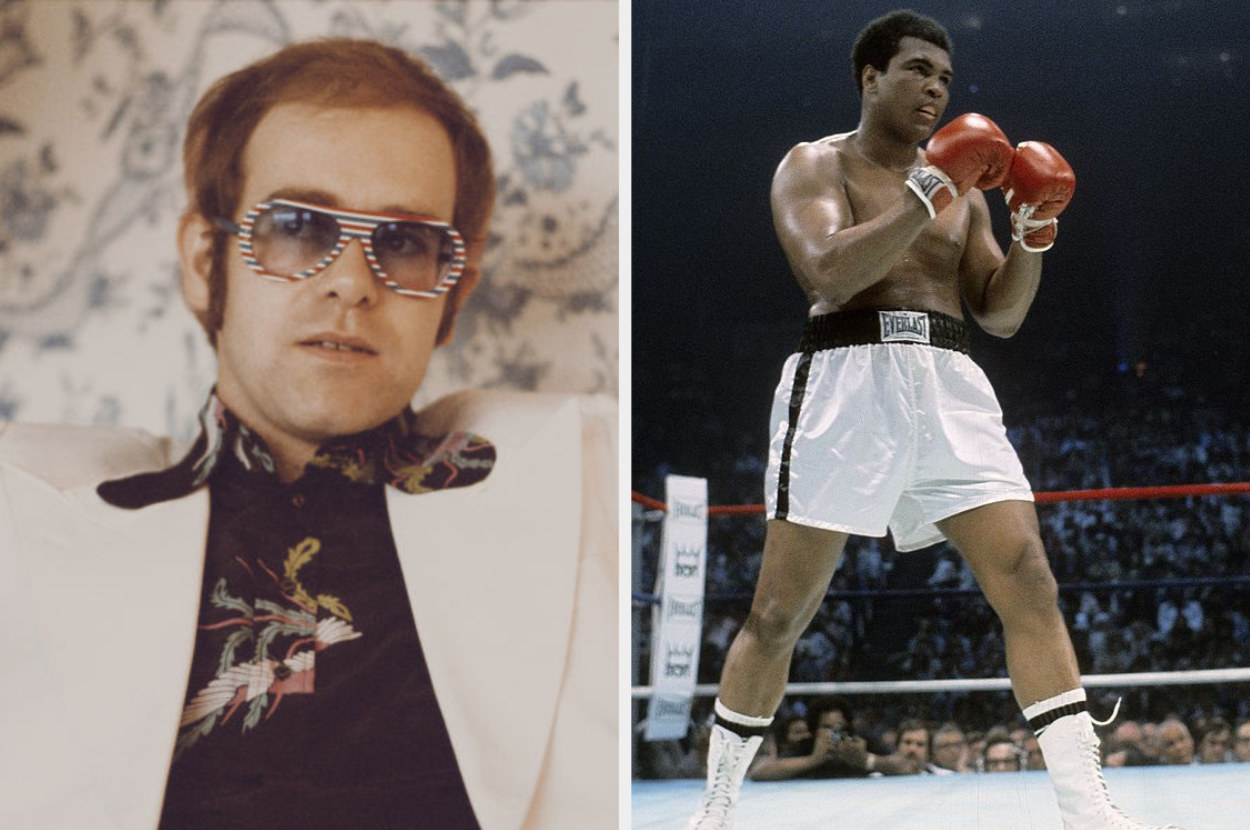
One filmmaker even reportedly asked his wife's dentist to take a screen test for the part. Eventually, they decided to cast an unknown actor and settled on Christopher Reeve. Reeve, who was an experienced pilot, actually ended up saving the movie. During the initial test shoots, Superman's flying looked very unrealistic. Reeve used his knowledge of aerodynamics to turn his body as if he were really in flight, which filmmakers say saved the movie.

74. Since the 1980s, the cost of a slice of pizza has remained consistent with the price of a subway ride in New York City. The New York Times first reported on this "pizza principle," which remained intact for nearly four decades. In 2022, however, the average price of a slice of pizza in NYC jumped to $3.14, while a subway ride costs only $2.75.
75. Janet Frame was an author from New Zealand. As a young girl, she experienced a feeling of alienation and depression following the drowning of her two younger sisters. As a result, Frame had an emotional breakdown in 1945. Her doctors believed she was schizophrenic, and Frame spent years in and out of treatment. Although she had been misdiagnosed, she was scheduled to have a lobotomy in 1952. While in the hospital, Frame wrote extensively and published her first novel shortly before the lobotomy was scheduled. Much to the doctors' surprise, the book won New Zealand's only literary award.
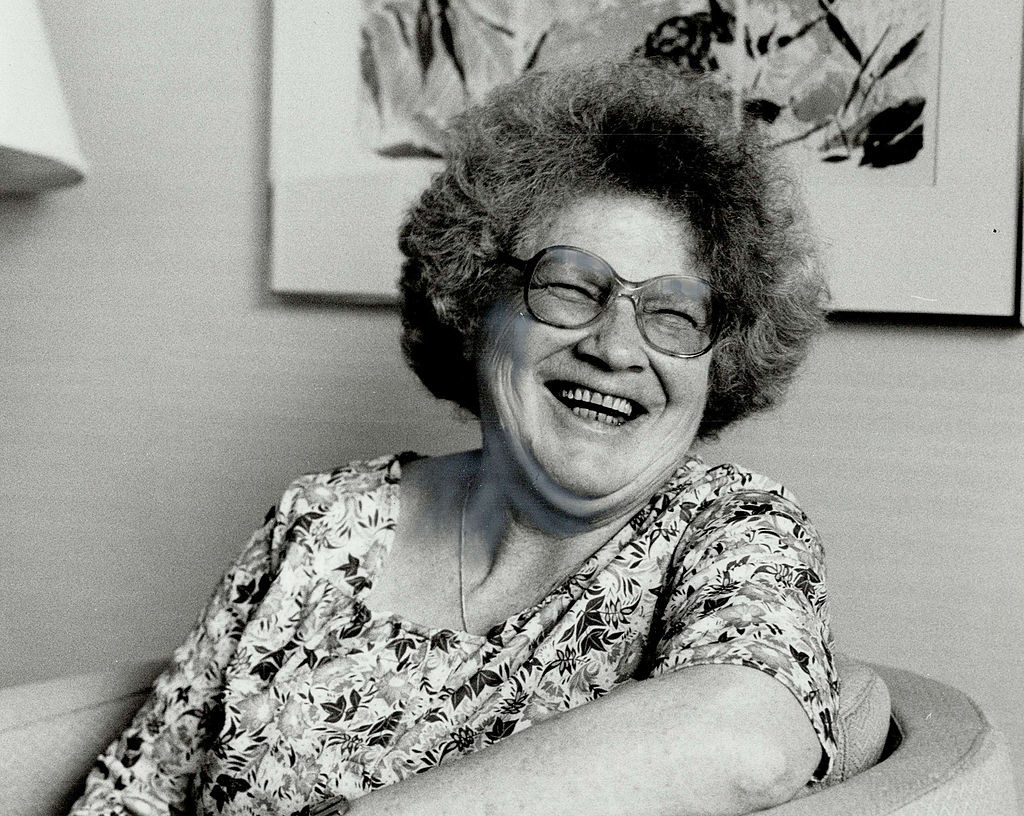
As a result, the hospital decided to cancel Frame's lobotomy, although she remained in the hospital for several more years. By 1955, she had been released and continued writing. Her experience in hospitals informed a lot of her work, and she was praised for her "insights into the world of the insane." Frame never believed that she was schizophrenic. After landing in the hospital in Europe, Frame finally convinced doctors that she was not schizophrenic, and returned to New Zealand with a letter proving that she was not suffering from mental illness, as a rebuttal to the critics who said her work was the result of her being a "mad woman."

76. Portland, Oregon, almost had a very different name! Asa Lovejoy, who was from Boston, and Francis Pettygrove, who was from Portland, Maine, owned a portion of land in Oregon in the 1800s. They couldn't decide on a name, and decided that a coin toss would reveal whose hometown they would name their land after. The men allegedly decided that a best two-out-of-three was the only fair approach, with Pettygrove and Portland winning out. The coin that was used for the toss is on display in the Oregon Historical Society Museum.
77. The late 1980s marked the rise in educational computer games, with one of the most successful one being Where in the World Is Carmen Sandiego? In the game, players worked as a detective chasing Carmen around the world as she and her cohorts tried to steal landmarks and monuments from all over the globe. Programmer Dane Bigham began working on the game in 1983. His boss, Gary Carlston, told Bigham he should consider including a copy of The World Almanac and Book of Facts in each game. Carlston had been fascinated with geography as a child and thought that including the almanac and giving the game a geographic spin would set it apart from the competition.
Where in the World Is Carmen Sandiego? was released in 1985 and was one of the first graphics-based games. The inclusion of the almanac made the game accessible to younger players, who could look up the answers to some of the geographic questions that the game posed. The game was a massive hit and spawned several spinoffs, one of which was a game show that aired on PBS and featured middle school students answering questions about geography. PBS was inspired to create the show after reading a National Geographic study that claimed one in four Americans couldn't locate the Pacific Ocean on a map. In 2019, Netflix debuted a reboot of the animated series that ran for four seasons.

78. Bacon was a longtime staple of space travel. In the early Gemini missions, it was reportedly always on the menu. During the first trip to the moon, the astronauts celebrated the landing with a meal consisting of "bacon squares, peaches, sugar cookie cubes, pineapple grapefruit drink, and coffee." Bacon remained on NASA's menu until 2002 when it was replaced with a freeze-dried sausage patty.
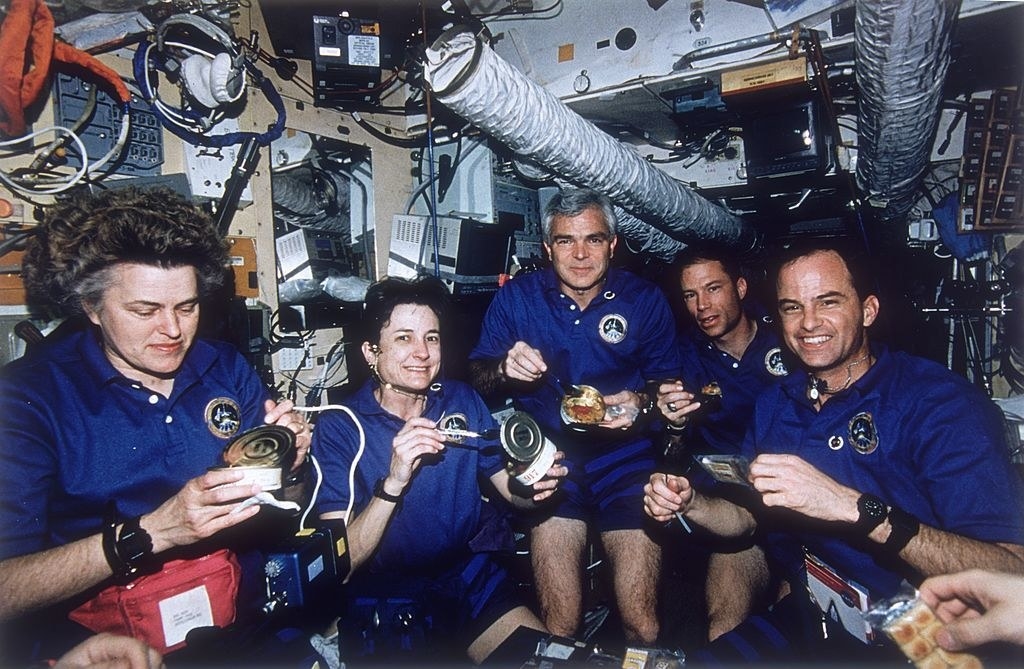
79. During the Chernobyl nuclear disaster in 1986, families were forced to evacuate the area, with many making the hard decision to leave their beloved pets behind. While Soviet soldiers shot many of the remaining animals to reduce the spread of contamination after the meltdown, it is believed that some pets were able to hide. As a result, there are now more than 900 feral dogs within the Chernobyl Exclusion Zone — a 1,000-square-mile patch of land in Ukraine — that are believed to be descendants of the animals that were left behind.

Visitors to Chernobyl have been warned not to pet the dogs, because it is believed that there are radioactive particles in their fur. Guards at Chernobyl care for the dogs, which often accompany them throughout the day. Some of the guards even refer to the dogs as their "assistants." One guard told the BBC that having the dogs around brings joy to a desolate place. "For me personally, this is a kind of symbol of the continuation of life in this radioactive, postapocalyptic world," he said.

80. When Christopher Walken was 16 years old, he spent a summer working as a lion tamer. In an interview with the Guardian, Walken recalled working with a lion named Sheba. "I would come into the cage and wave my whip, and she’d lazily get up and sit like a dog and maybe give a little roar," he said. "I like cats a lot. I’ve always liked cats. They’re great company."

81. While selling your farts in a jar has now become a moneymaking scheme, back in the days of the Great Plague of London, farting in a jar was a lifesaving measure. In 1655, doctors believed that the plague was a deadly air vapor that was caught by breathing in the atmosphere. They reasoned that if people smelled something equally potent after being exposed to the plague, then it might lessen their chances of actually getting sick. People began farting in jars and keeping them at the ready to smell, although it was most likely just a placebo effect.
82. Rigoberta Menchú is a Guatemalan human rights activist who won a Nobel Prize for her work defending Indigenous rights in her country. Menchú was raised Kʼicheʼ, which is a branch of the Mayan people. As a child, she worked on the family's farm before becoming interested in social issues through the Catholic Church. While Menchú was becoming a key player in the fight for women's rights, a guerrilla organization established itself in her town. Her family was soon accused of taking part in guerrilla activities, and her father was jailed. Upon his release, he joined the Committee of the Peasant Union, known as CUC. Menchú followed in his footsteps and joined in 1979.

Shortly after she joined the CUC, Menchú's brother, father, and mother were all killed, likely because of their political involvement. This prompted Menchú to get even more involved in human rights work. In 1980, she organized strikes for better conditions for farmworkers, protested in the country's capital, and worked on educating peasant populations on their rights. By 1981, she had been forced into hiding because of her work and fled to Mexico, where she still advocated from afar. She helped found the United Representation of the Guatemalan Opposition to fight against oppression. In 1992, Menchú was awarded the Nobel Peace Prize for her work.

83. Scientists believe that giraffes' tongues are black to protect them from getting sunburned. Giraffes spend so much time grazing on trees with their tongues out that the first eight to nine inches are black, while the rest of their tongues are pink because they won't see the sun.
84. I recently saw this tweet that claimed that Selena Quintanilla, the singer who was tragically shot and killed in 1995, was delivered by none other than Ron Paul, who ran for president and worked as an obstetrician-gynecologist in Texas in the 1960s and 1970s. I looked into the story, and it gets even more wild from there: Selena's mother didn't even know she was pregnant. "My wife was feeling ill. The doctor said at the conclusion [of the examination], 'You have a tumor. We have to operate and remove it,'" Selena's father, Abraham Quintanilla said.

The couple decided to seek out a second opinion before turning to surgery. Ron Paul was the doctor who Marcella Ofelia Quintanilla sought guidance from. "That tumor that the other doctor wanted to remove has two arms and two legs. She's pregnant," Abraham said Paul told them. Selena was born on April 16, 1971 and was delivered by Paul, who went on to pursue politics. After Selena's father revealed this connection, Paul's office said that while Paul didn't remember the exact situation, they believed it was certainly plausible. "There were just so many babies delivered in that period that [Paul] does not recall that specific case," Daniel McAdams, executive director of the Ron Paul Institute for Peace and Prosperity, told the Houston Chronicle.
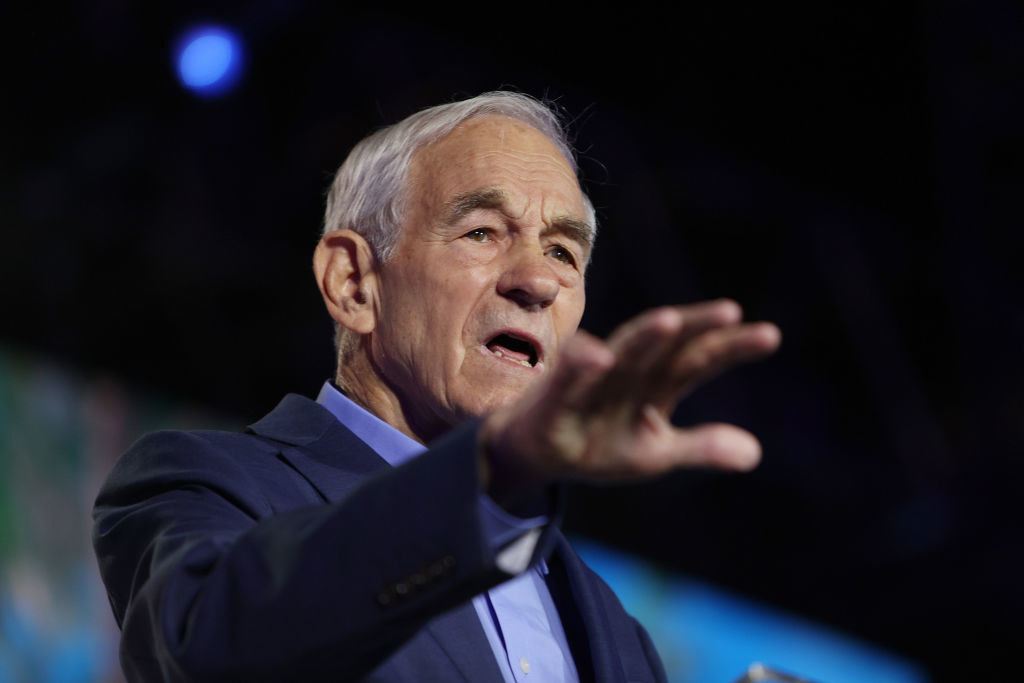
85. The Disappointment Islands, located in the middle of the Pacific Ocean, were named in 1765 by John Byron. Byron reached the islands after being sent by England to settle an island off of South America that would both give British boats a place to rest and refuel, and serve as an alternate route to the West Indies. Byron had been sailing through the Pacific for over a month by the time he reached the island. When he got there, he claimed he was incredibly grateful to reach land, but said the natives were incredibly angry that he was invading their home. An incredibly frustrated Byron left the island and dubbed it the "Islands of Disappointment," which was later changed to the Disappointment Islands.
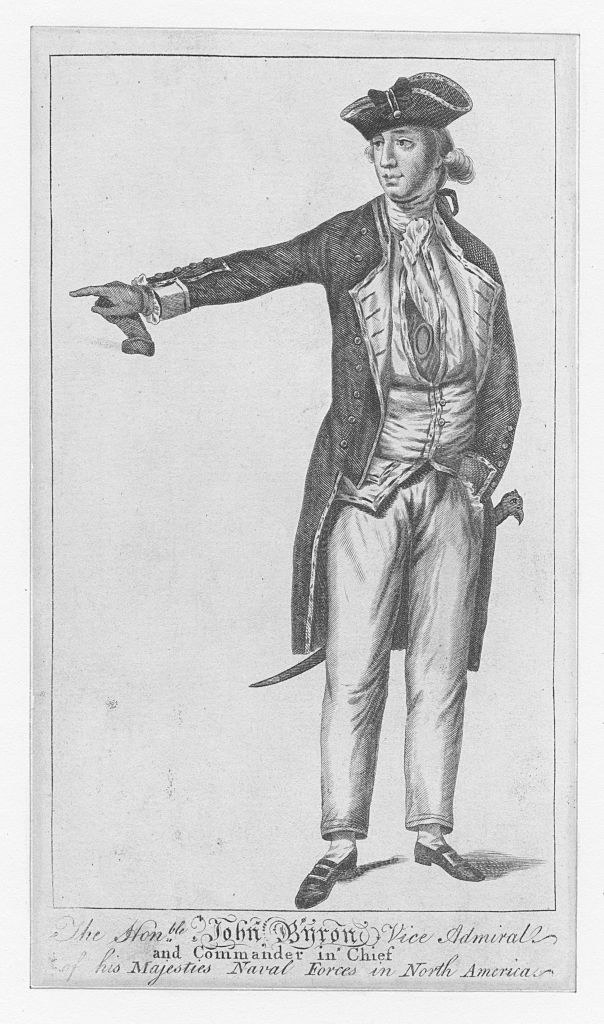
86. In 1969, the Rolling Stones, the Grateful Dead, and several other bands teamed up to put on the Altamont Free Concert at the Altamont Speedway in California. The concert, which was billed "Woodstock of the West," was free to attend, in part because the Rolling Stones had been heavily criticized for the ticket prices for their recent tour. On December 6, 1969, over 300,000 fans gathered for the festivities, which were also being filmed for a documentary about the Rolling Stones.

The festival wasn't originally supposed to be held at Altamont, but several other venues pulled out, leaving the crew at Altamont with only a few days to set up the staging for the show. In addition to location issues, those involved said there were other logistical challenges, and there was nobody appointed to oversee the entire festival. Members of the Hells Angels were hired to provide security and were given $500 worth of beer as payment for their services.

During the concert, members of the Hells Angels became increasingly violent with attendees. Some reported getting poked with pool cues by the guards, and a member of the Hells Angels even assaulted Marty Balin from Jefferson Airplane for trying to break up a fight between audience members. After seeing the chaos, the Grateful Dead decided to pull out of the show. The Rolling Stones made the choice to perform, and during their performance of "Sympathy for the Devil," Mick Jagger begged the audience to chill out.

During the performance, Meredith Hunter, an 18-year-old Black man in the crowd, was beat up by a member of the Hells Angels. After pulling his gun, Hunter was fatally stabbed by Alan Passaro. Passaro was later acquitted for the crime. Despite footage from the show appearing in the documentary Gimme Shelter, the Rolling Stones have rarely spoken about what happened at Altamont. Others have criticized the band for acting like they were the victims in the situation. "There has not been the slightest acceptance of responsibility," Joel Selvin, author of Altamont, a book about the tragedy, said. "The Stones left town without paying any of their bills. That was a pirate trip: They came to the island, they ransacked it for booty and young maidens, and then they made it back home.”

87. Jupiter's four largest moons (out of 67 total!) are called the Galilean moons, and were named Io, Europa, Ganymede, and Callisto, after the Roman god Jupiter's extramarital lovers. As more moons were discovered, they were also named after Jupiter's many partners, until NASA ran out of names in 2004 and had to start naming new moons after Jupiter's children. In 2016, a NASA spacecraft reached Jupiter to monitor the moons. The kicker? They cleverly named the spacecraft Juno, after Jupiter's wife. "The god Jupiter drew a veil of clouds around himself to hide his mischief, and his wife, the goddess Juno, was able to peer through the clouds and reveal Jupiter's true nature," NASA said in a statement about the mission.

88. Lizzo recently played James Madison's crystal flute, marking the first time the flute has ever been played. The flute was loaned to the singer by the Library of Congress and has quite the fantastic backstory. The flute was made in Paris by Claude Laurent, who was famous for crafting crystal flutes with intricate patterns and jeweled keys. Soon, Laurent's flutes became famous among the aristocracy and other famous figures around the world. Laurent crafted a custom flute for Madison as a gift for his second inauguration in 1813.
NOBODY HAS EVER HEARD THIS FAMOUS CRYSTAL FLUTE BEFORE NOW YOU HAVE IM THE FIRST & ONLY PERSON TO EVER PLAY THIS PRESIDENTIAL 200-YEAR-OLD CRYSTAL FLUTE— THANK YOU @librarycongress ❤️
On August 24, 1814, British troops stormed Washington, D.C., setting fire to the nation's capital during the War of 1812. First Lady Dolley Madison began packing up priceless belongings before fleeing the White House. The crystal flute was rumored to be one of the items she rescued, along with a portrait of George Washington. "At this late hour, a wagon has been procured. I have had it filled with the plate and most valuable portable articles belonging to the house," she wrote in a letter to her sister. The flute was later passed on to Madison's son from her first marriage. Upon the son's death, the flute was donated to a museum before making its way to the Library of Congress.
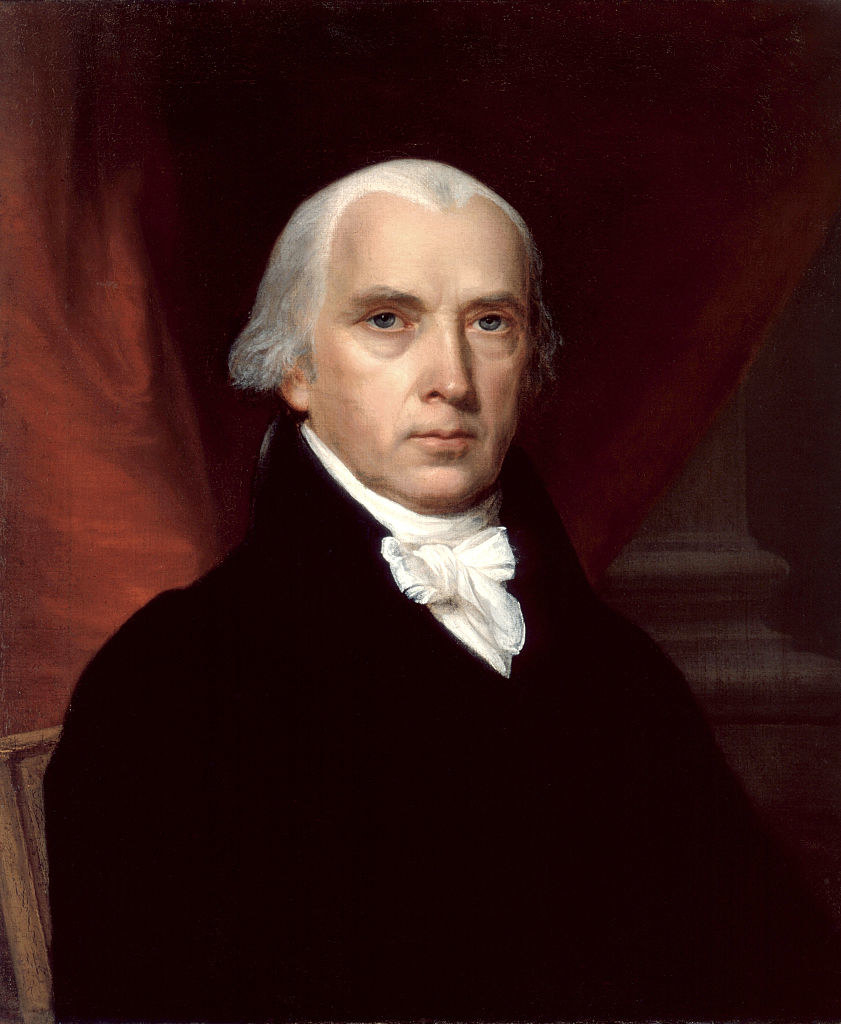
89. James French was serving a jail sentence for murder when he violently killed his cellmate, Eddie Lee Shelton. As a result of the second killing, French was sentenced to death in Oklahoma. French fancied himself a writer, and even wrote, "I write short stories," in a letter where he confessed to killing Shelton. While speaking to a reporter covering French's final days before his death by electrocution, French said, "If I were covering my execution, do you know what I’d say in the newspaper headline? ... French fries. See ya." This quip has often been reported as being French's last words, although documents have disproven this.
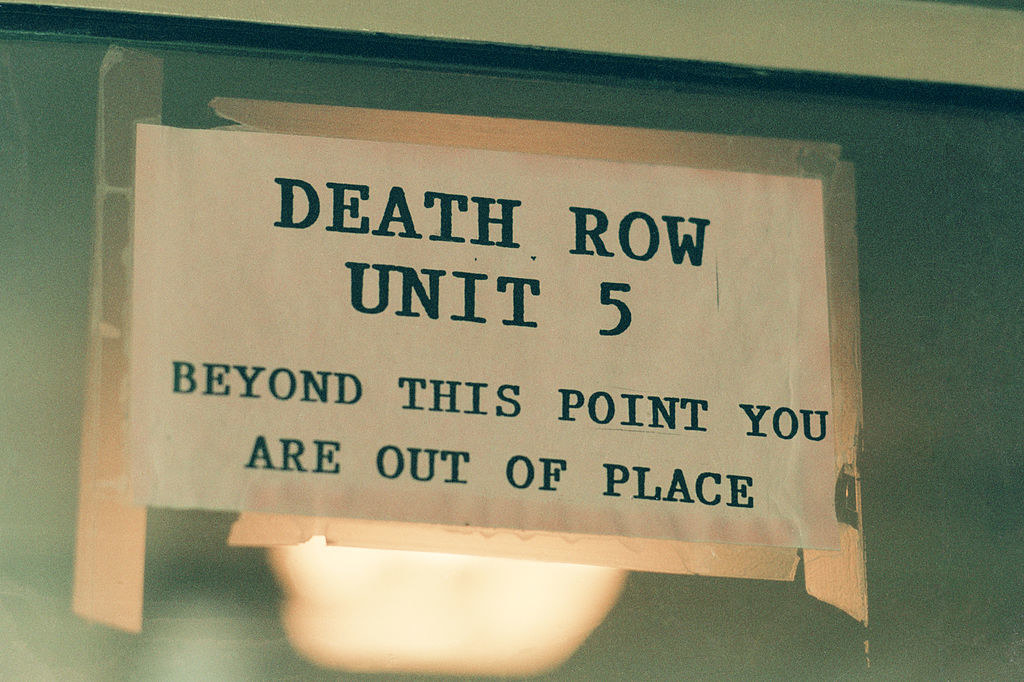
90. Thomas Jefferson was an avid horticulturist who loved spending time tending to his gardens, which contained more than 300 plant varieties. At Monticello, Jefferson's Virginia estate, he grew several types of poppies. Peggy Cornett, Monticello’s historic gardener and curator of plants, told Mental Floss that growing poppies was very typical of the time period. Once Jefferson died in 1826, his gardens were mostly abandoned. About 115 years later, the Garden Club of Virginia started to restore Jefferson's gardens.
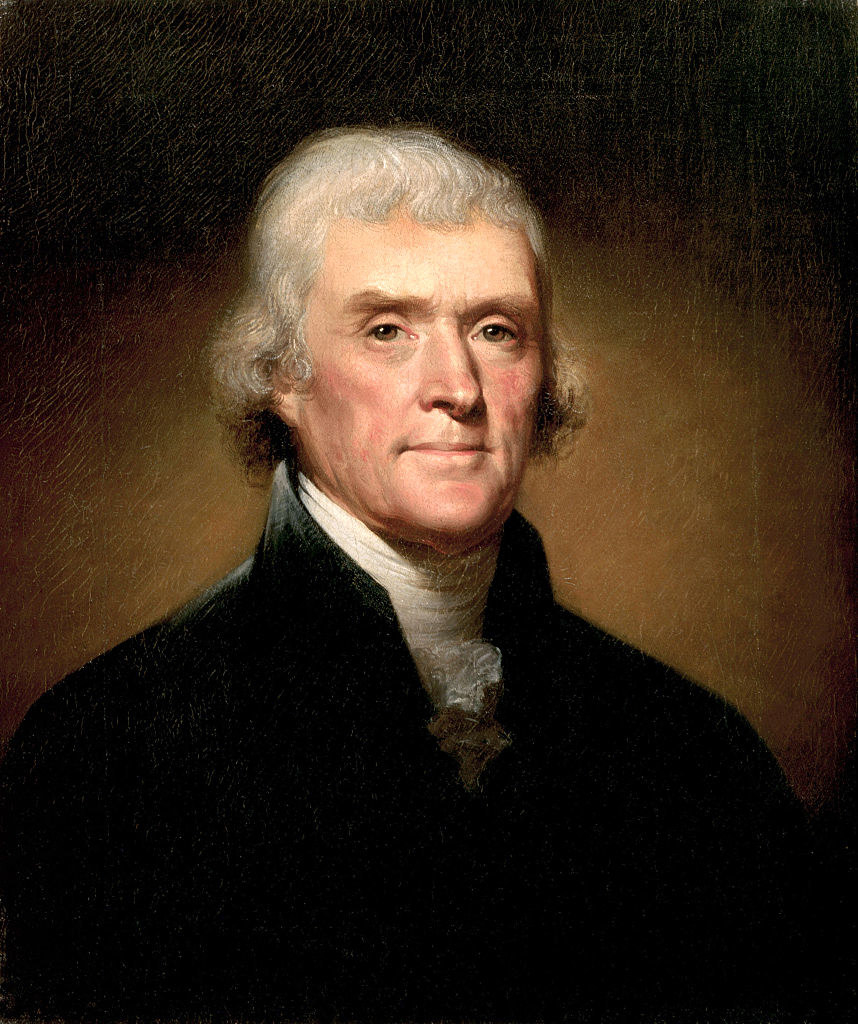
In the 1980s, the Thomas Jefferson Center for Historic Plants opened. Part of the center's offerings included rare seeds available for purchase. One of the seed varieties available for purchase were poppy seeds. No one thought much of the poppy seeds until 1991 when the Drug Enforcement Administration began to crack down on drugs following a drug bust at the University of Virginia. Soon, the DEA was inquiring about the poppies available at the Center for Historic Plants.

The Center was incredibly honest about their poppies and ensured they were properly labeled. However, they noted their frustration with the situation, and said the DEA refused to clarify if selling the poppy seeds was illegal. After turning to both the Attorney General and the US Department of Agriculture with mixed answers, the Center finally asked the DEA to make a final decision. The DEA ruled that the Center had to pull up the plants and stop selling the seeds. While growing opium poppies is actually illegal, the Center still grows some plants with low levels of opium.

91. Bottlenose dolphins identify each other using a distinctive whistle sound that's almost a cross between a name and a personal theme song. When a dolphin hears their sound called out, they answer back.
92. Director Mel Stuart's young daughter loved Roald Dahl's Charlie and the Chocolate Factory so much that she persuaded him to adapt the novel into a movie. After agreeing to turn the beloved book into a movie, Stuart turned to David L. Wolper, a movie producer to work with him on the film. At the time, Wolper was working on a project with Quaker Oats, who was coincidentally trying to get into the candy business. Wolper thought that Quaker Oats should finance the film and create its first candy bar as a promotion tool for the movie.
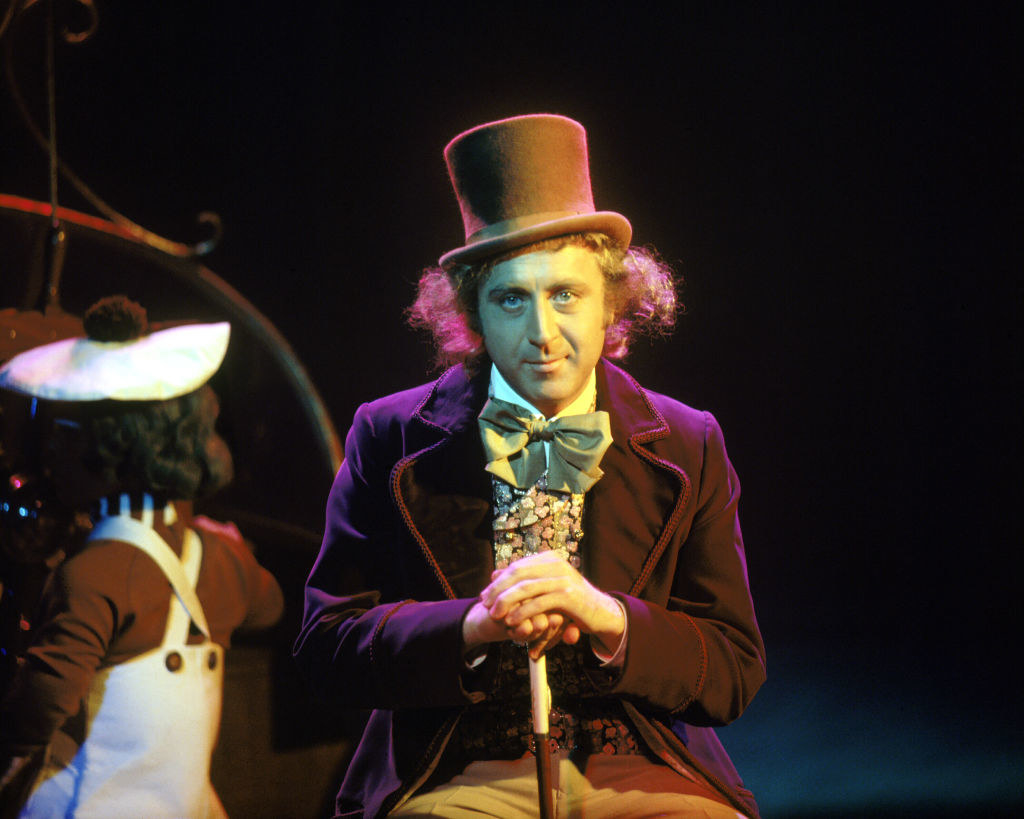
Quaker Oats agreed and ended up spending $3 million on the movie. In exchange, the company received exclusive rights to use the Wonka name on their new candy line, which would feature prominently in the movie. In fact, Quaker Oats is allegedly the reason why the movie's name was changed to Willy Wonka & the Chocolate Factory: They wanted the focus to be more on the candy instead of the children, and they thought centering Willy Wonka was the perfect way to do so.

While the movie was in production, Breaker Confections, a subsidiary of Quaker Oats, changed its name to the Willy Wonka Candy Company. They started production on several candies, including a chocolate bar that resembled the ones containing golden tickets from the film. The company struggled to perfect its recipe for the candy bar. With just a month left before the movie's release date, they ultimately went to production on their best attempt at recreating the classic candy bar. The issue? The Wonka bar melted way too easily, even when on shelves in stores. While the Wonka bar eventually did make it to market, it was pulled in 2010 for poor sales.

93. A blue-ringed octopus might be tiny, but its bite can be incredibly dangerous! The octopus is normally found in shallow areas. When it feels threatened, blue rings appear all over its body as a warning sign for potential predators, which is where its name originated. A blue-ringed octopus's venom is 1,000 times more powerful than cyanide, and despite its small size, its body contains enough venom to kill up to 26 people at any given time.
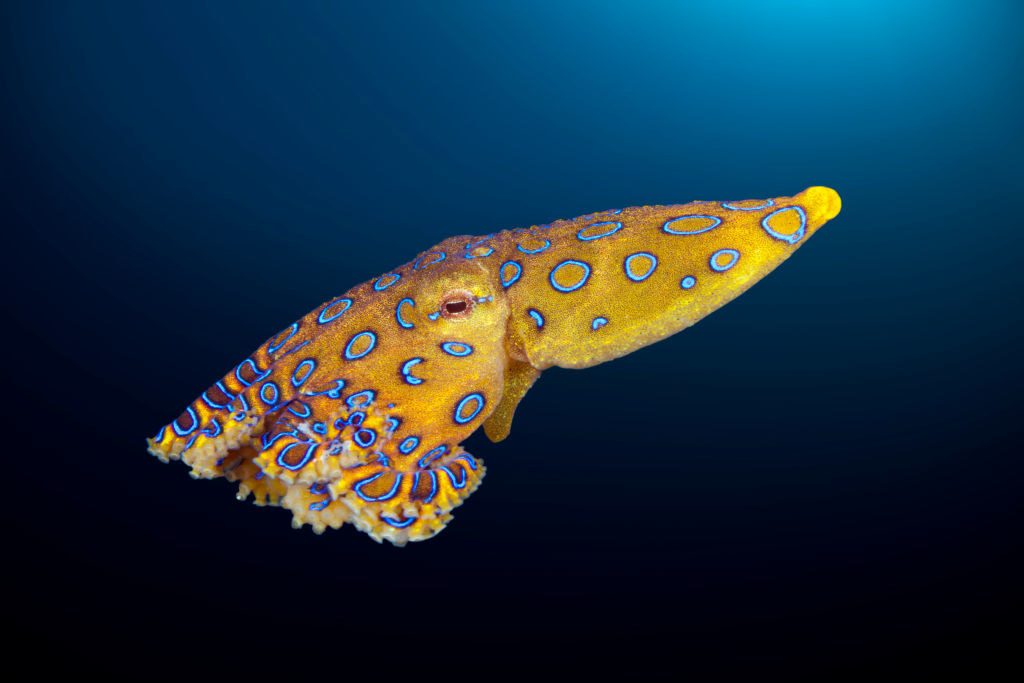
94. While many people have speculated that Elton John's classic song "Rocket Man" is either about drug use or was written as a response to David Bowie's "Space Oddity," the singer and his songwriting partner Bernie Taupin actually revealed that Taupin was inspired by The Rocket Man, a 1951 short story by Ray Bradbury, who was famous for writing Fahrenheit 451. "[That story] was about how astronauts in the future would become sort of an everyday job," Taupin said. "So, I kind of took that idea and ran with it."
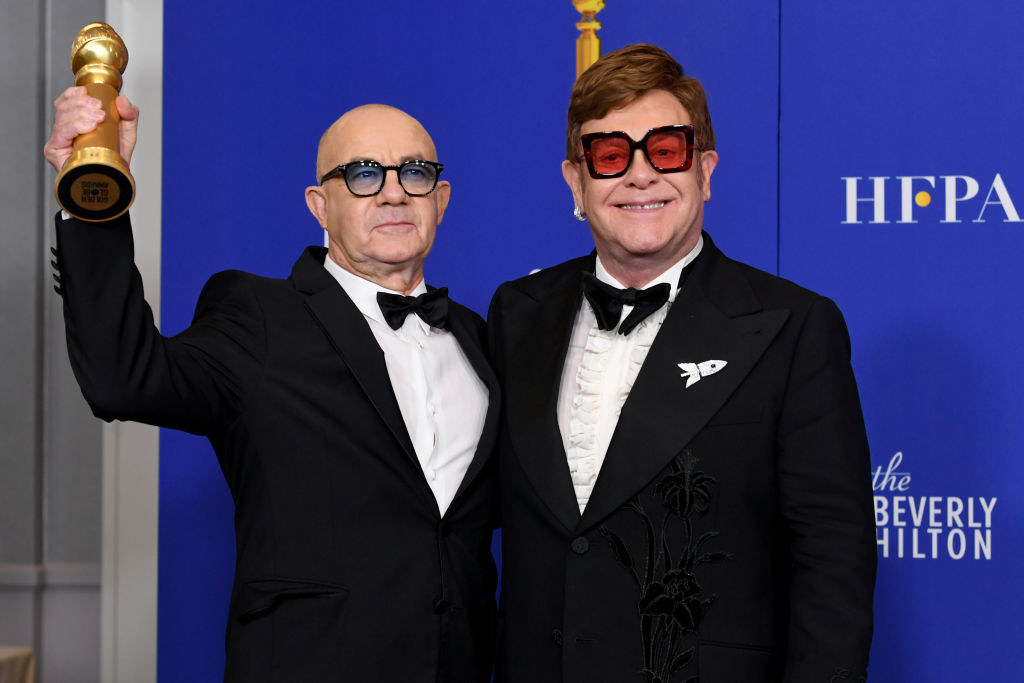
Taupin added that he originally thought of the lyrics while driving through the English countryside while visiting his parents. During a 2016 interview, John admitted that he actually had no idea Taupin was inspired by the story when writing the song. "Rocket Man" reached No. 6 on the Billboard Hot 100 when it was released in 1972. By 2022, the song was certified double platinum.
View this video on YouTube
95. While I've always thought of yellow as a happy color; it once was associated with drama and controversy, in part because of the Yellow Book, a British magazine. The Yellow Book covered French art and literature that was deemed far too racy for British audiences. As a result, people in England began associating the color yellow with controversial issues of the Yellow Book. When Oscar Wilde was arrested for his relationship with a man in 1895, it was rumored that he had a copy of the Yellow Book in his possession, which caused people to go to the magazine's offices and throw stones through the windows. The claim that Wilde had the magazine was later debunked.
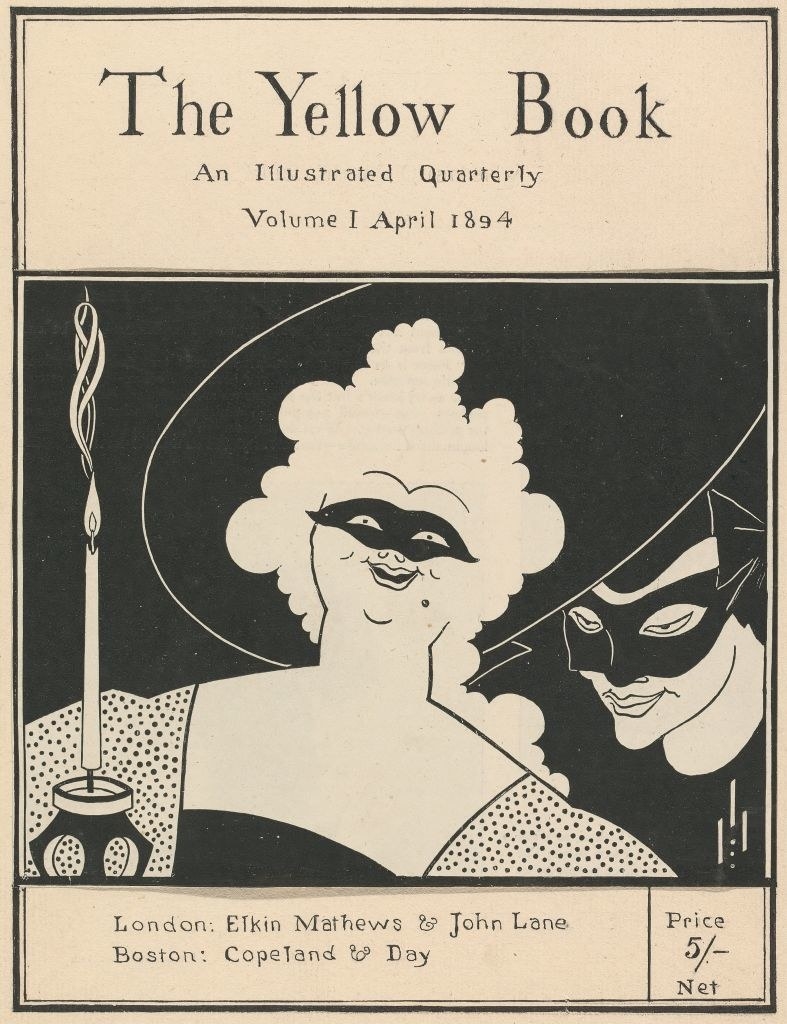
96. In 1967, John "Chickie" Donohue was frustrated when he heard people protest against the Vietnam War while he knew that his friends were fighting overseas. He wanted to do something to show support to his friends. Donohue, who spent plenty of time in his neighborhood bar in New York, was inspired by Colonel Lynch, a former soldier who tended bar. Lynch mentioned that he would love to go to Vietnam to give the soldiers a beer. Donohue decided that he would do just that, and vowed to travel to Vietnam, find his friends, and give them a beer and a hug.

Donohue signed on to travel on a boat full of ammo heading to Vietnam. He had six specific men who he wanted to visit in mind, although one of them died during the war, and another was discharged after getting malaria. Even though he believed it would be difficult to find the men in Vietnam, Donohue said he was willing to do whatever it took to find his friends. He shockingly was able to find Tommy Collins right after he got off of the boat. "I said, 'What the hell are you doing here?'" Collins told CBS. "He says, 'I came to bring you a beer.' 500,000 soldiers and Marines in the country at that time, and he finds four of us. Amazing!"
Donohue ultimately spent four months in Vietnam, and got around the country by hitching rides on military planes. He said that he found his friends in Vietnam through a series of unbelievable coincidences. While walking down a road, a vehicle pulled up to Donohue. Turns out, one of the men Donohue was searching for was driving! After returning home, Donohue said his opinions on the war changed, and he went from supporting it to questioning it after seeing what it was like in Vietnam. Donohue wrote a memoir about his experience. The memoir, called The Greatest Beer Run Ever, was adapted into a movie starring Zac Efron as Donohue, streaming on Apple TV+.
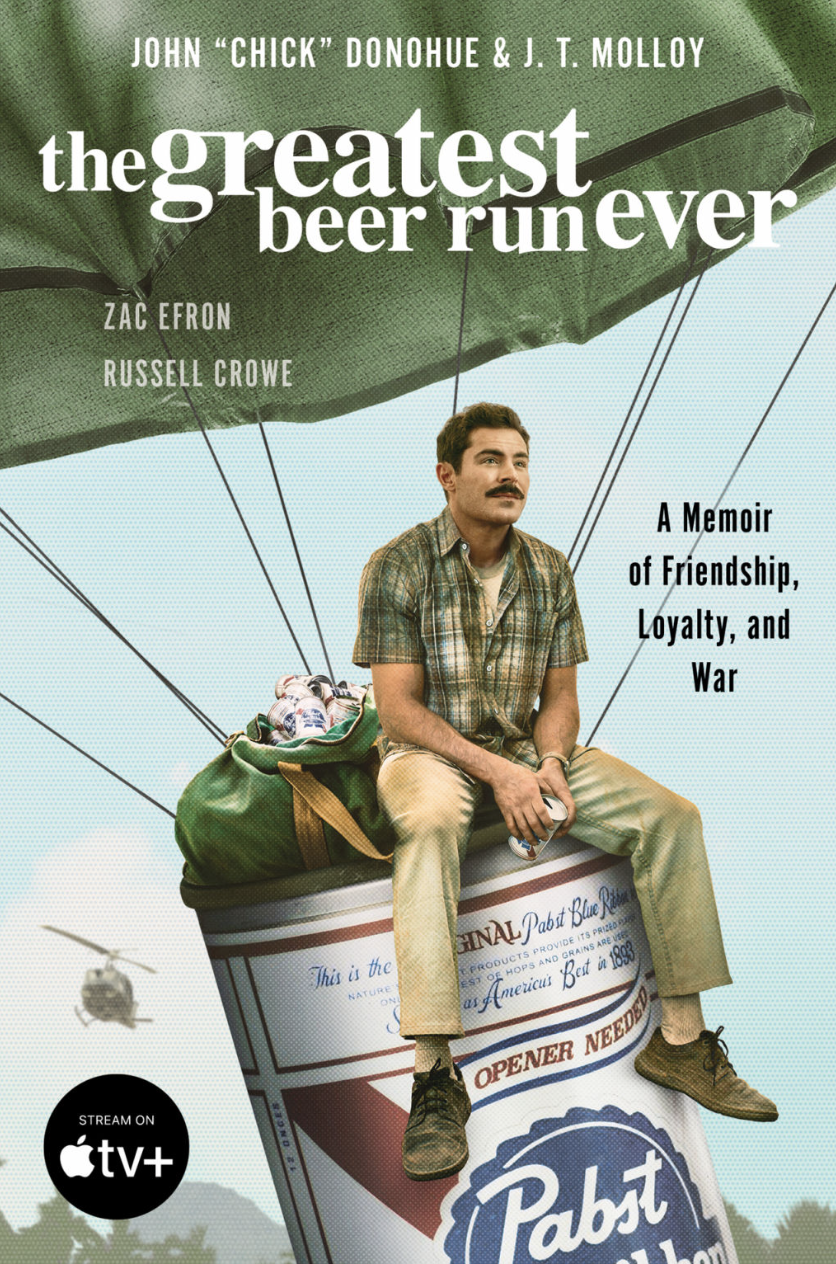
97. In Pollyanna, a 1913 novel, the main character plays what she calls "a glad game," where she has to find something to be happy about in every situation. As Pollyanna grew increasingly popular after several film adaptions, the "Pollyanna Principle" was created in 1978. This principle refers to the phenomenon in which people tend to give precedence to positive events over negative ones, and can often remember the positive items more accurately than negative ones. Examples of this include putting positive tasks before unpleasant ones on a to-do list and sharing good news before bad news.
98. Before hitting it big in Hollywood, Whoopi Goldberg was a beautician at a funeral parlor. "I did hair and makeup on dead people," she said in an Oprah's Master Class video. "There was an ad in the paper! And I'm a licensed beautician as well, because I went to beauty school." Goldberg also said that her boss at the funeral home was a huge prankster. On one occasion soon after Goldberg accepted the gig, her boss called her into his office for a meeting. When she arrived, her boss was nowhere to be found, but the desk drawers were opening and closing on their own. A terrified Goldberg ran out of the room and hit her head before her boss revealed that he was hiding. Goldberg said the prank was all in good fun, and that it actually made all of her fears about working in the funeral home disappear.
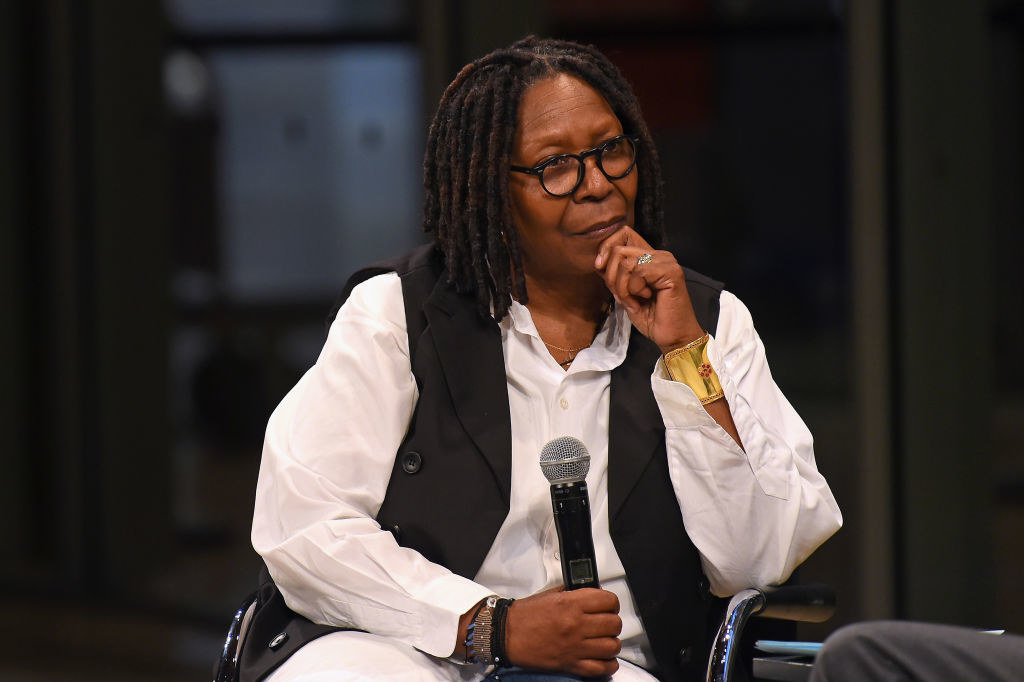
99. While filming Breaking Bad, Bryan Cranston was given a lesson on how to cook meth by the DEA. In the hit series, Cranston played Walter White, a terminally ill chemistry teacher who turns to making drugs as an attempt to provide for his family, so he had to be able to convincingly cook meth onscreen. During an interview with Howard Stern, Cranston said that while he was given a meth-making lesson, it didn't result in actual meth. "We were taught how to make meth [by] DEA chemists who were our consultants on the show. We didn't cook it, but we were told exactly the process at that high level."
Cranston revealed that the process was incredibly difficult. "There are so many volatile components to it that at any given time, you could literally blow up," he said. "So, you had to be very careful and very specific to follow this. Most of the cooks are also meth heads themselves. That's why they get themselves in trouble and you see burn marks, or their hands are missing."

100. Legend has it that Napoleon signed the Louisiana Purchase in a bathtub. The Le Pavillon Hotel claims that they have the bathtub in one of their suites. The marble tub is worth an estimated $350,000 and is one of three that were made for the dictator. One of the other tubs is in France, while the location of the third is unknown. So, why did Napoleon sign an incredibly important historical document in the bathtub? He actually spent a lot of his time in the tub because he had hemorrhoids that were soothed by a warm soak.
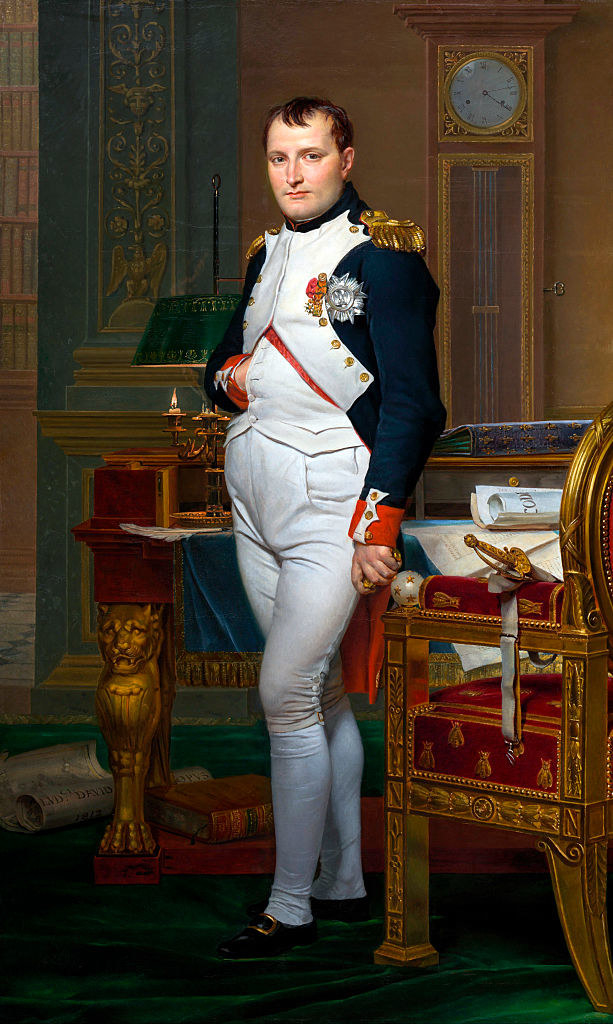
101. And finally, Ileana Ros-Lehtinen was the first Latine woman to serve in Congress. Ros-Lehtinen was born in 1952 in Havana, Cuba under Fidel Castro's regime. Her family escaped when she was eight years old and settled in Miami. Ros-Lehtinen went on to become a teacher, then a principal, in Miami. While principal, many of the parents at the school persuaded her to run for office. She ran on a campaign for "a stronger educational system, lower taxes, and a brighter economic future." In 1982, Ros-Lehtinen was elected to the Florida State House of Representatives, then was elected to the Florida State Senate in 1986. In both cases, she was the first Latine woman to serve.

While serving in Florida, Ros-Lehtinen introduced the Florida Prepaid College Program, which allowed more students to attend college with tuition assistance. After serving in Florida, Ros-Lehtinen set her sights on running for Congress. In 1989, she became the first Latine woman in the US House of Representatives. She often spoke out against dictatorial regimes due to her experience in Cuba with Castro. In 2012, Ros-Lehtinen made headlines for becoming the first republican in Congress to support marriage equality. During her career, Ros-Lehtinen often advocated for women in the military, as well as women in domestic violence situations.
